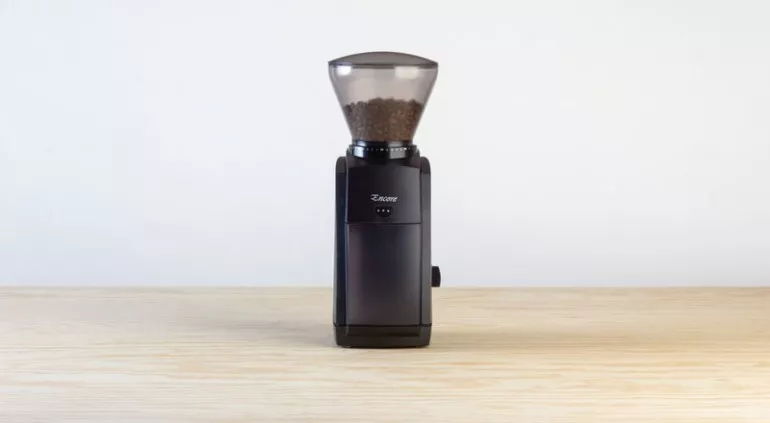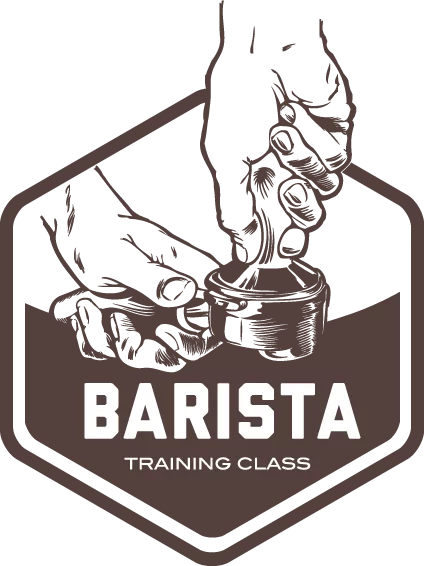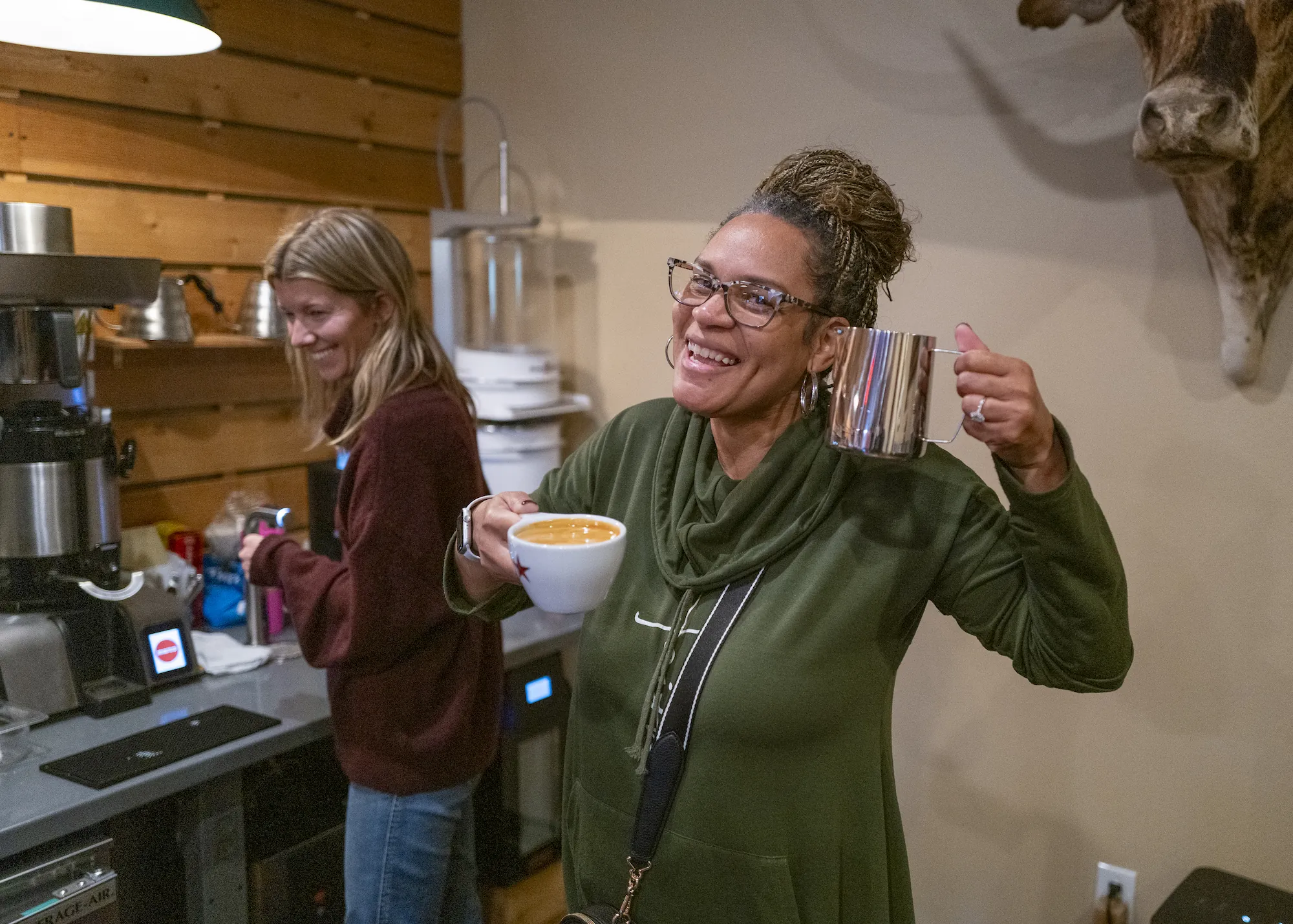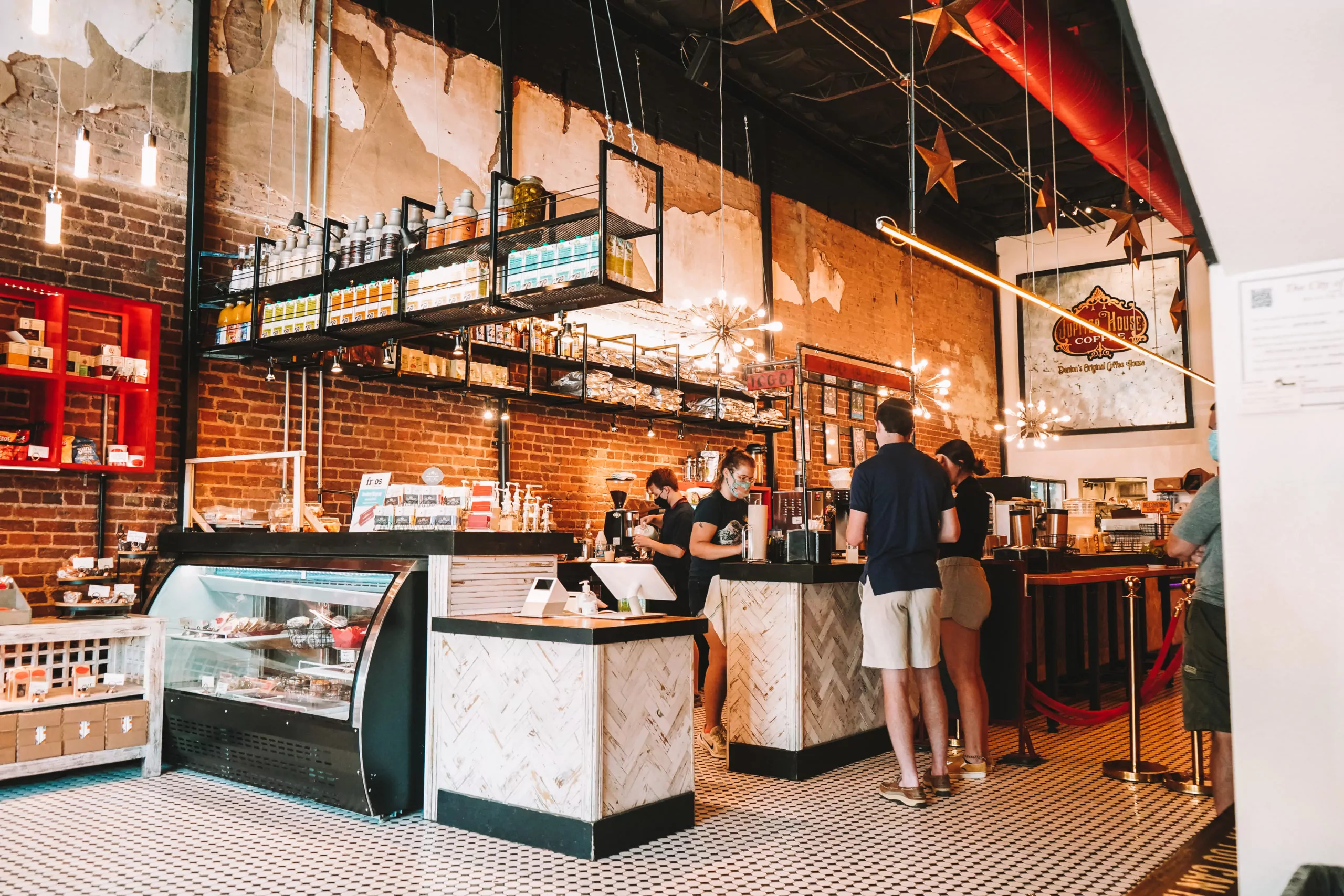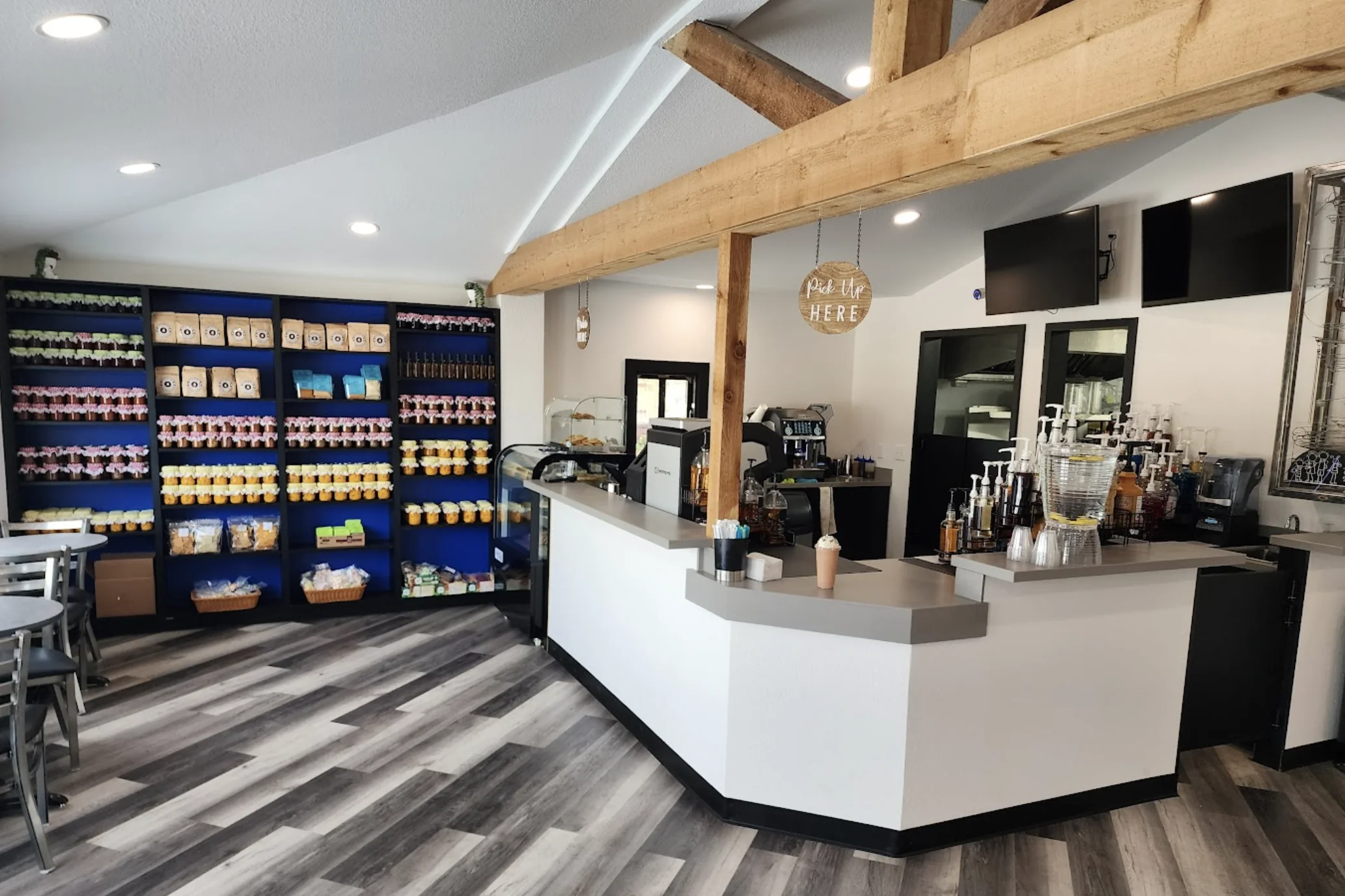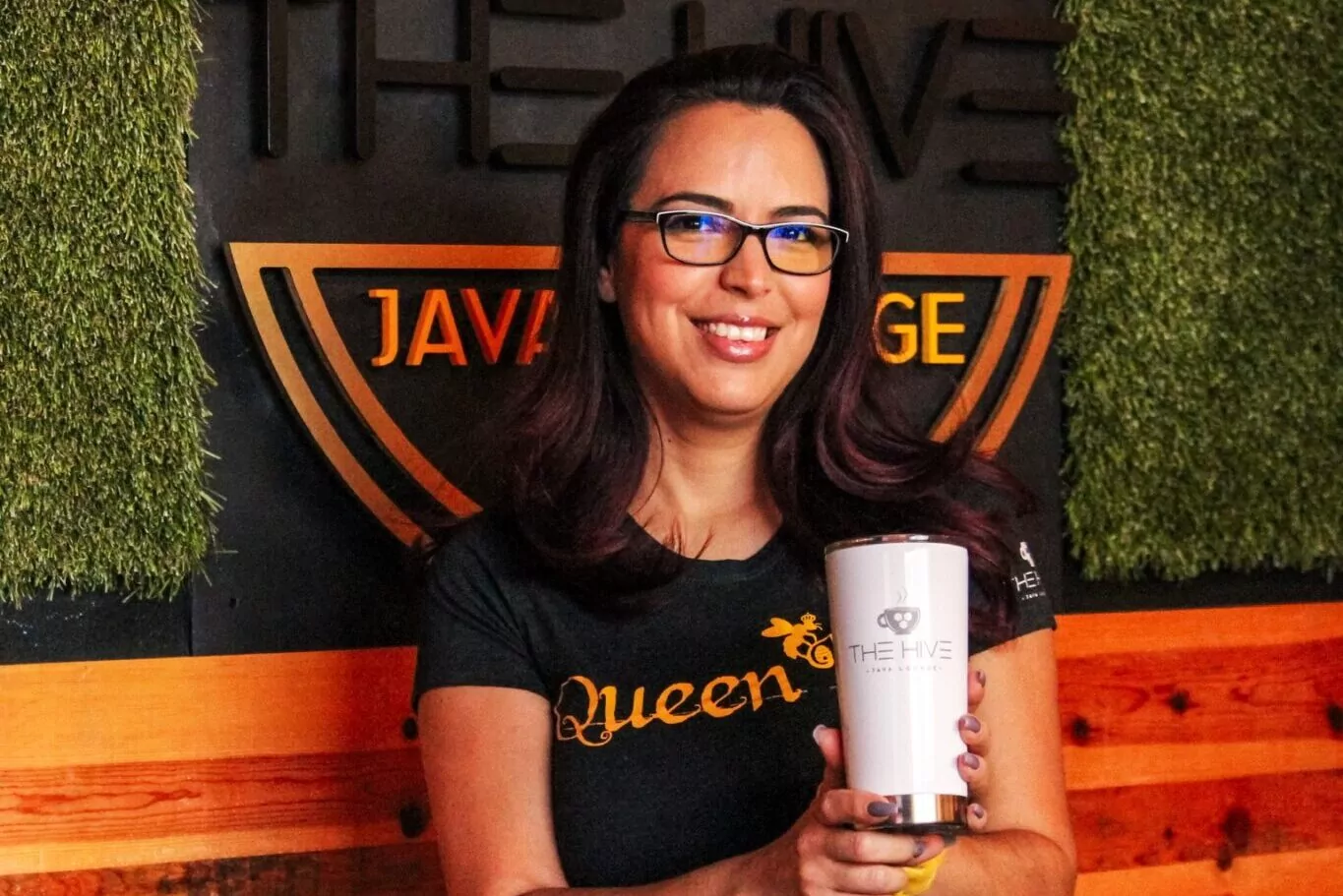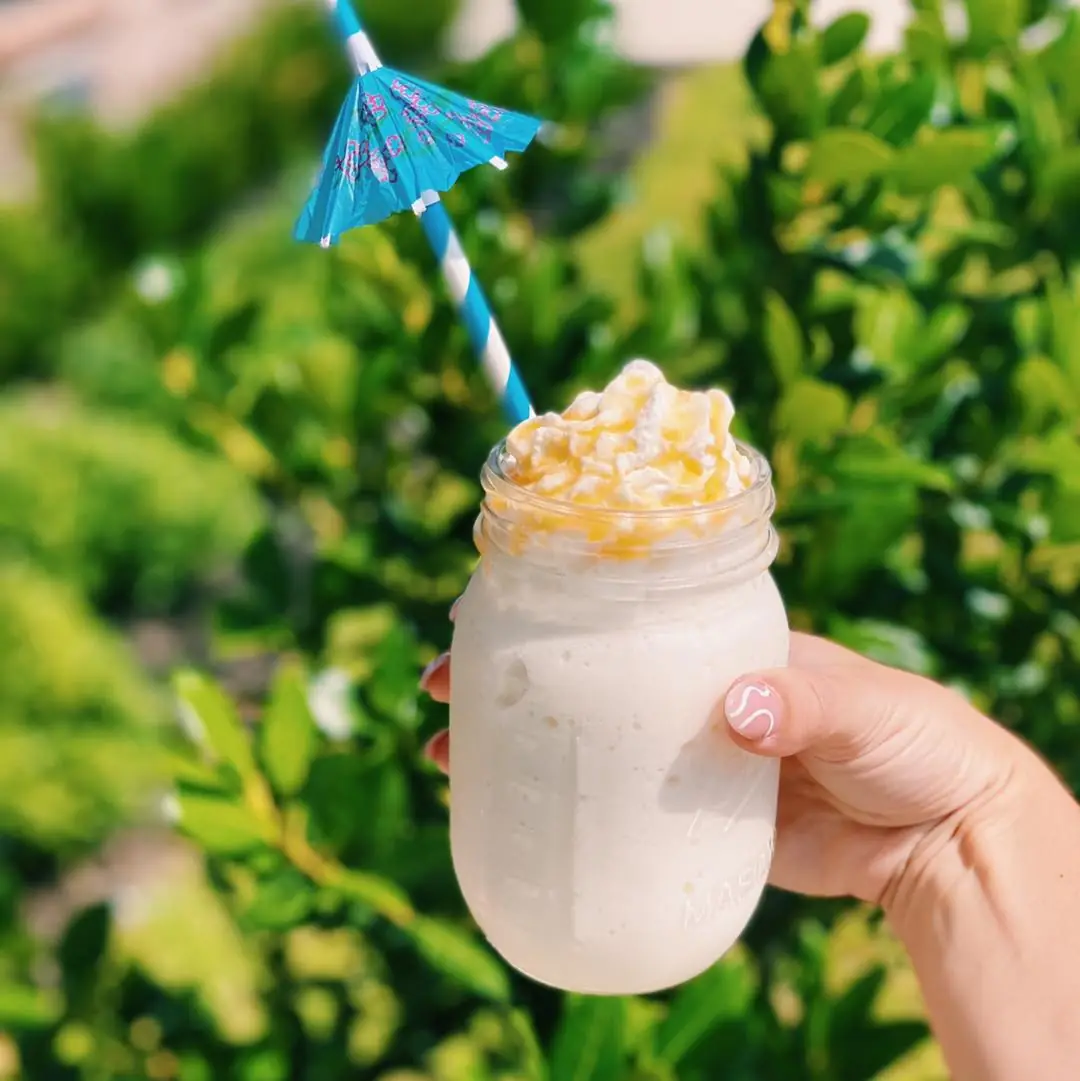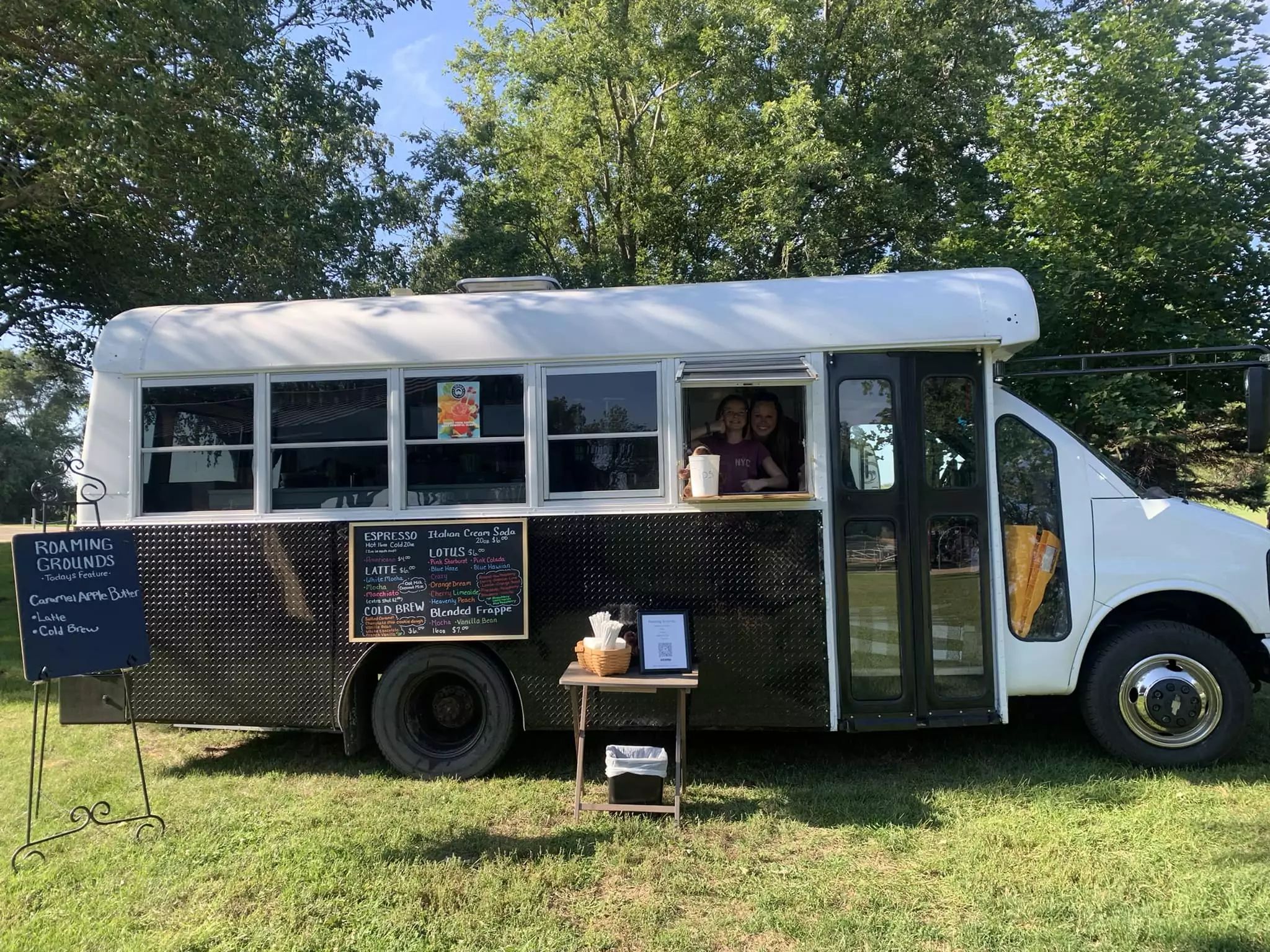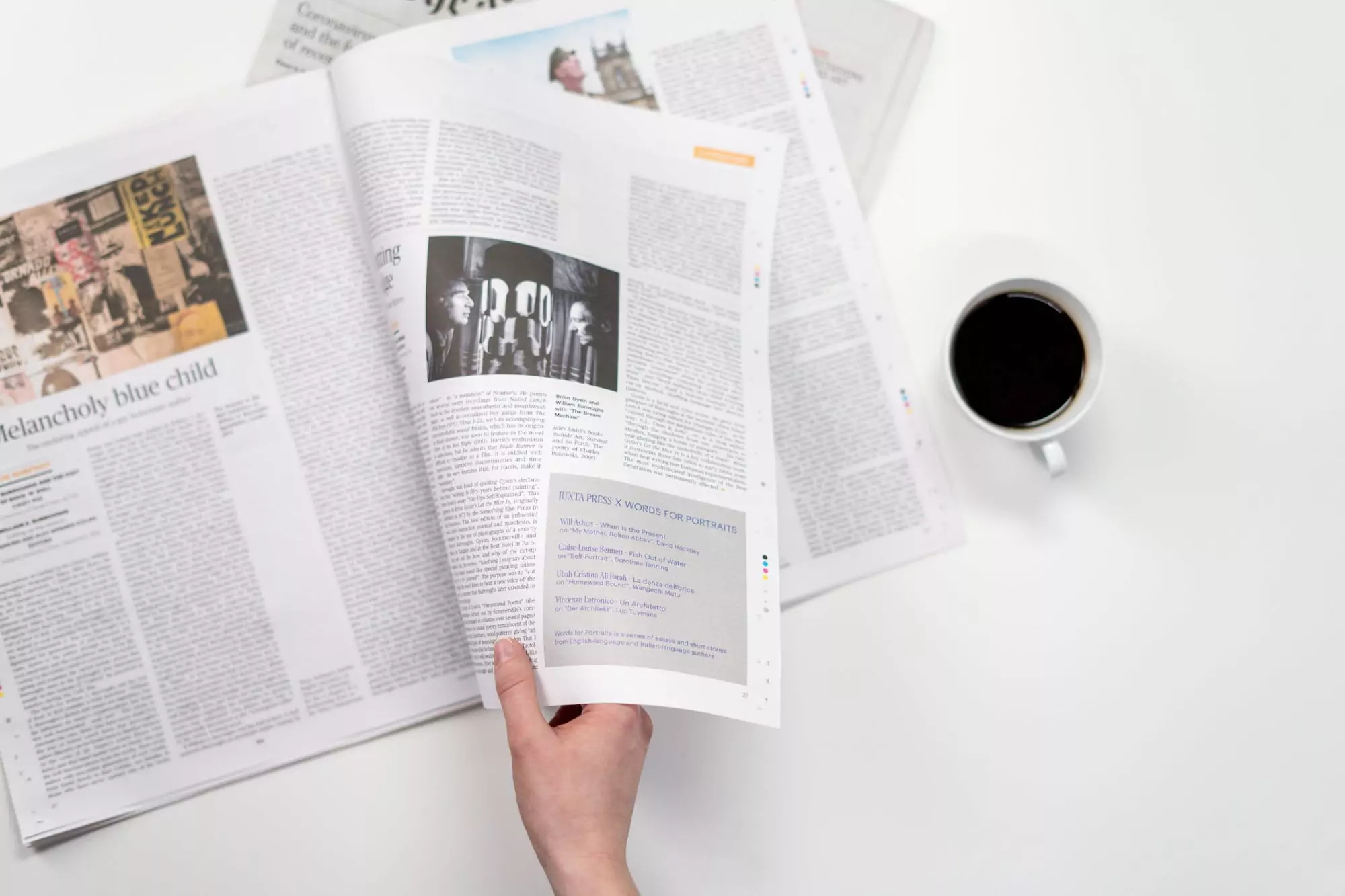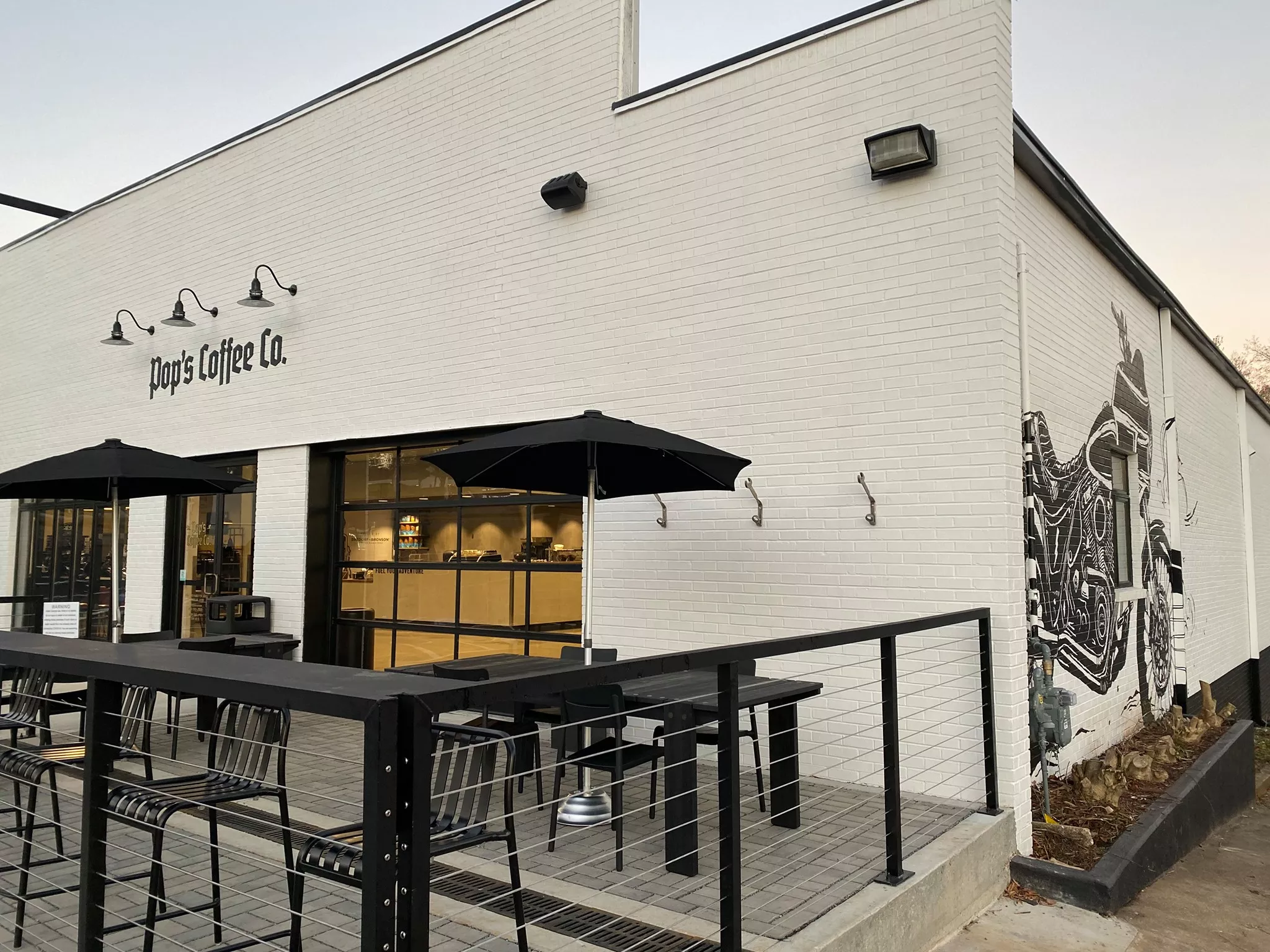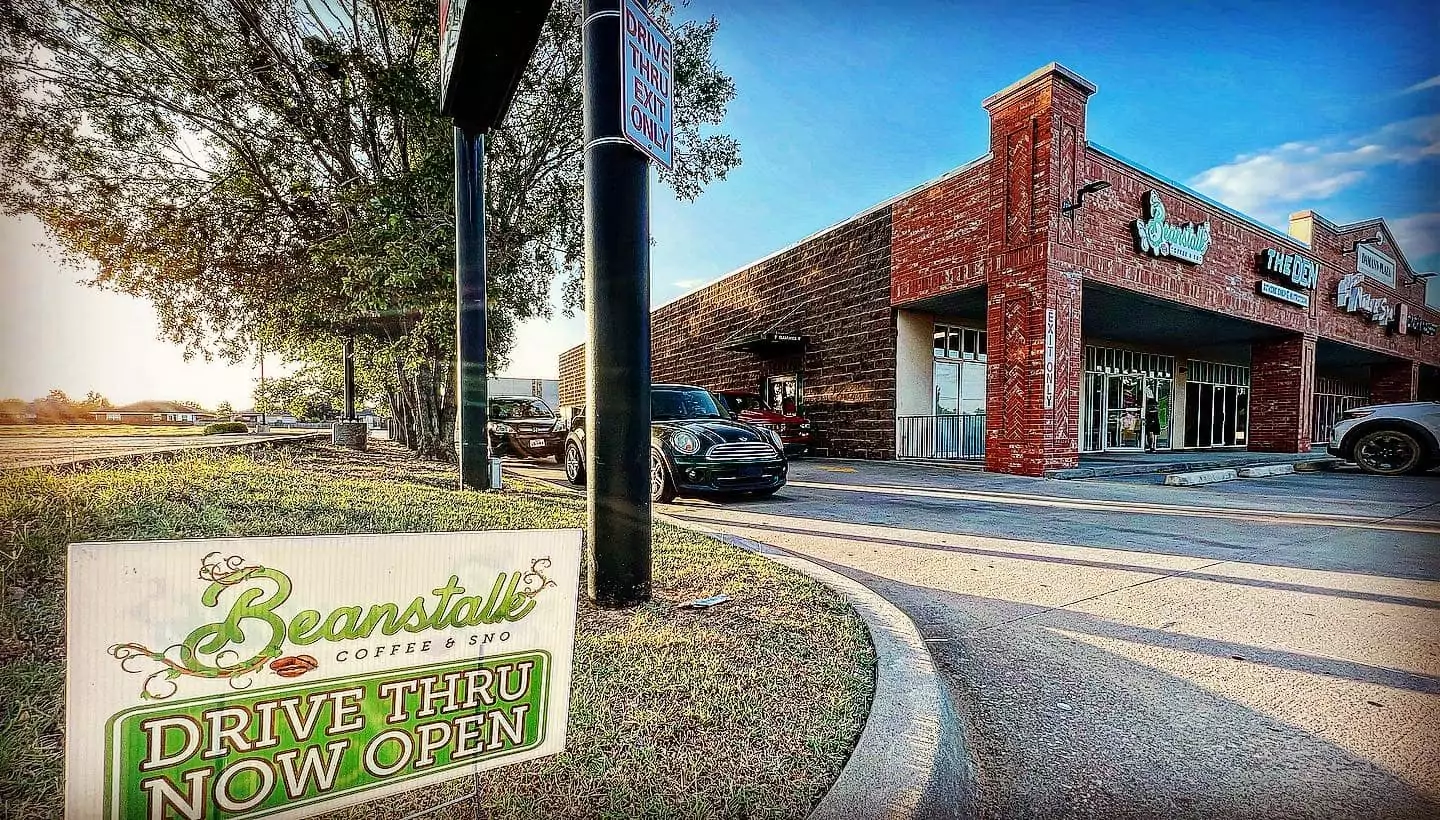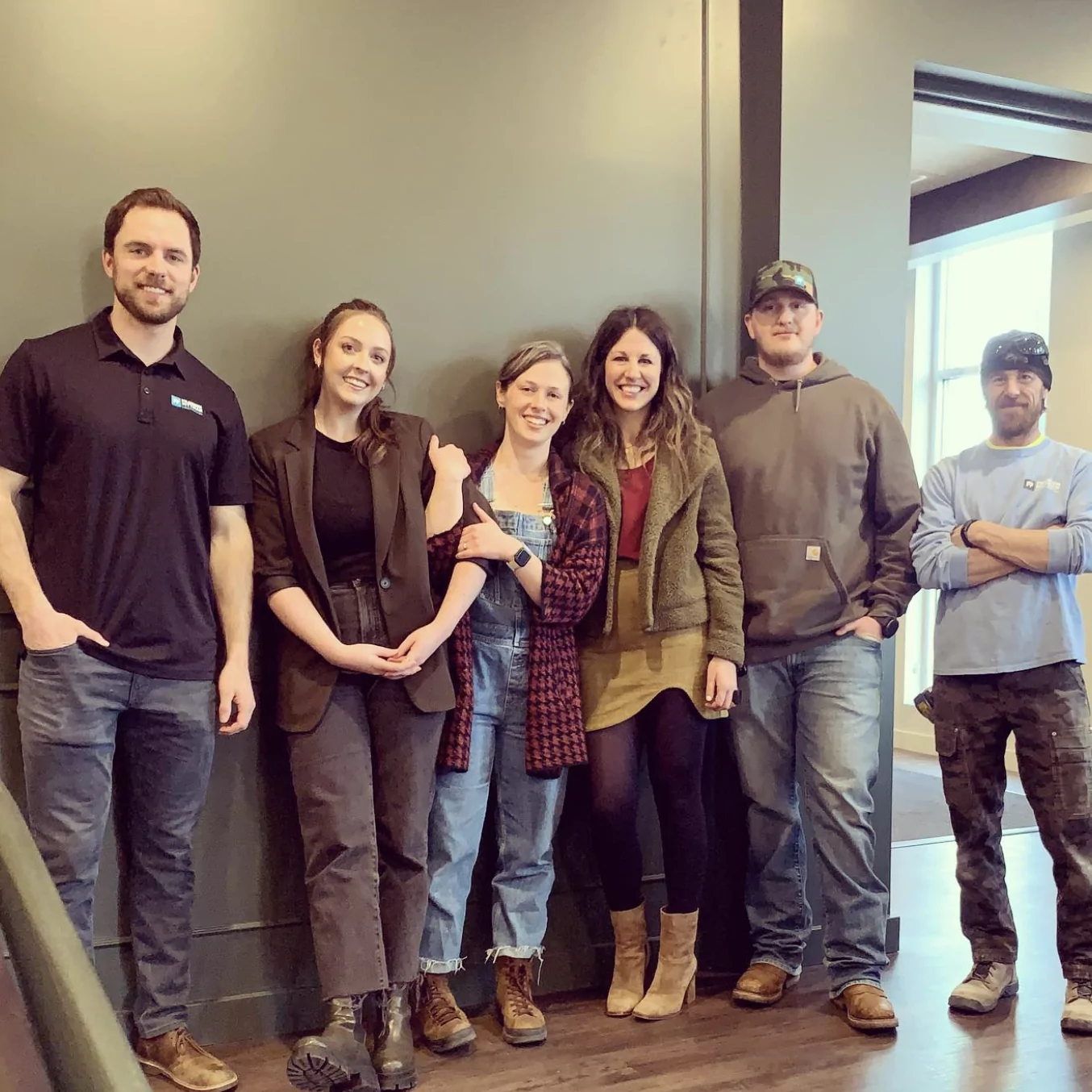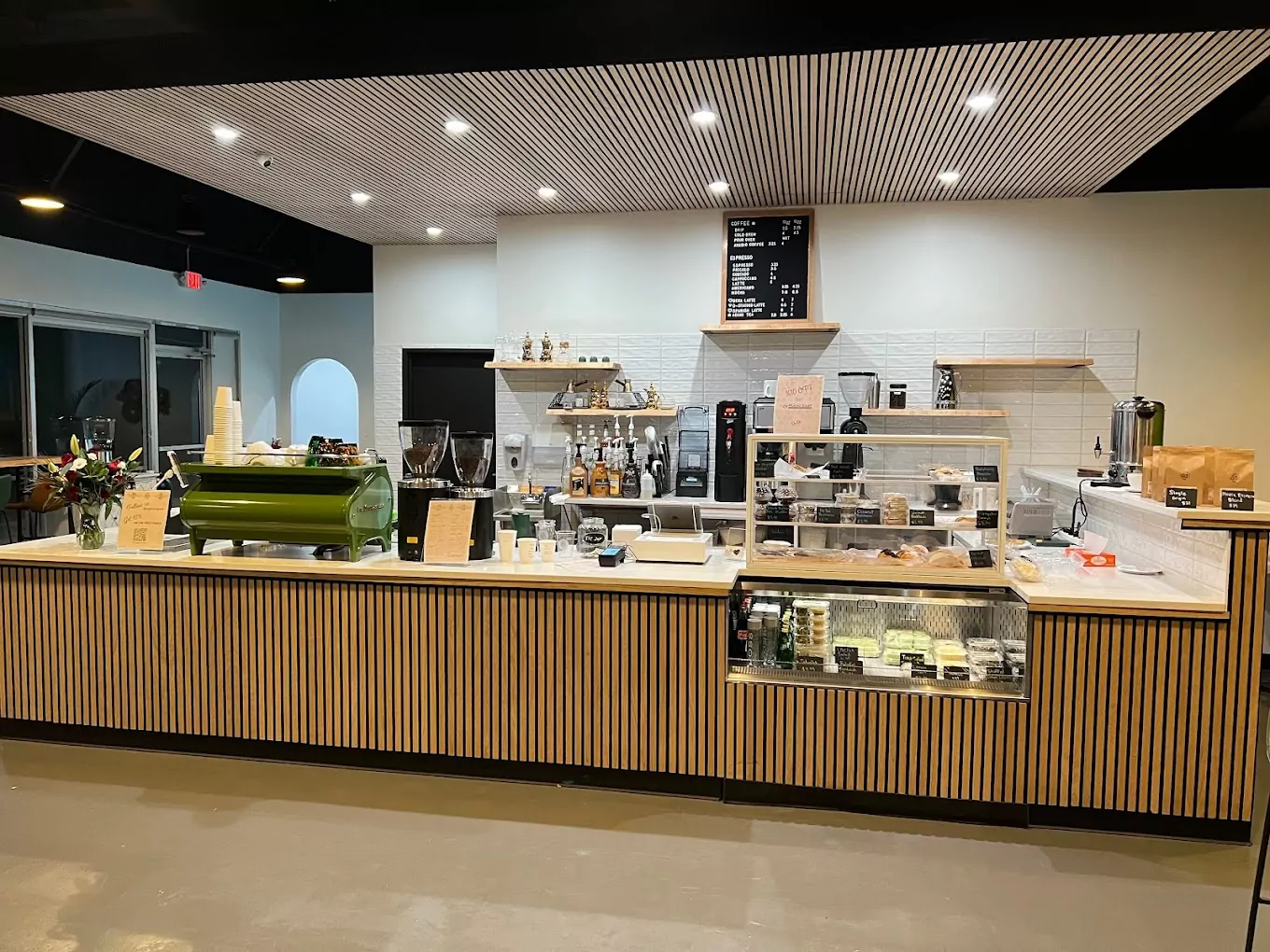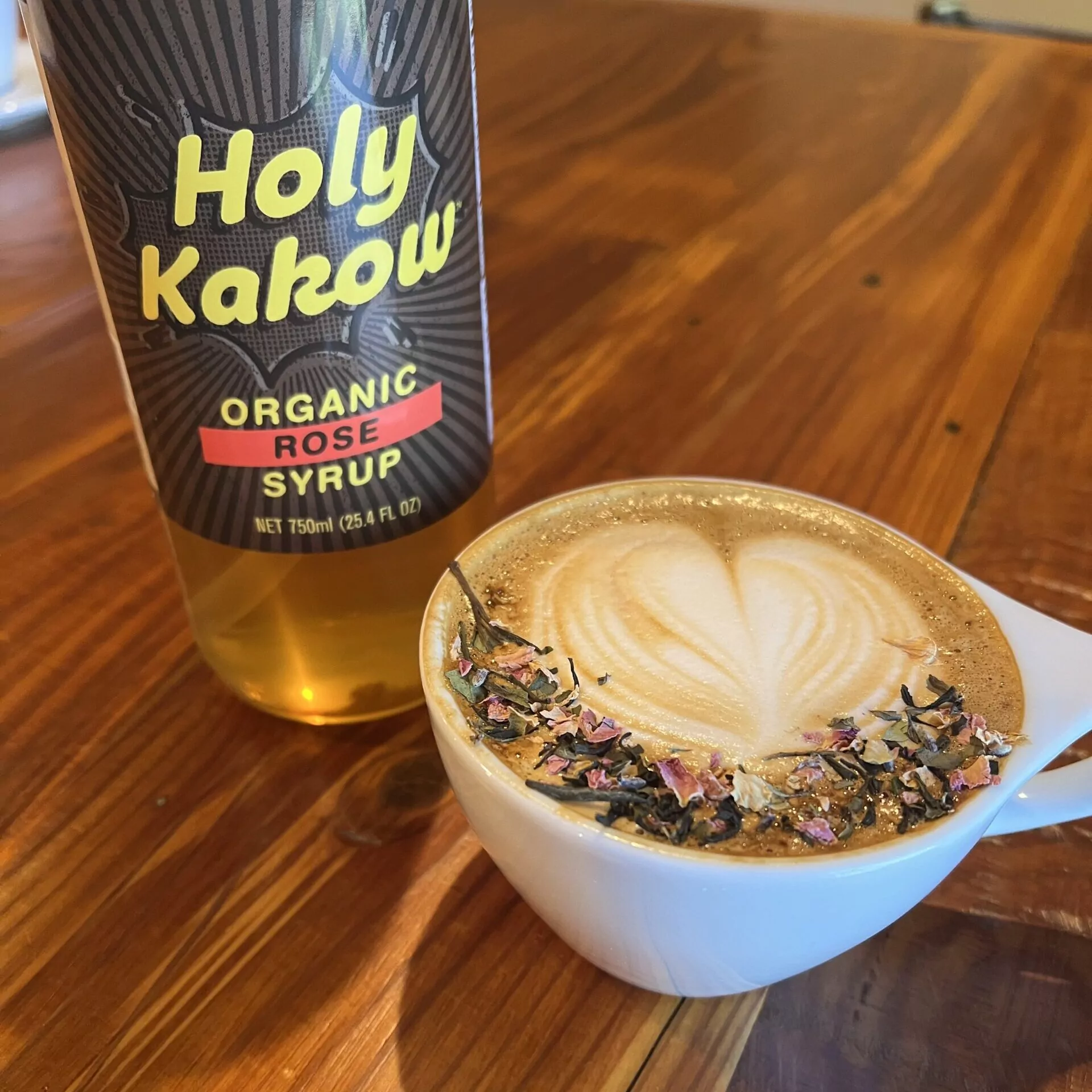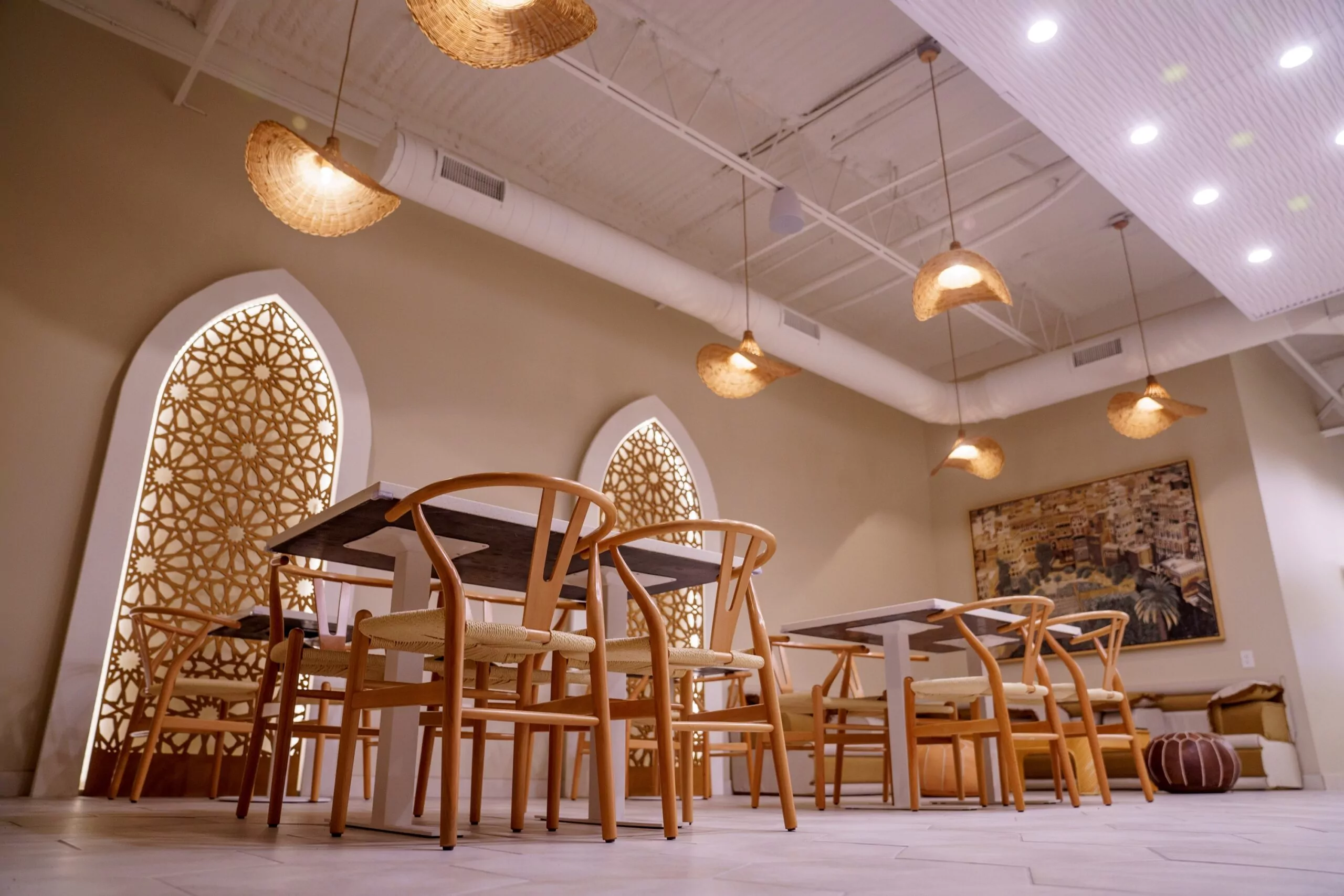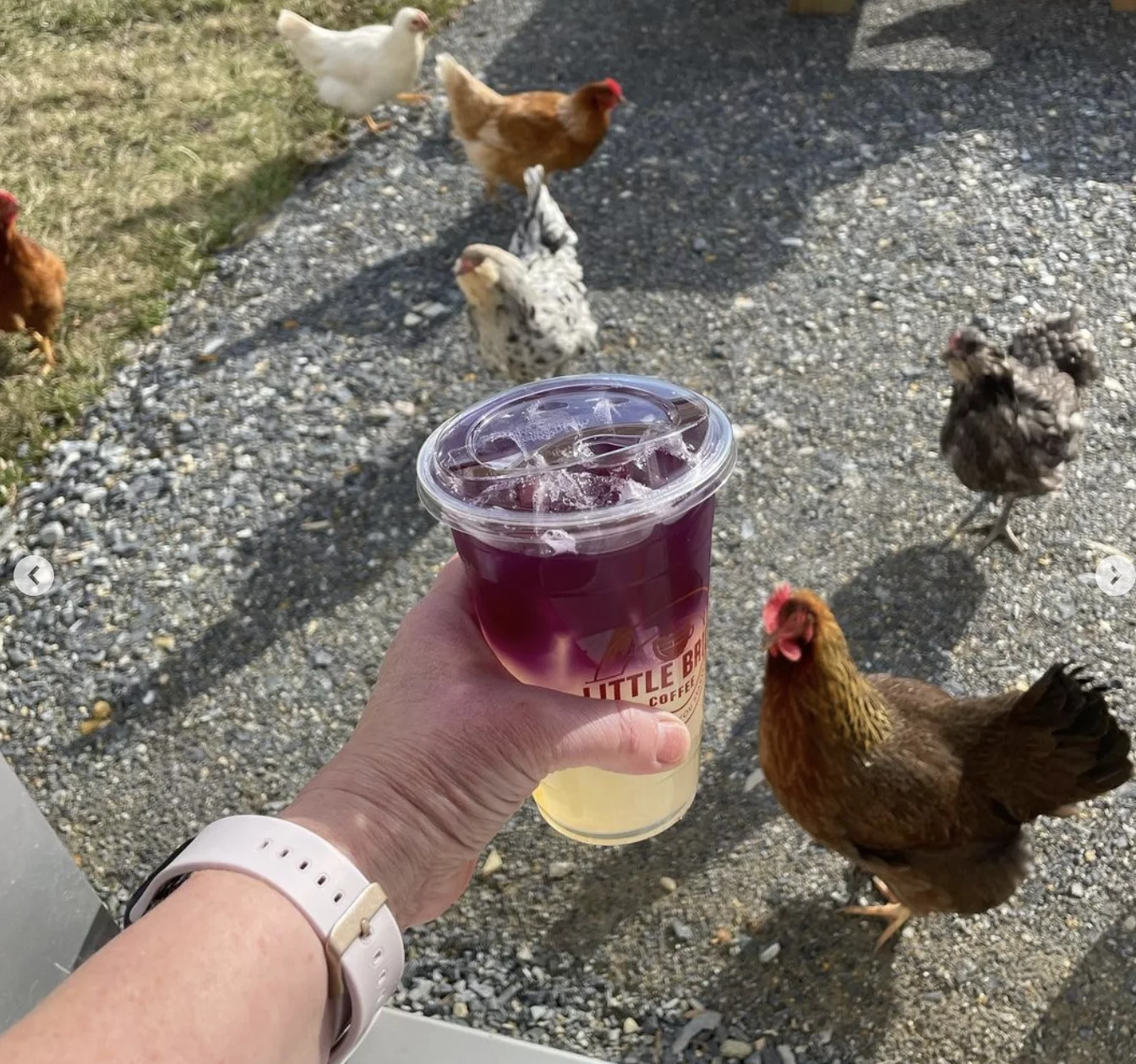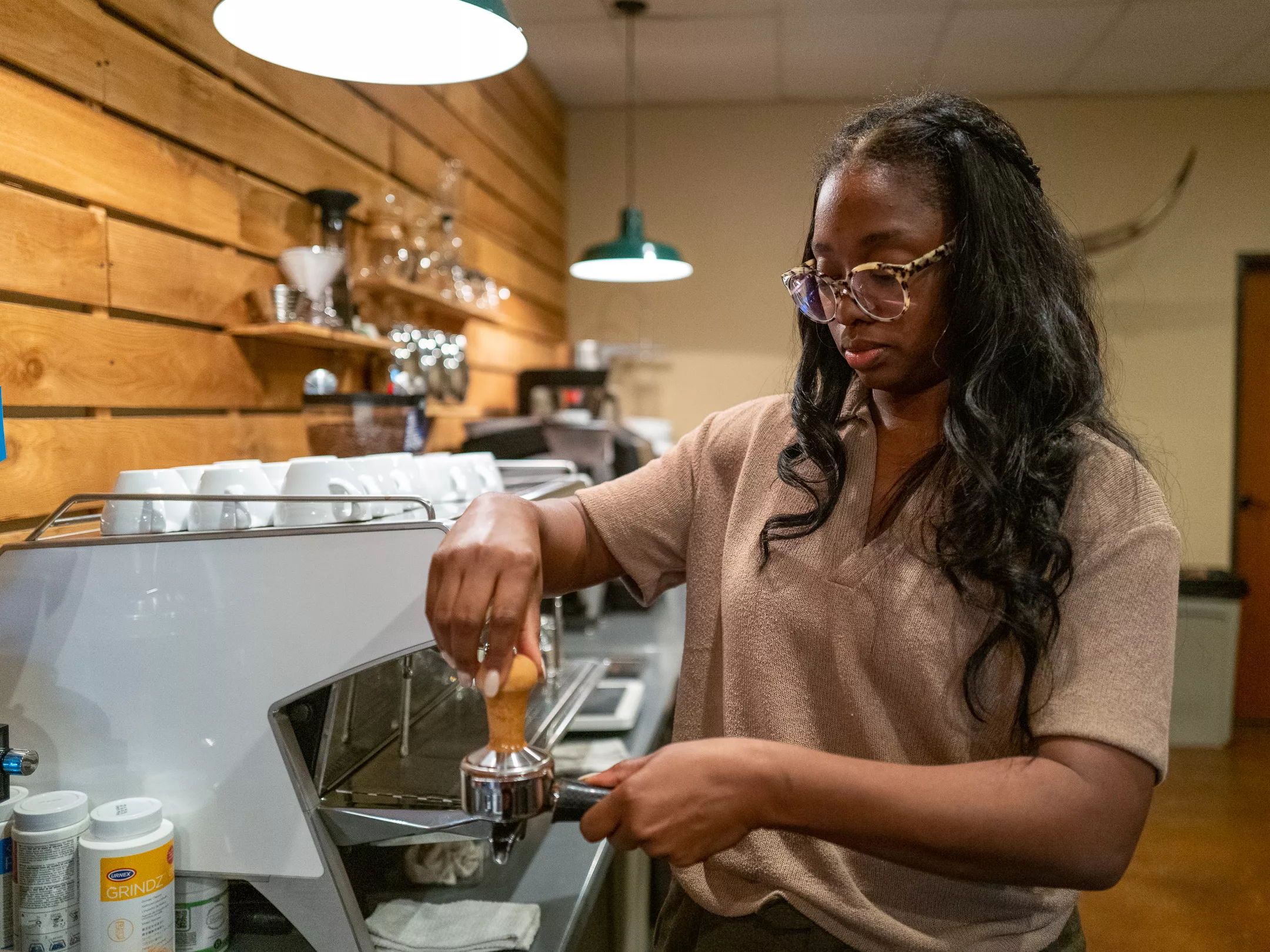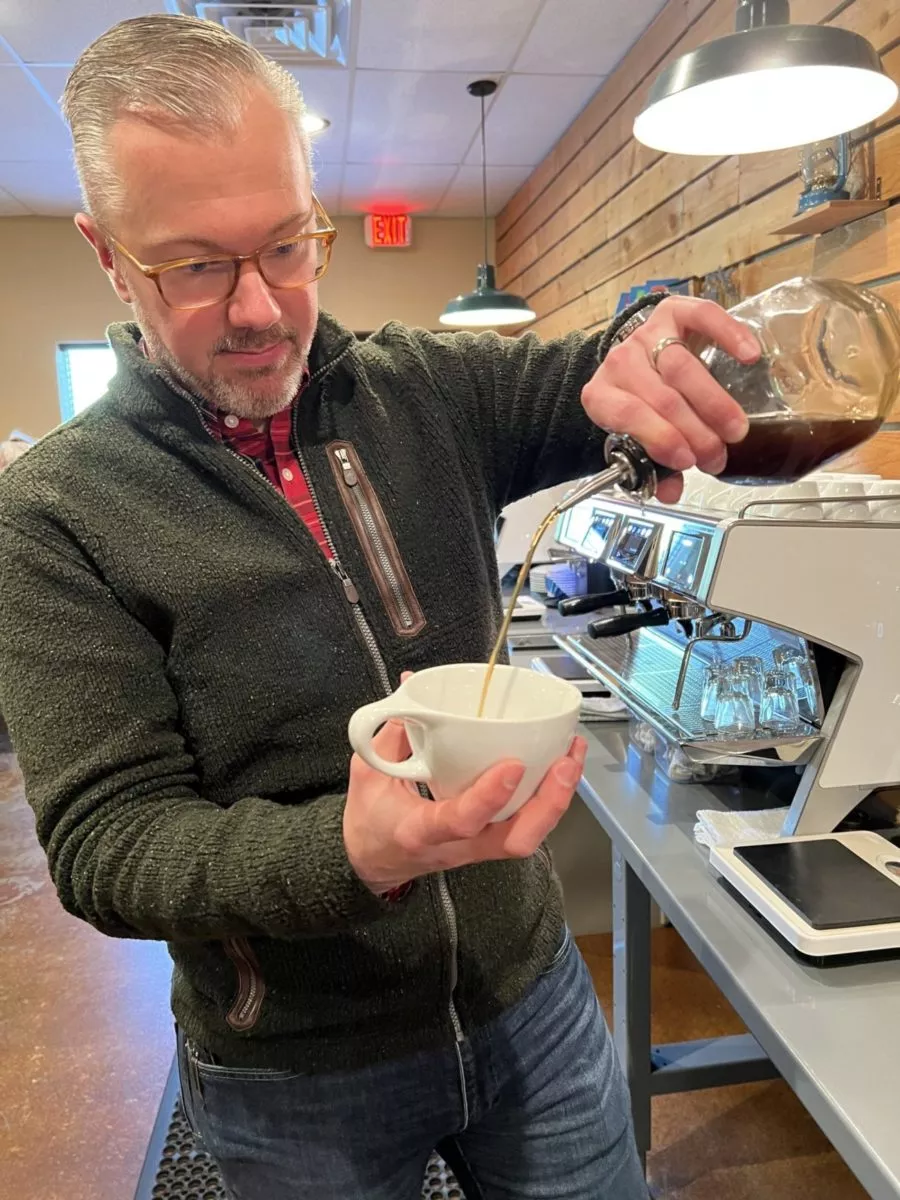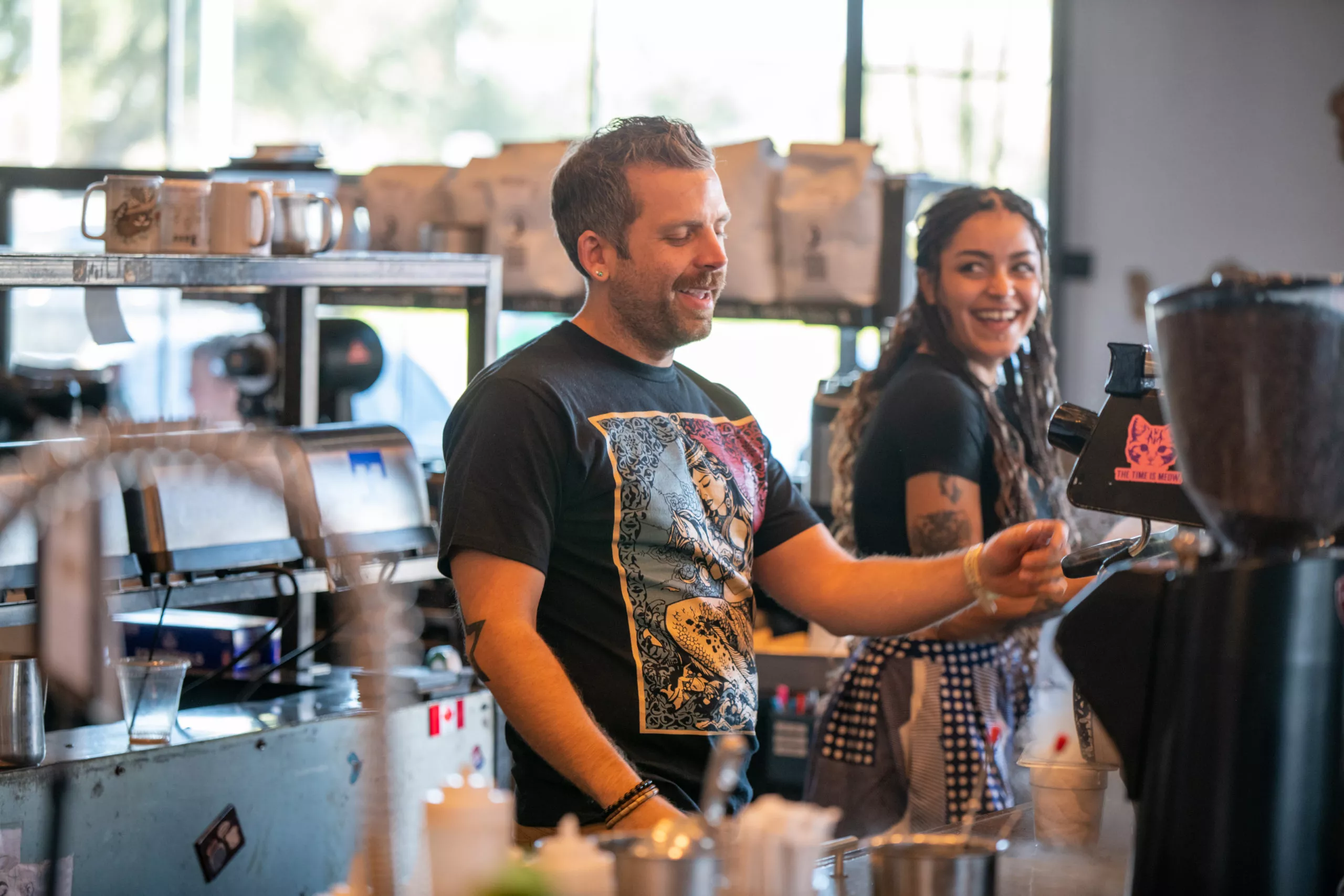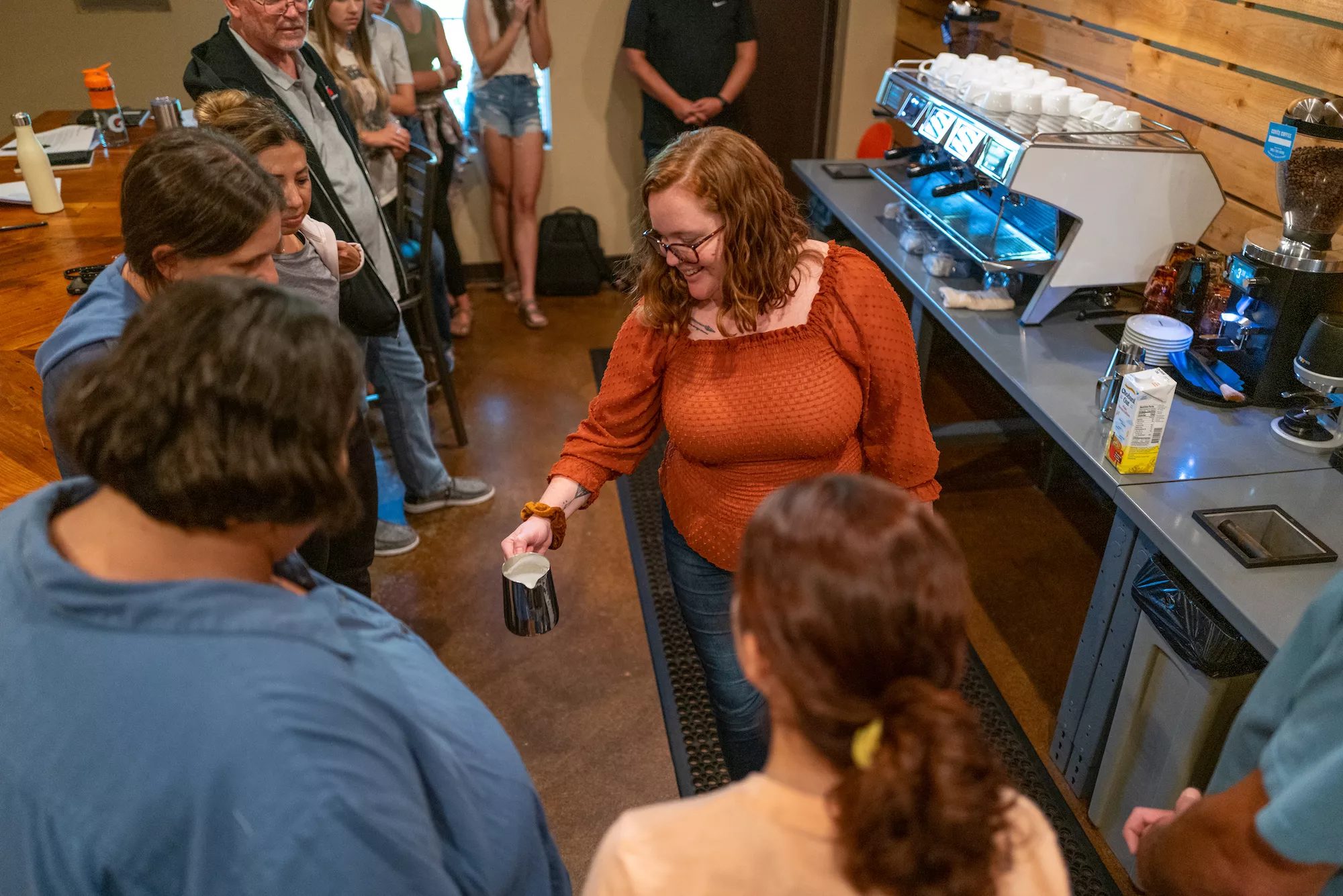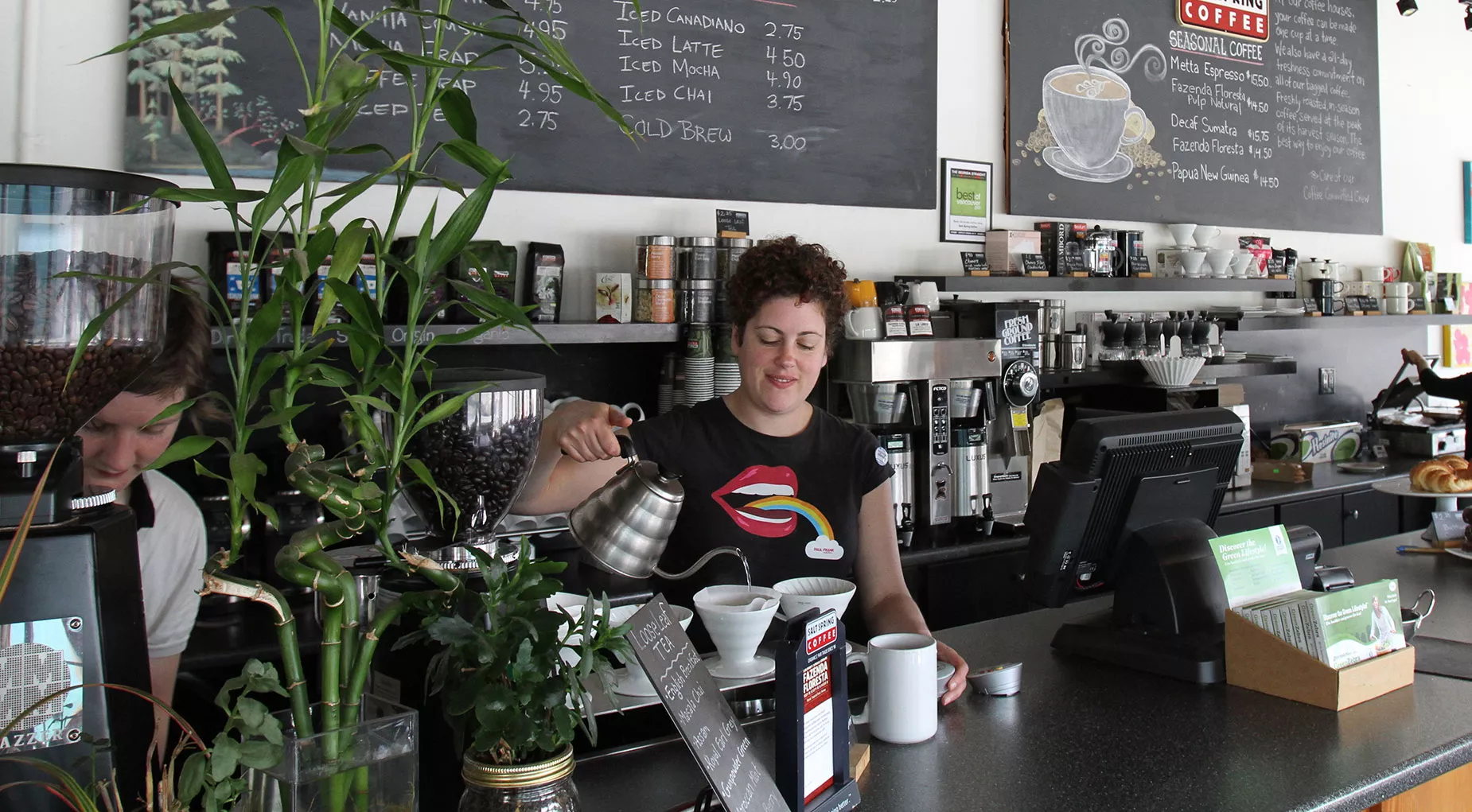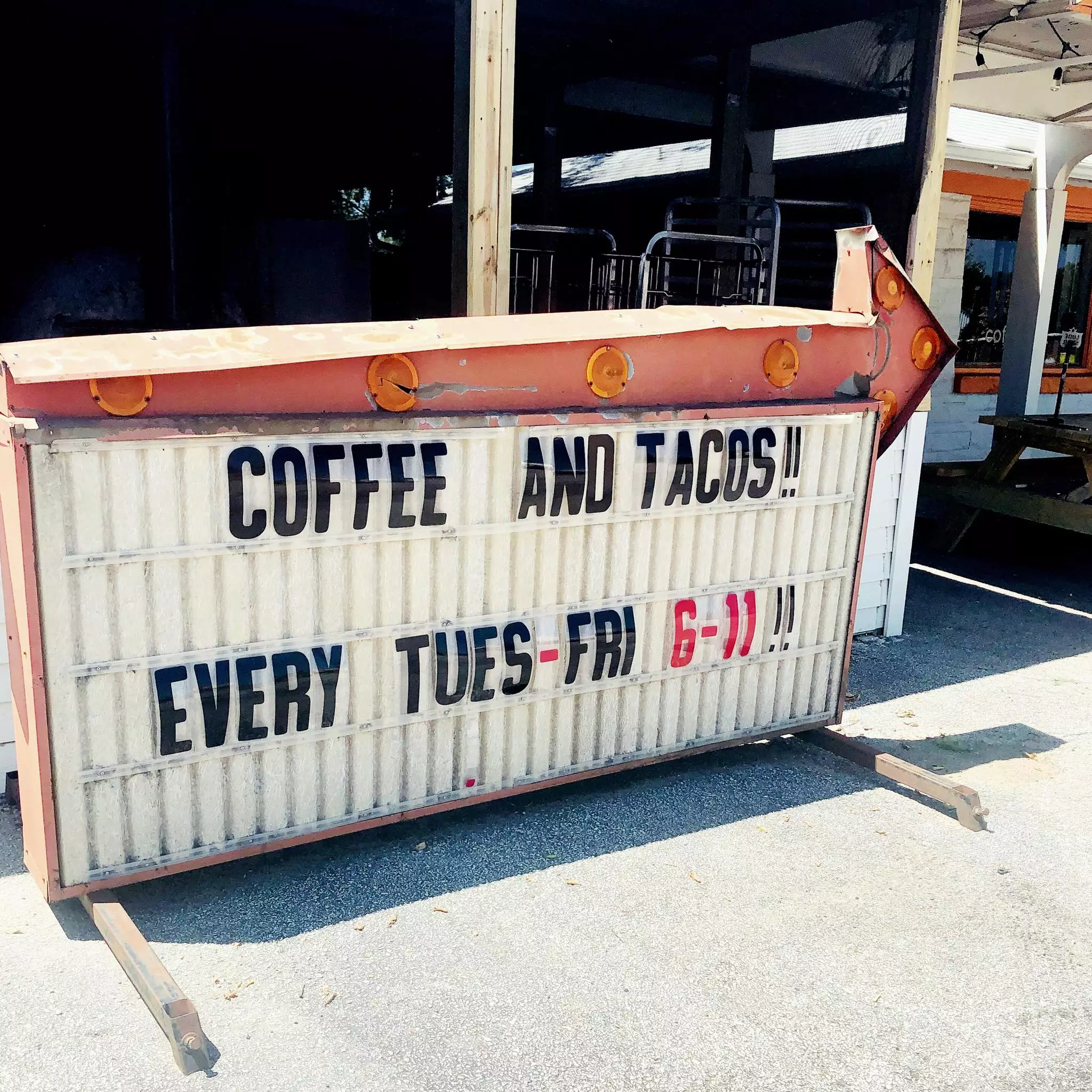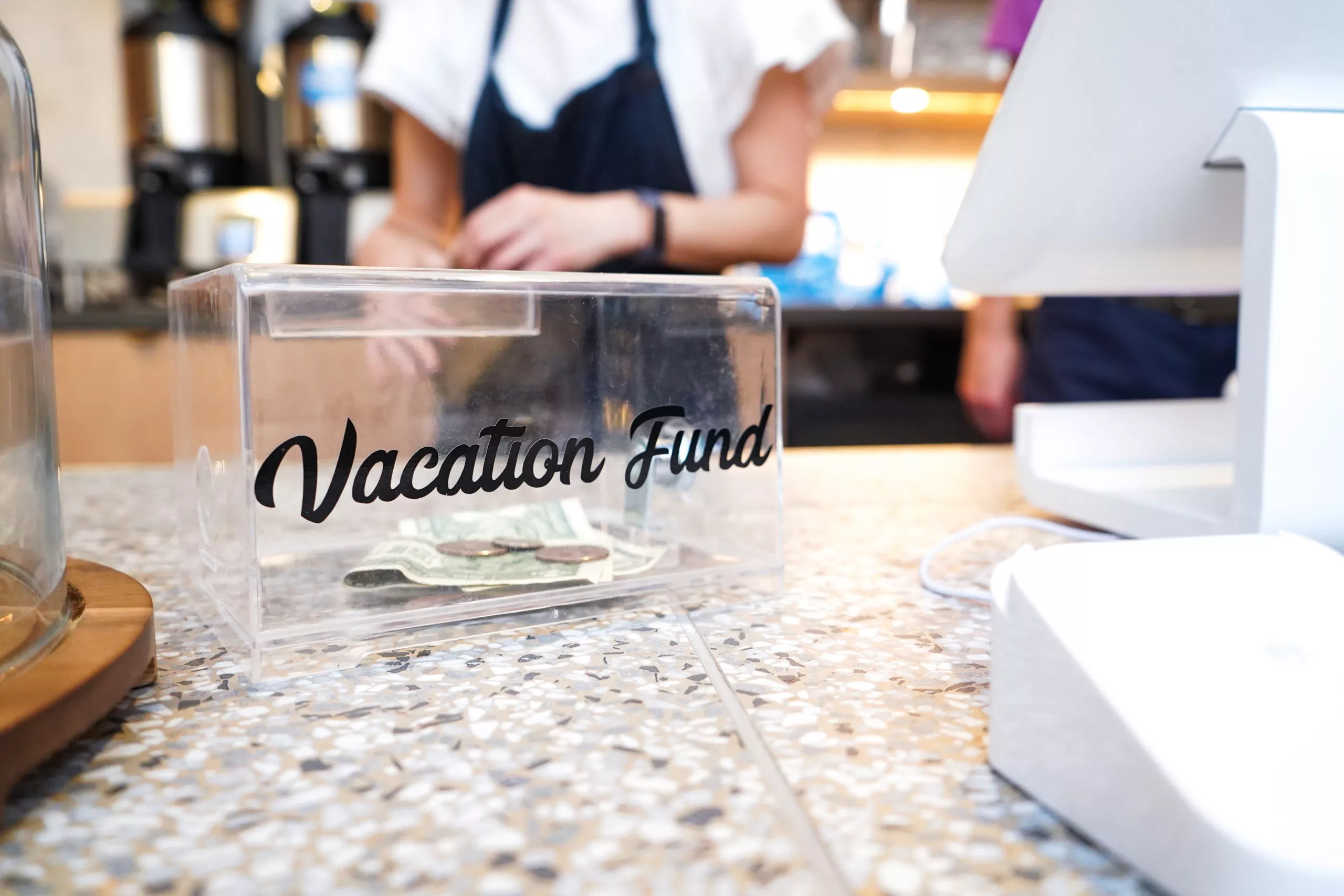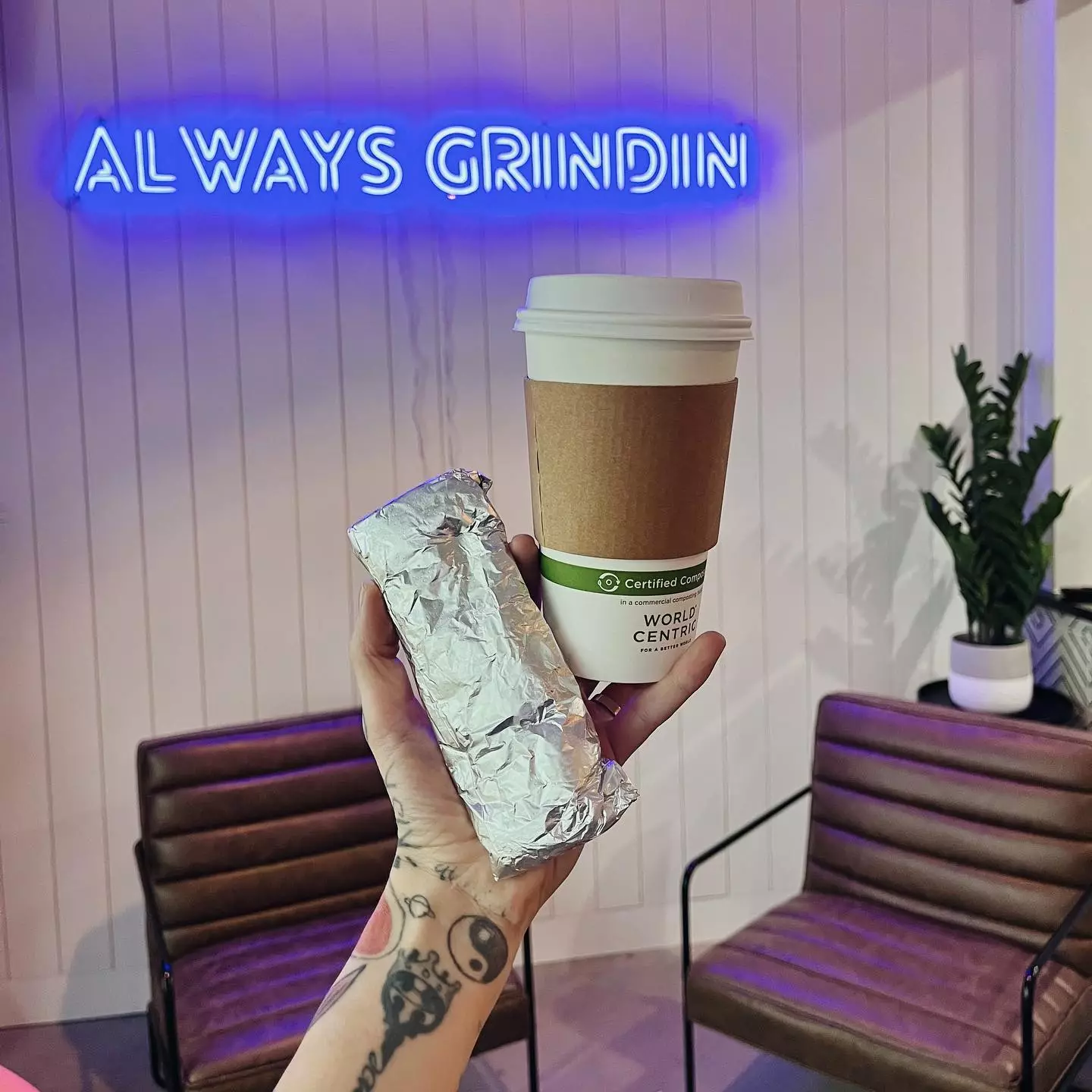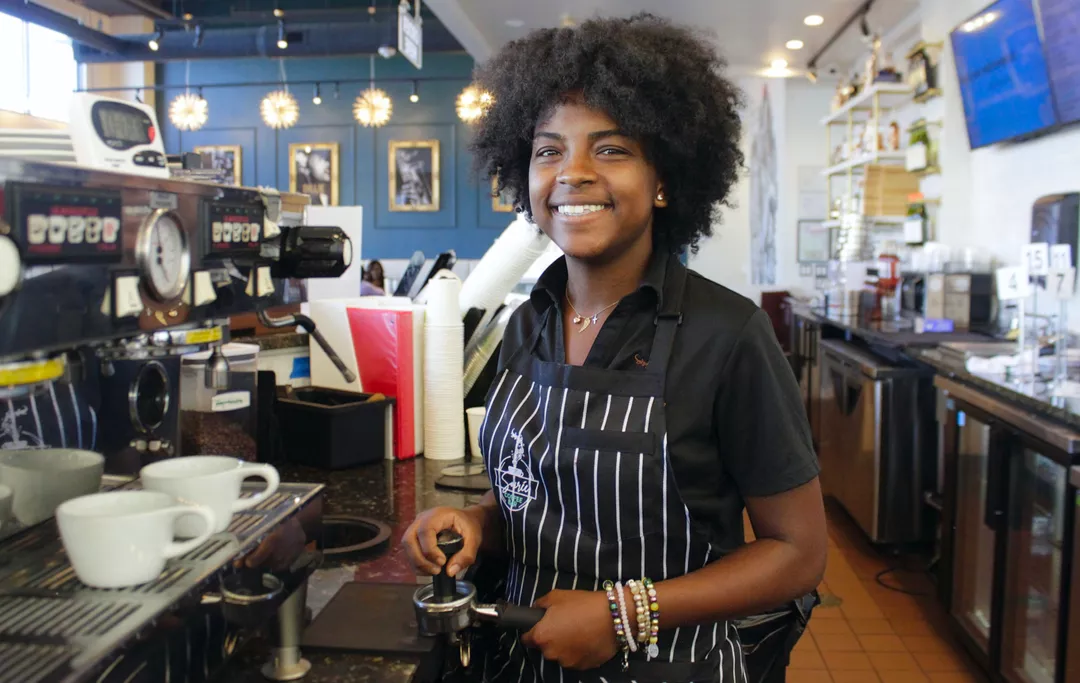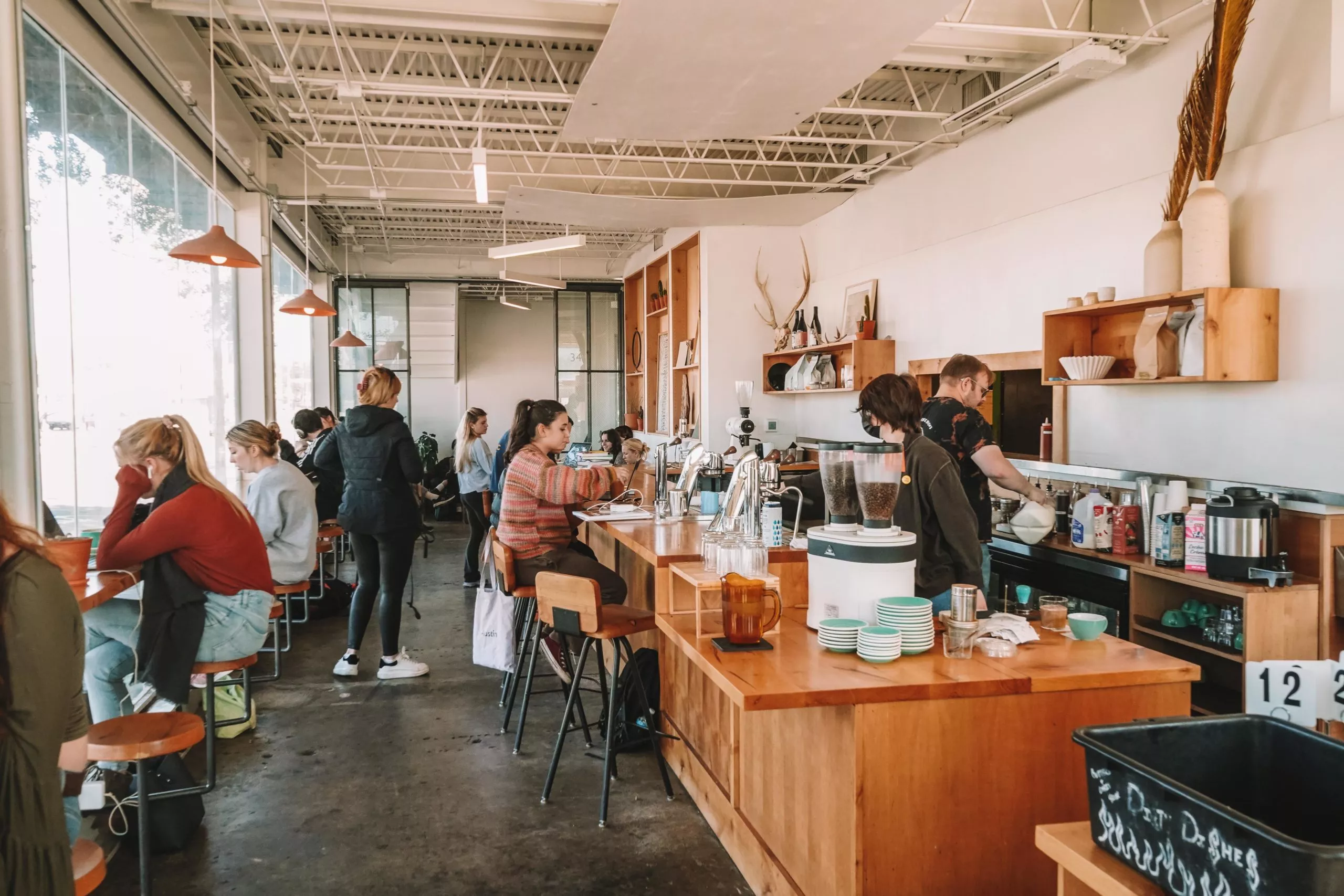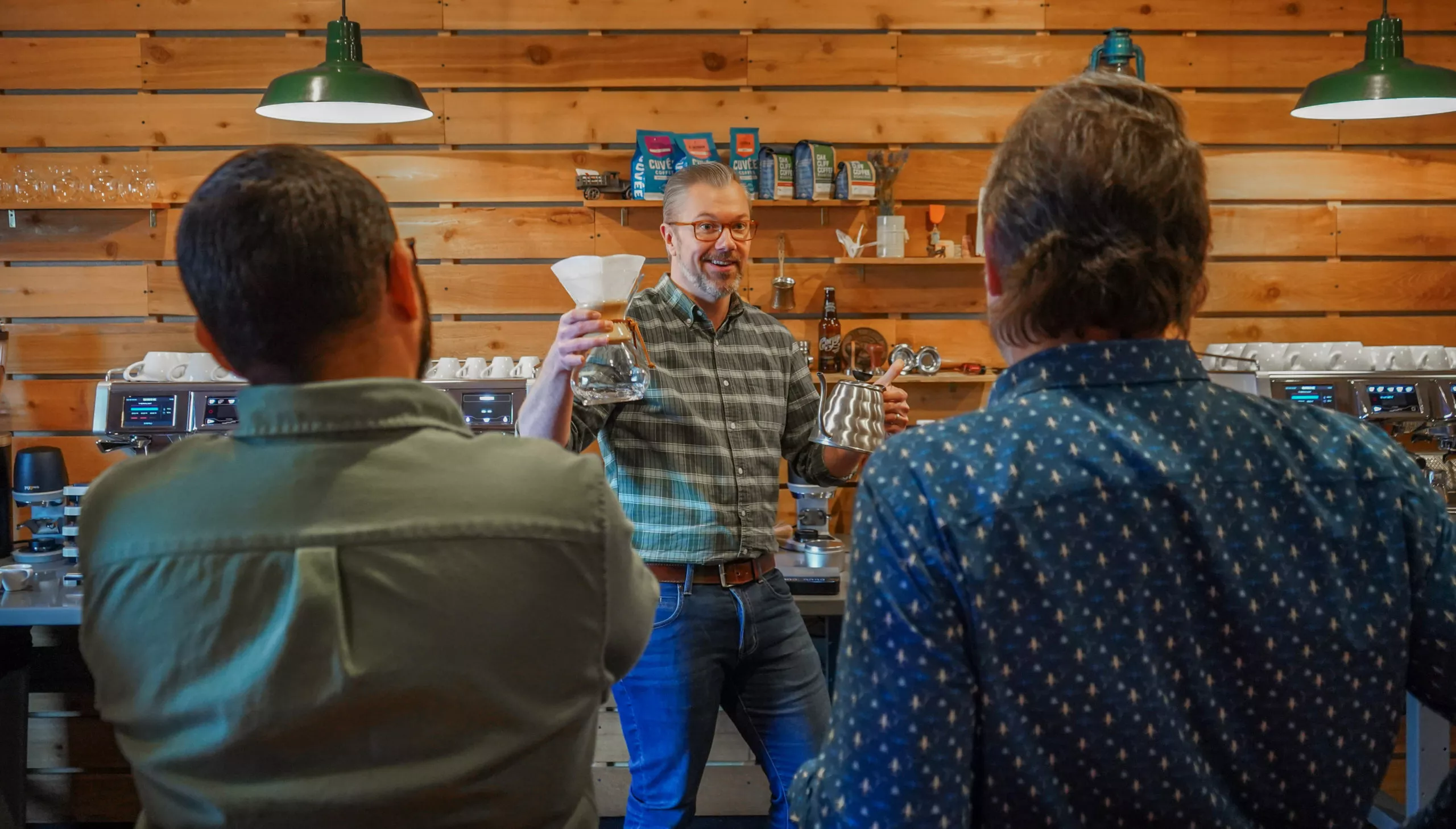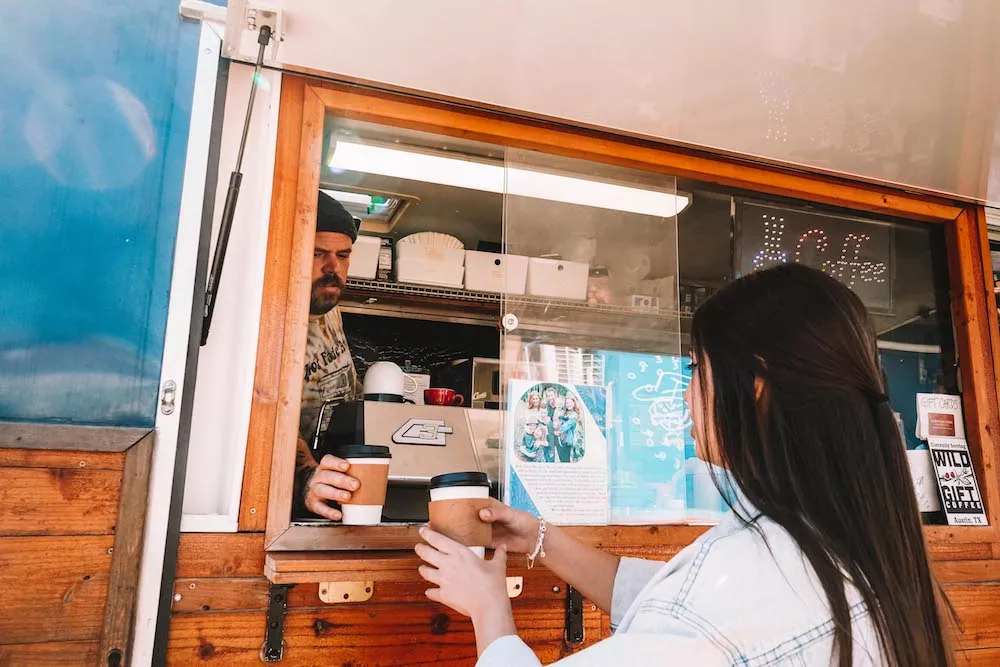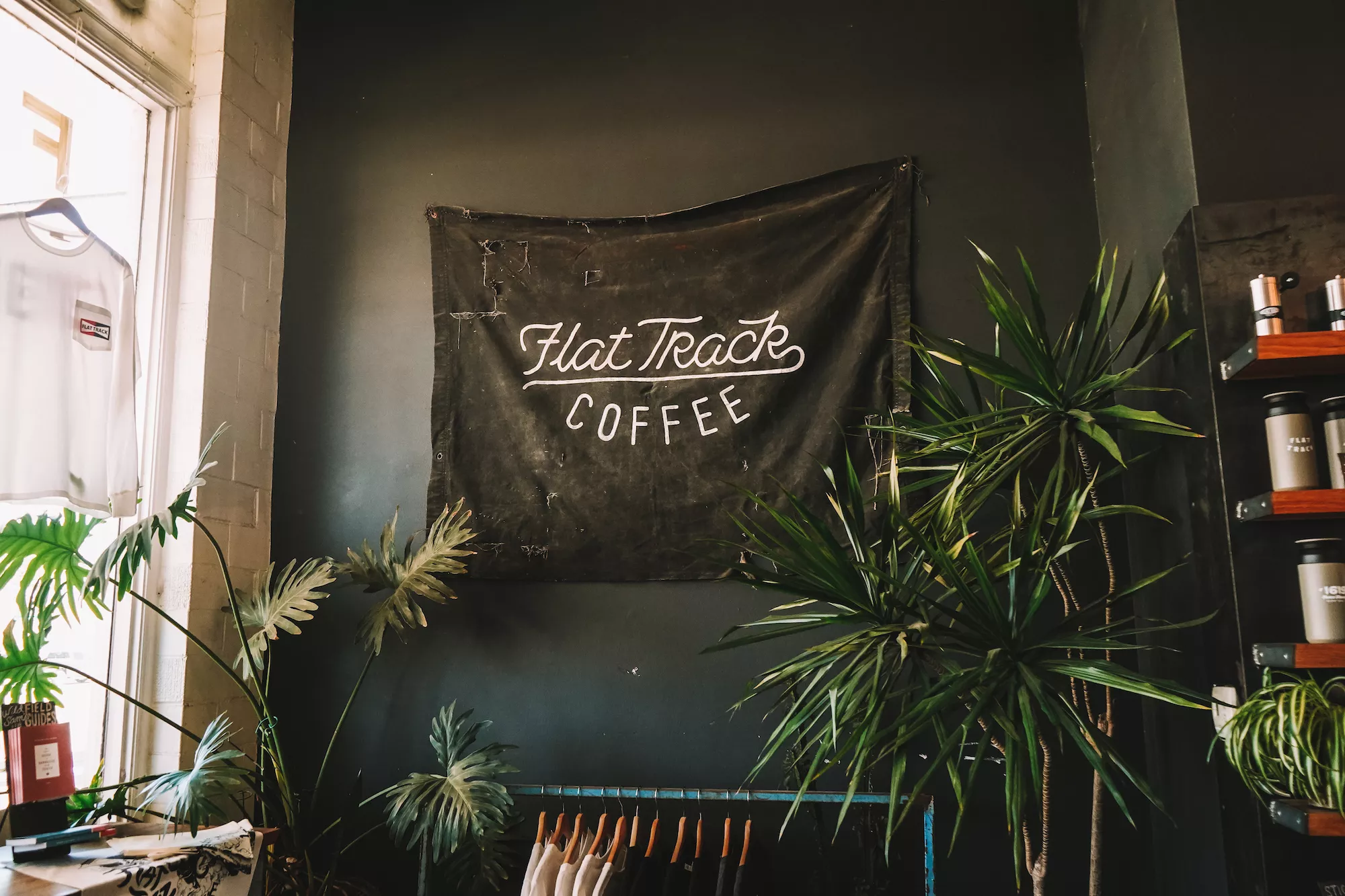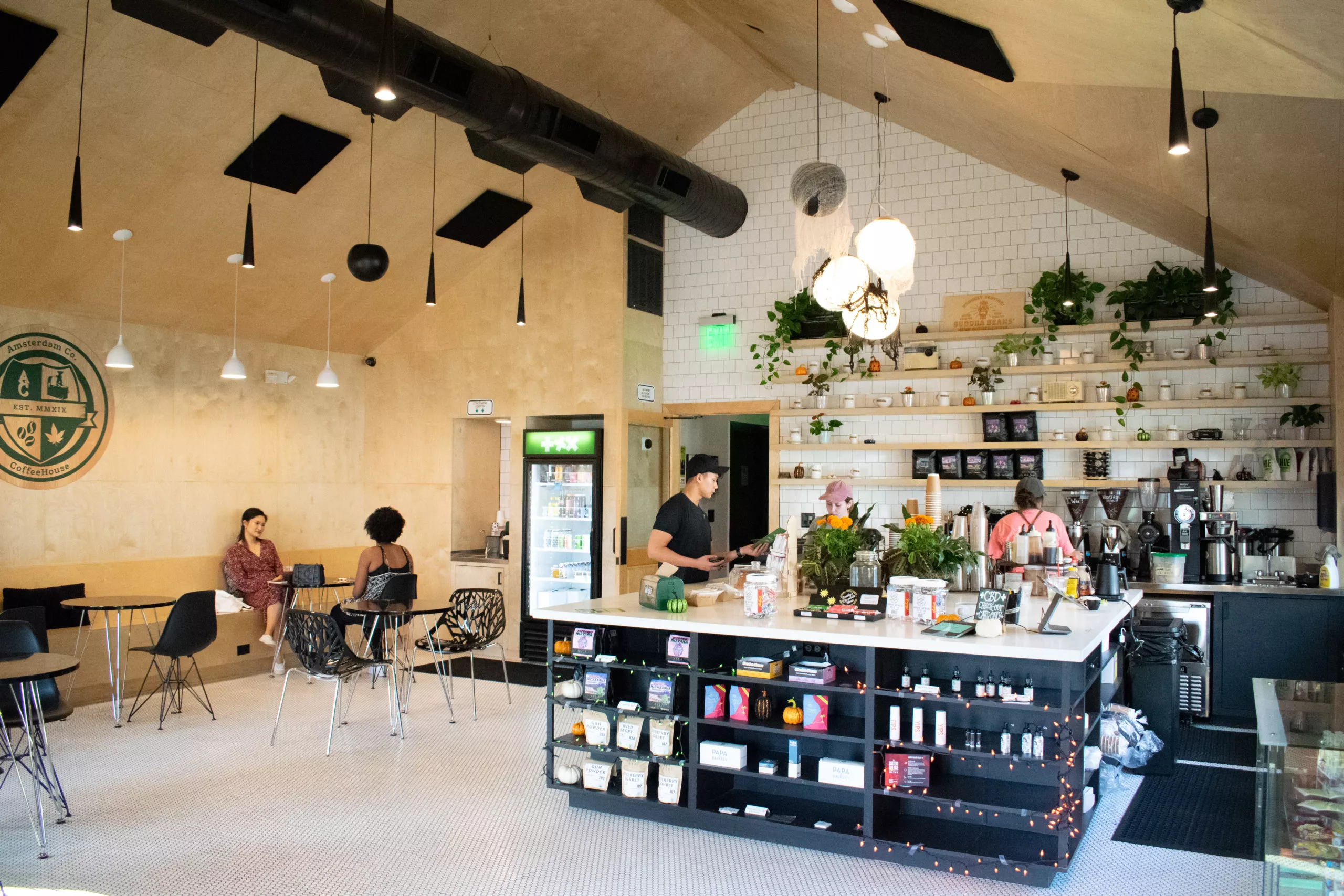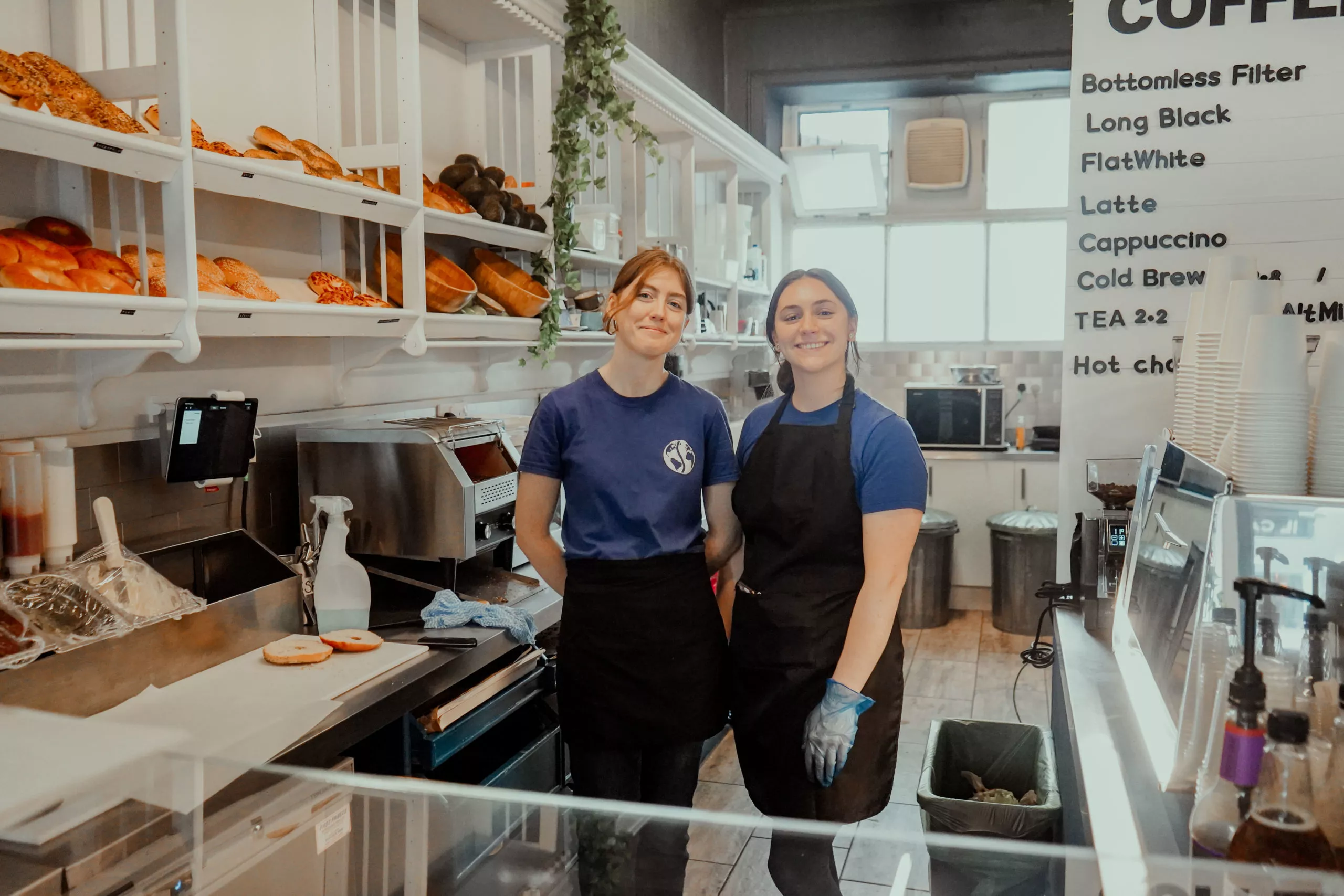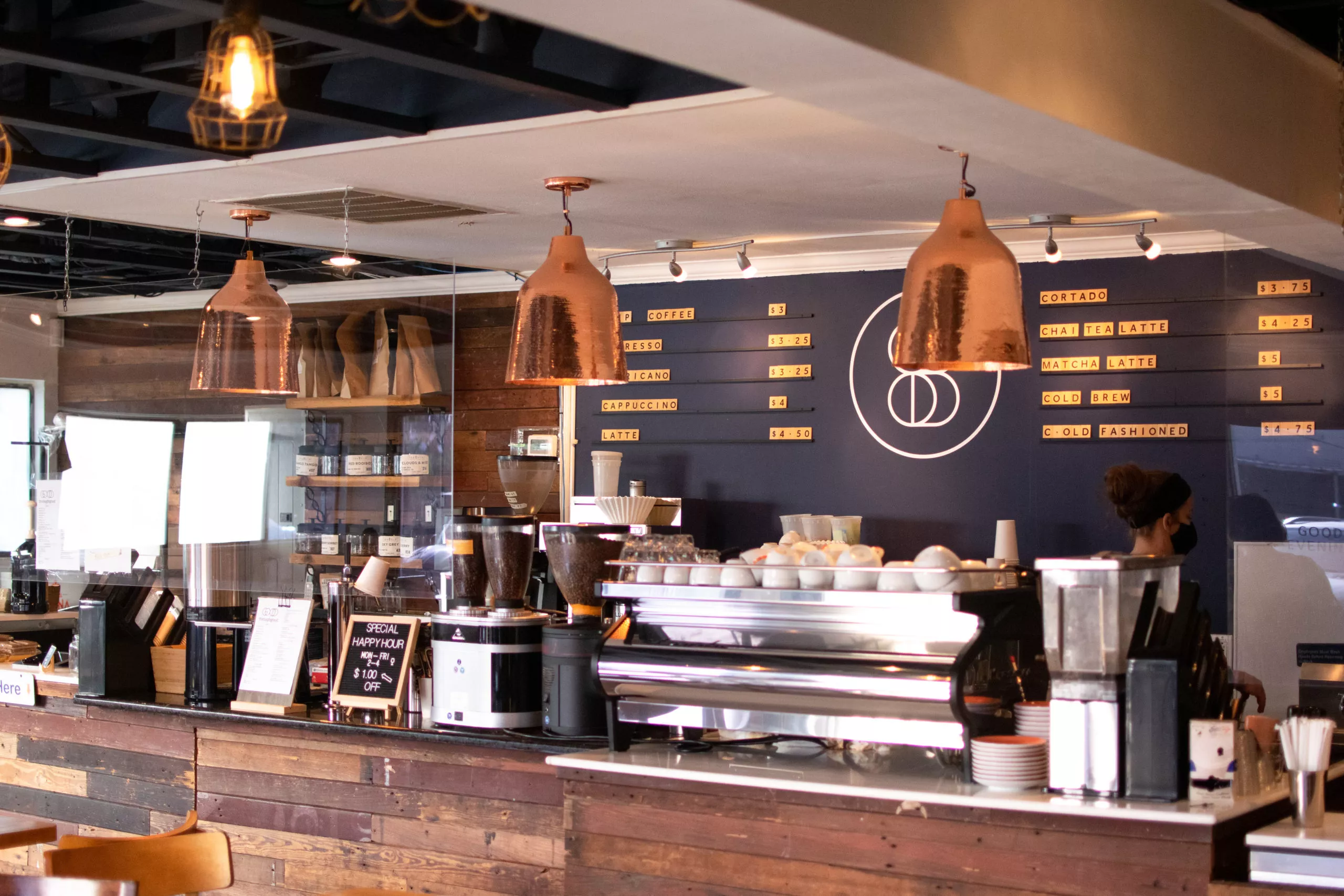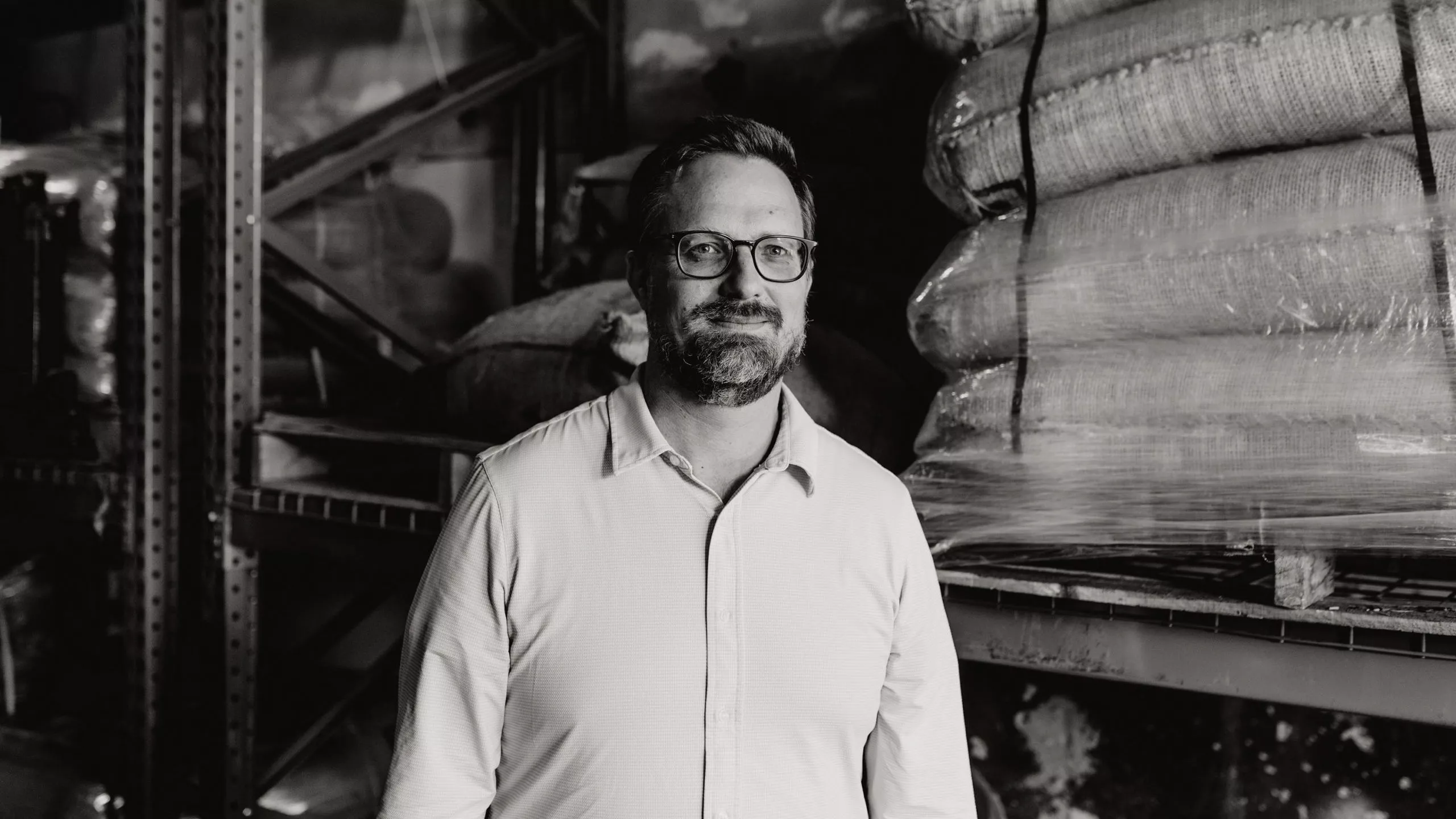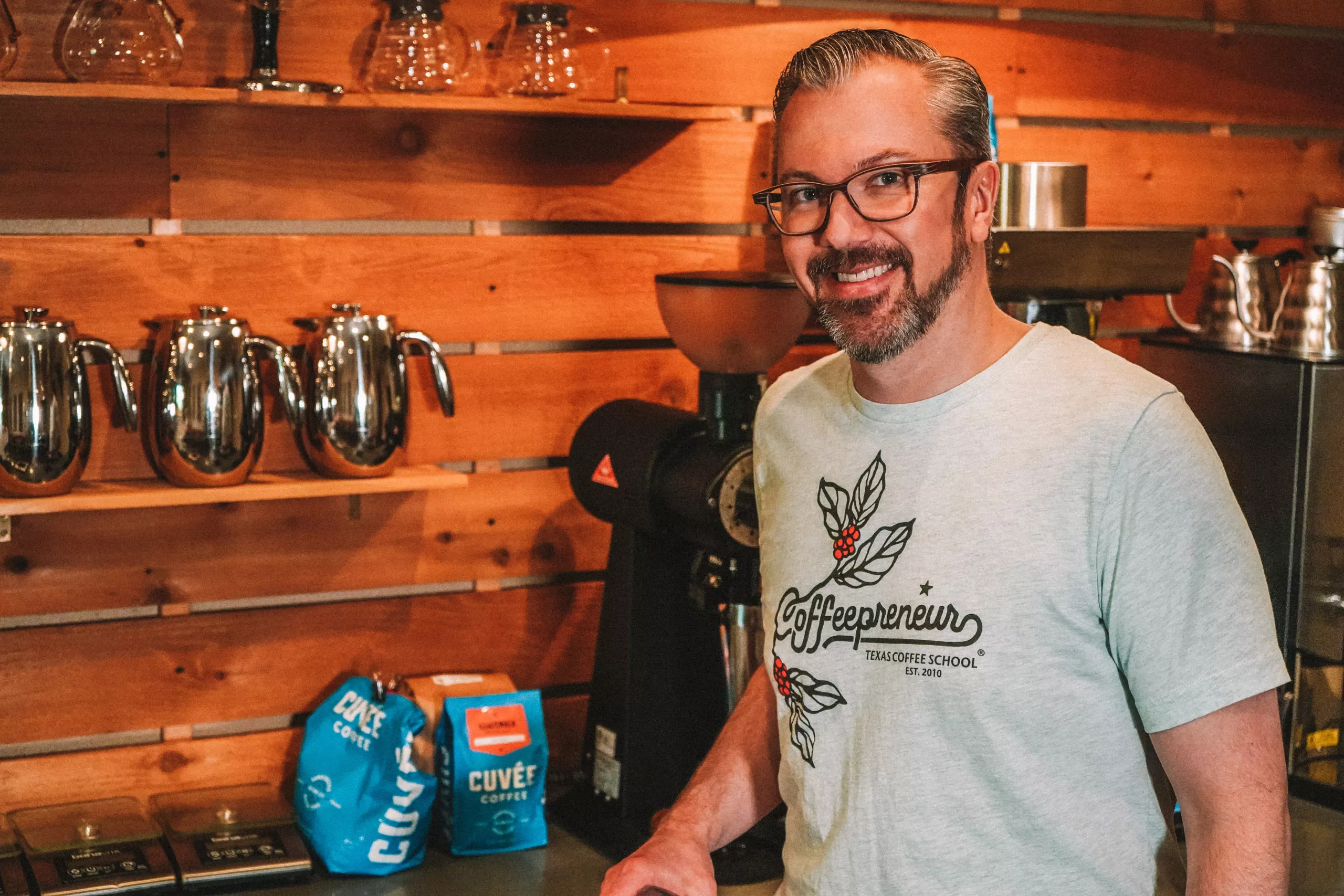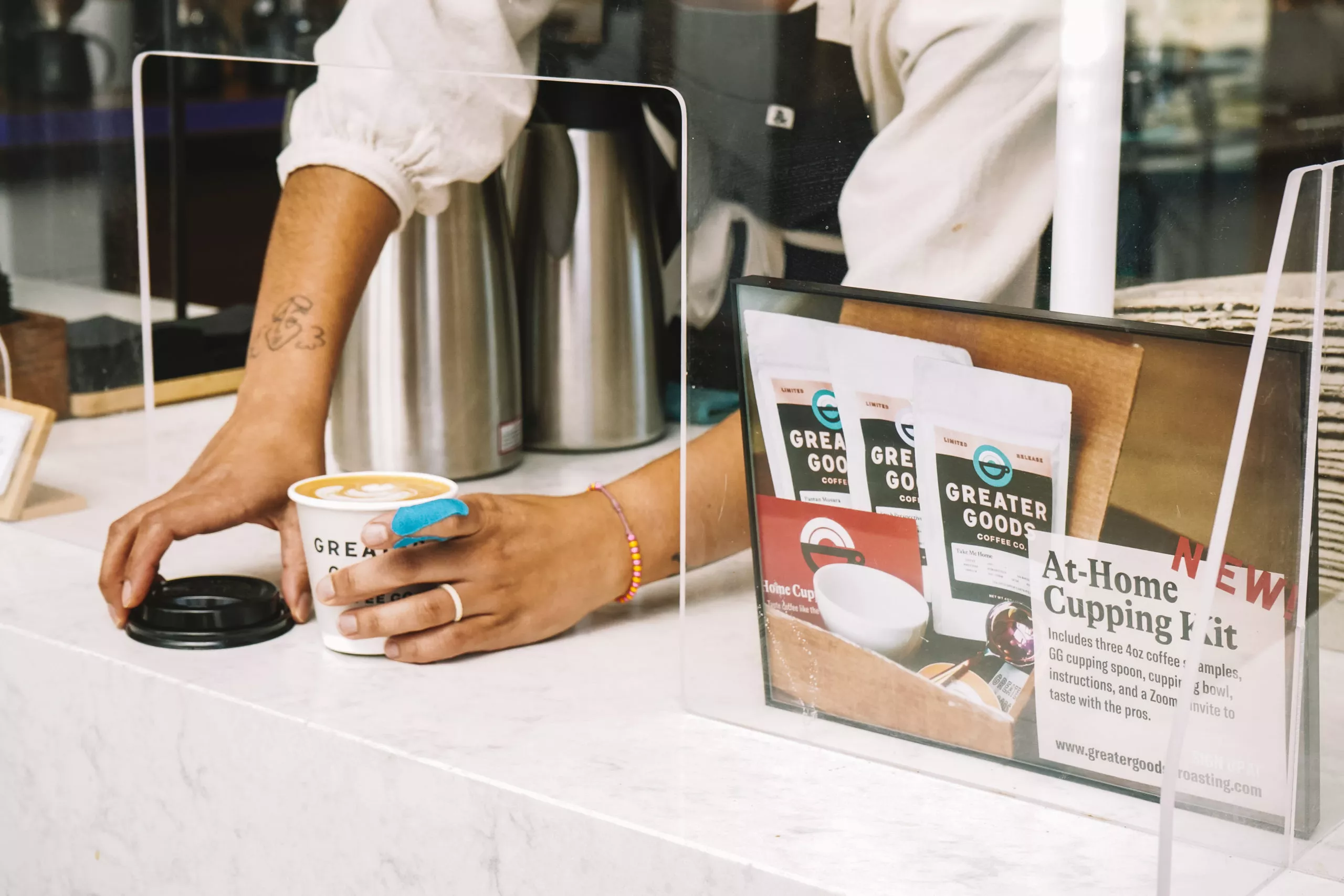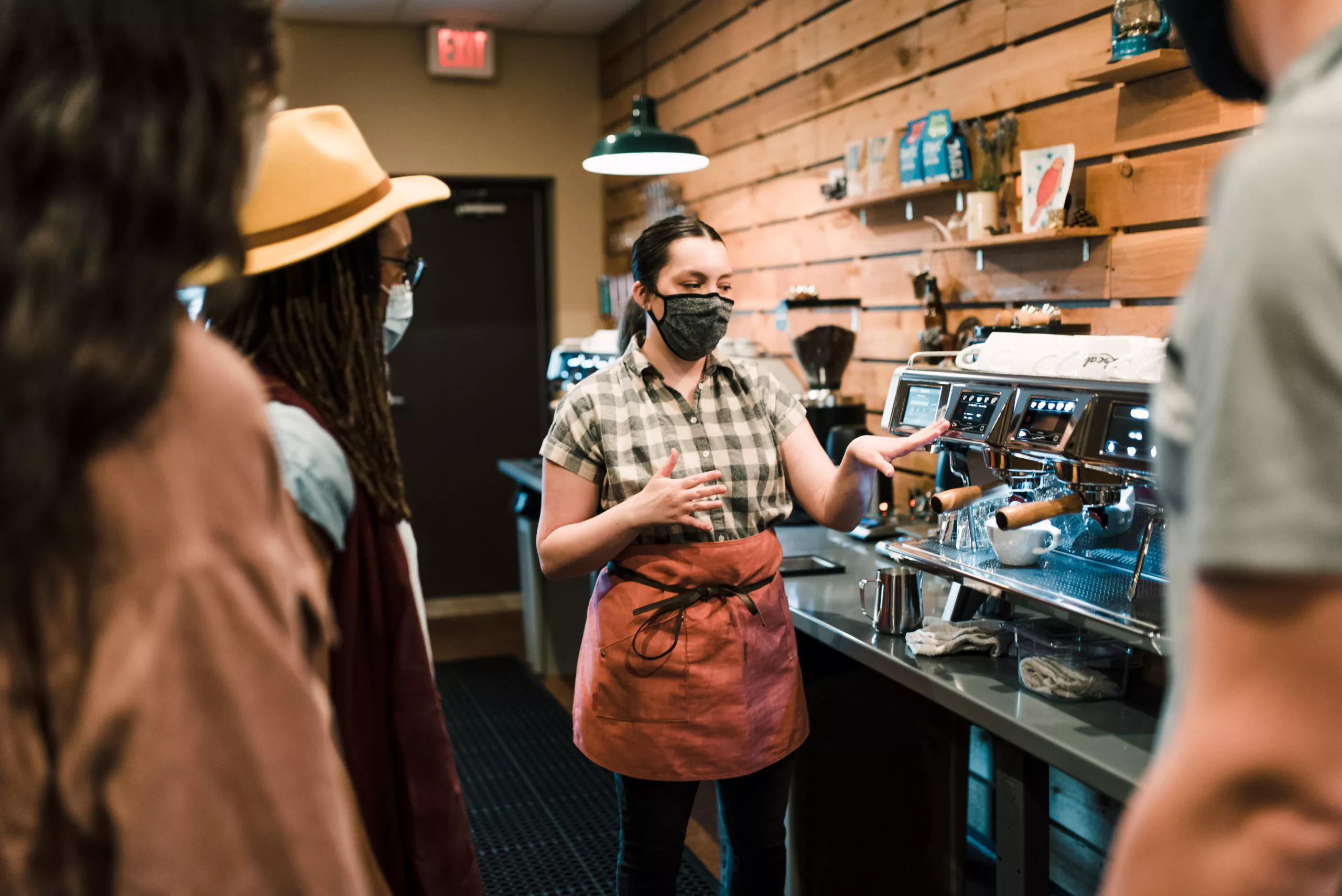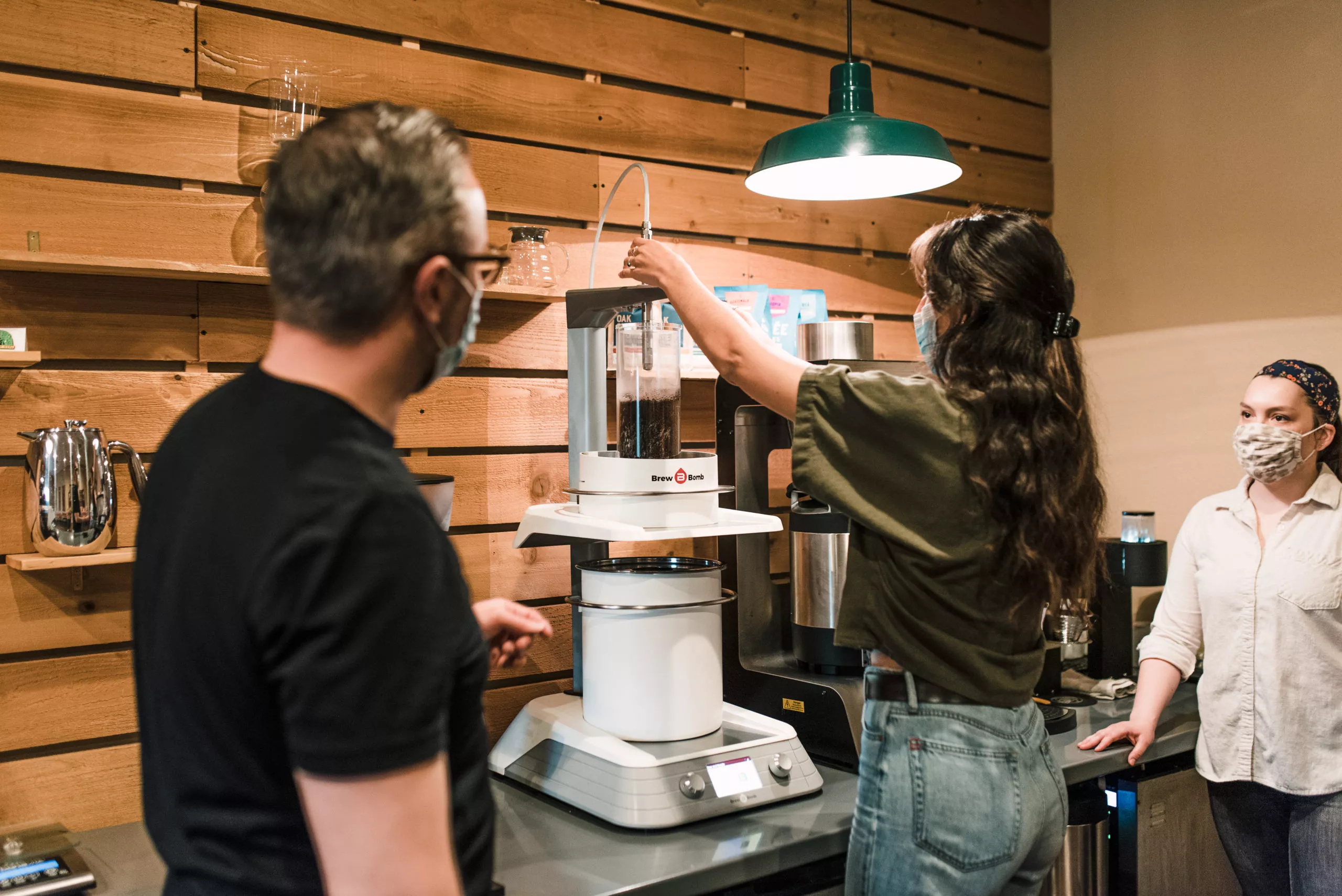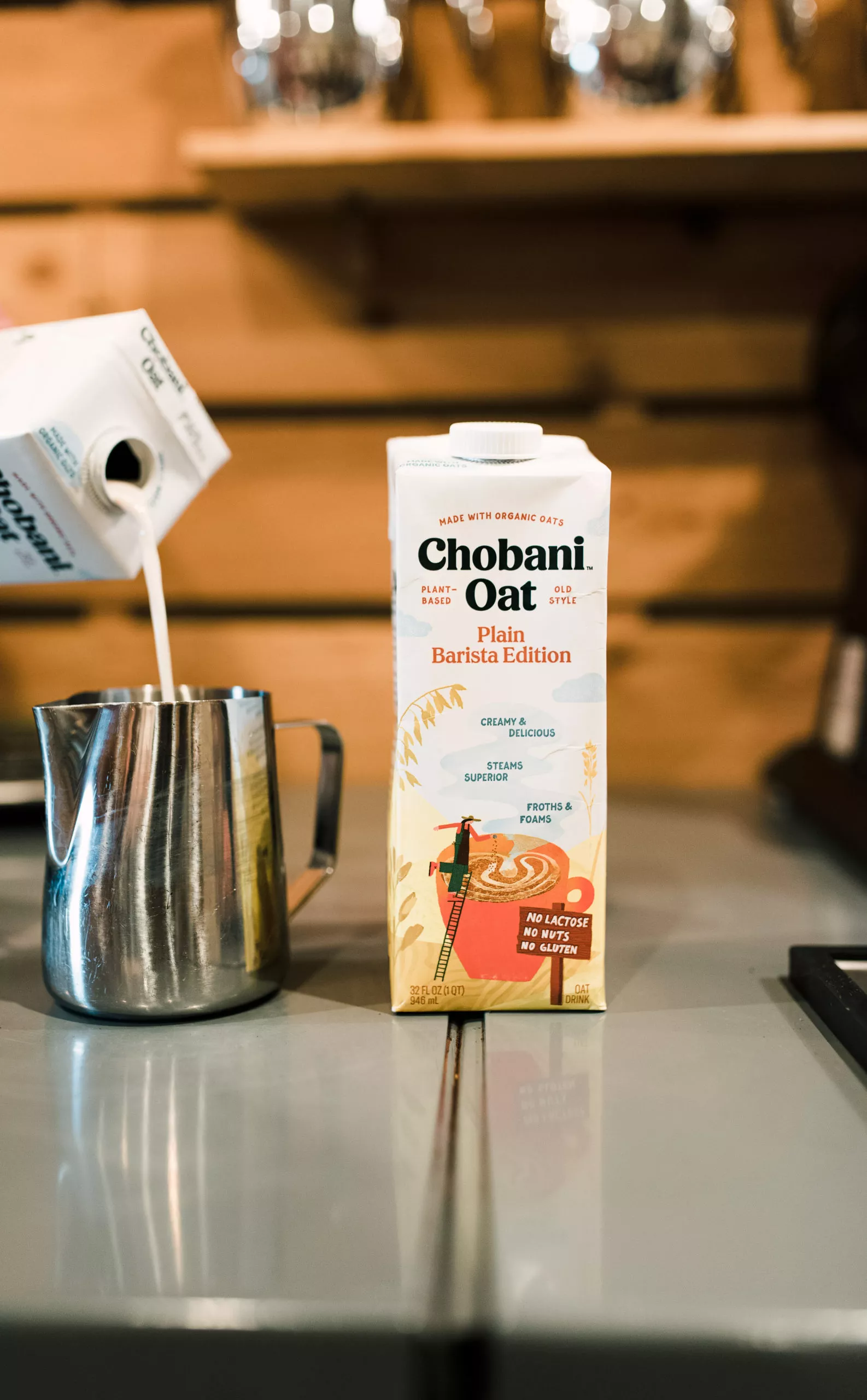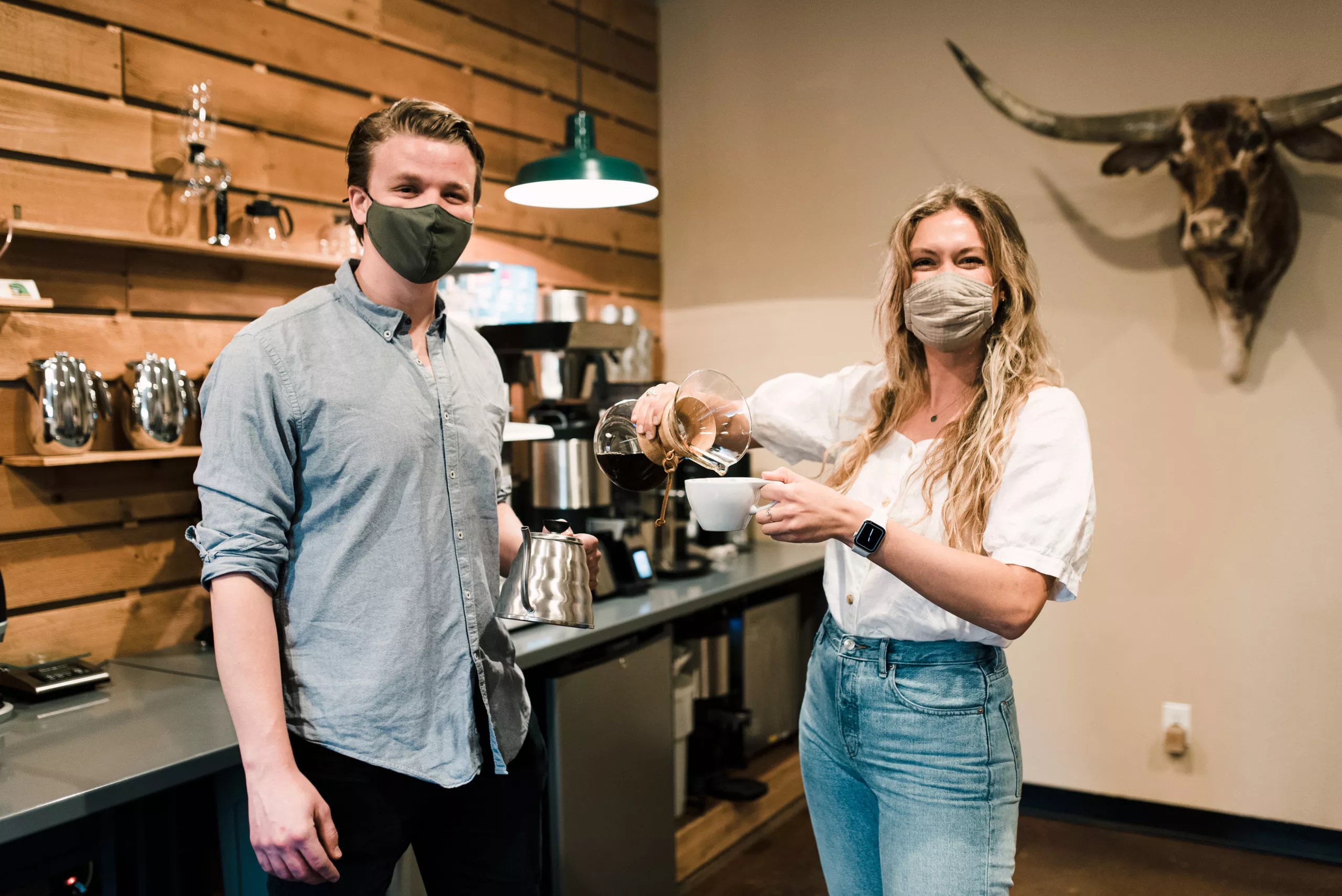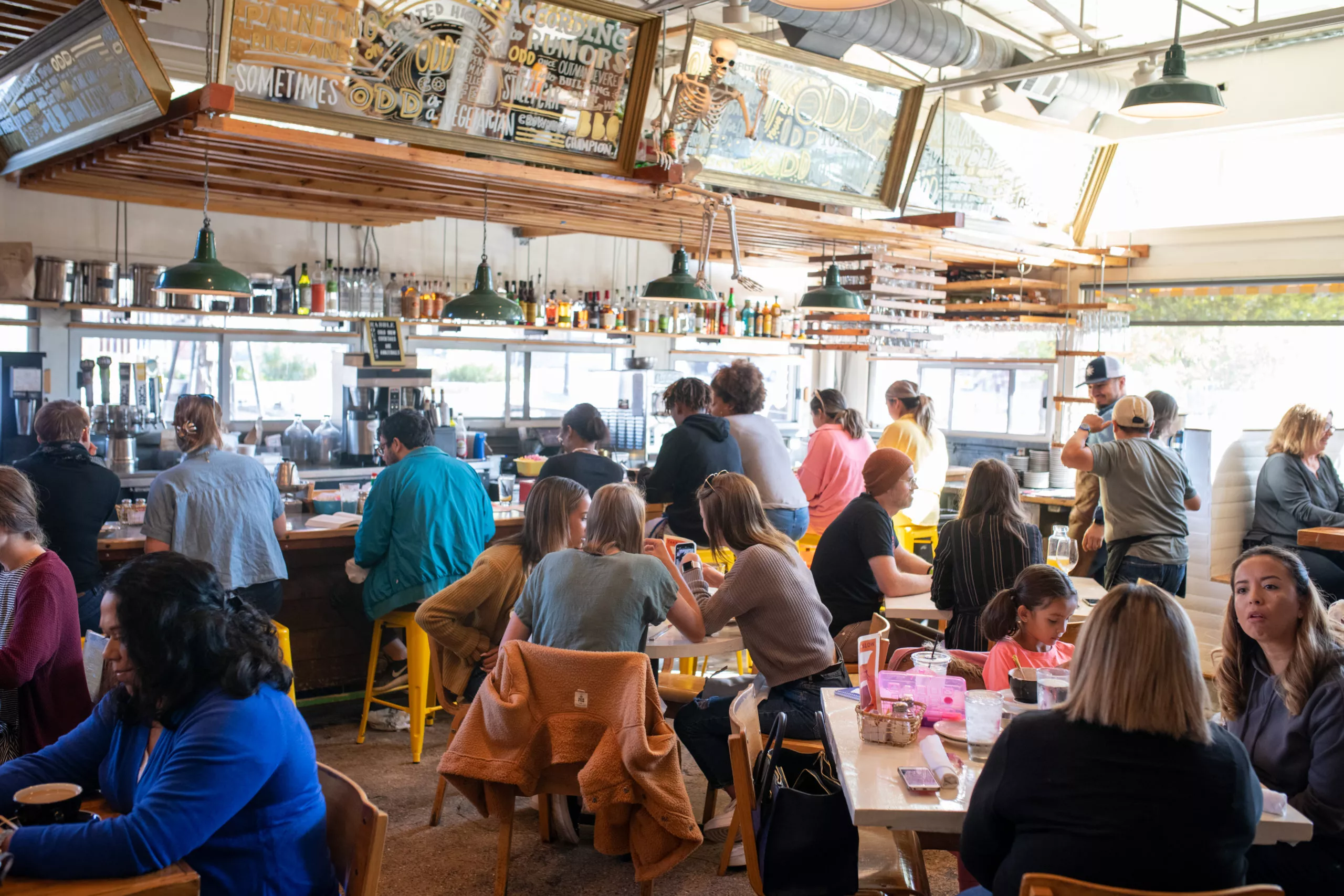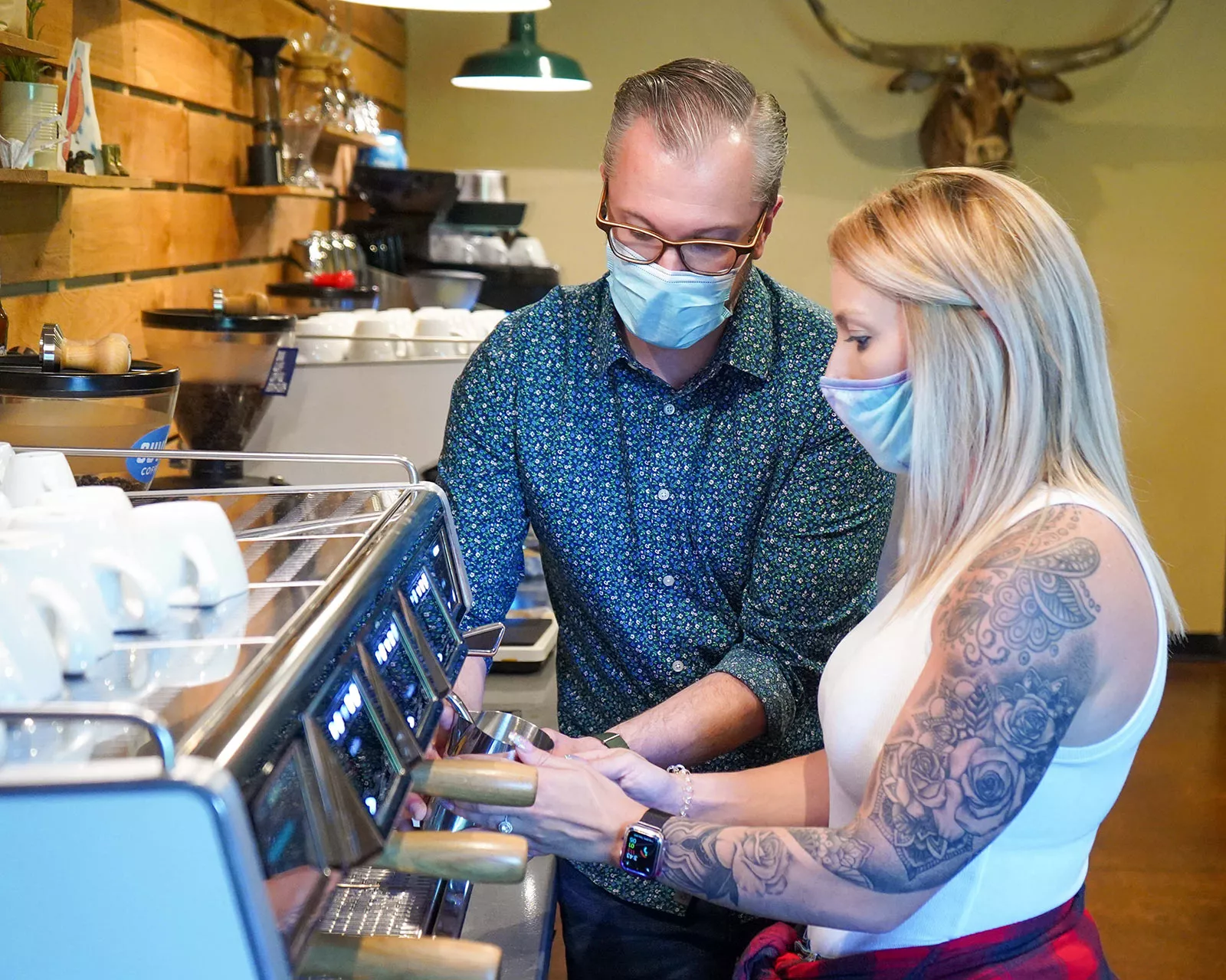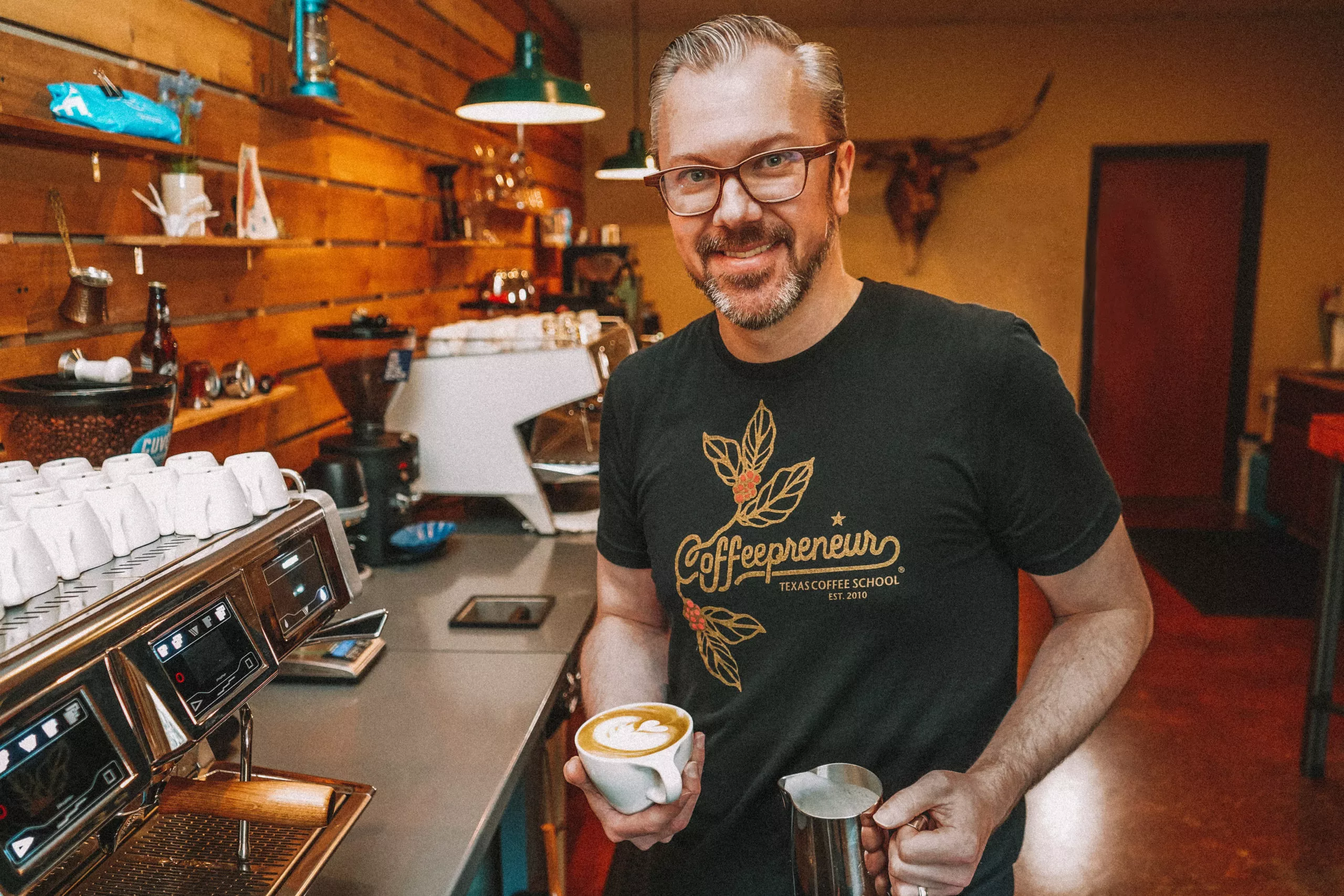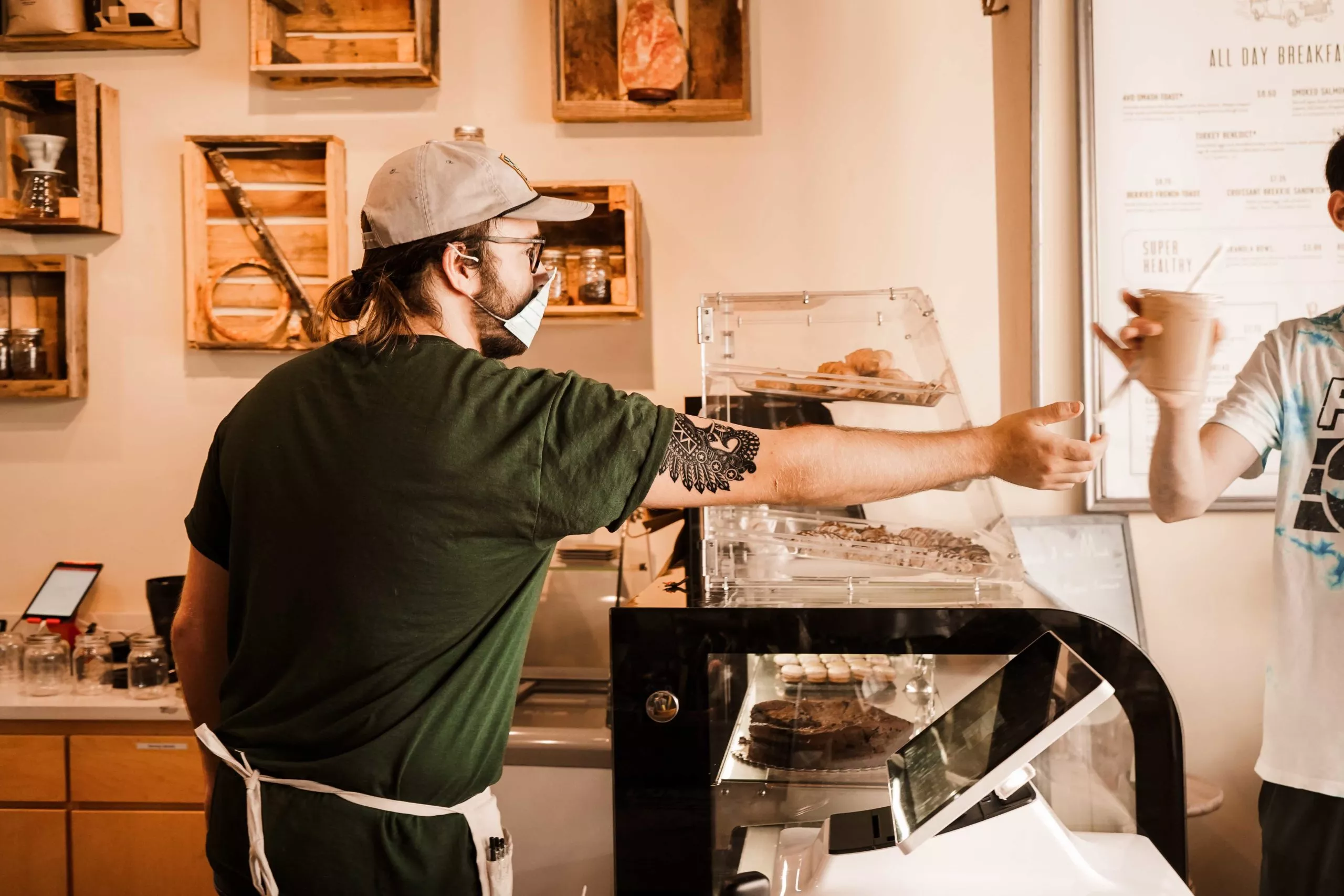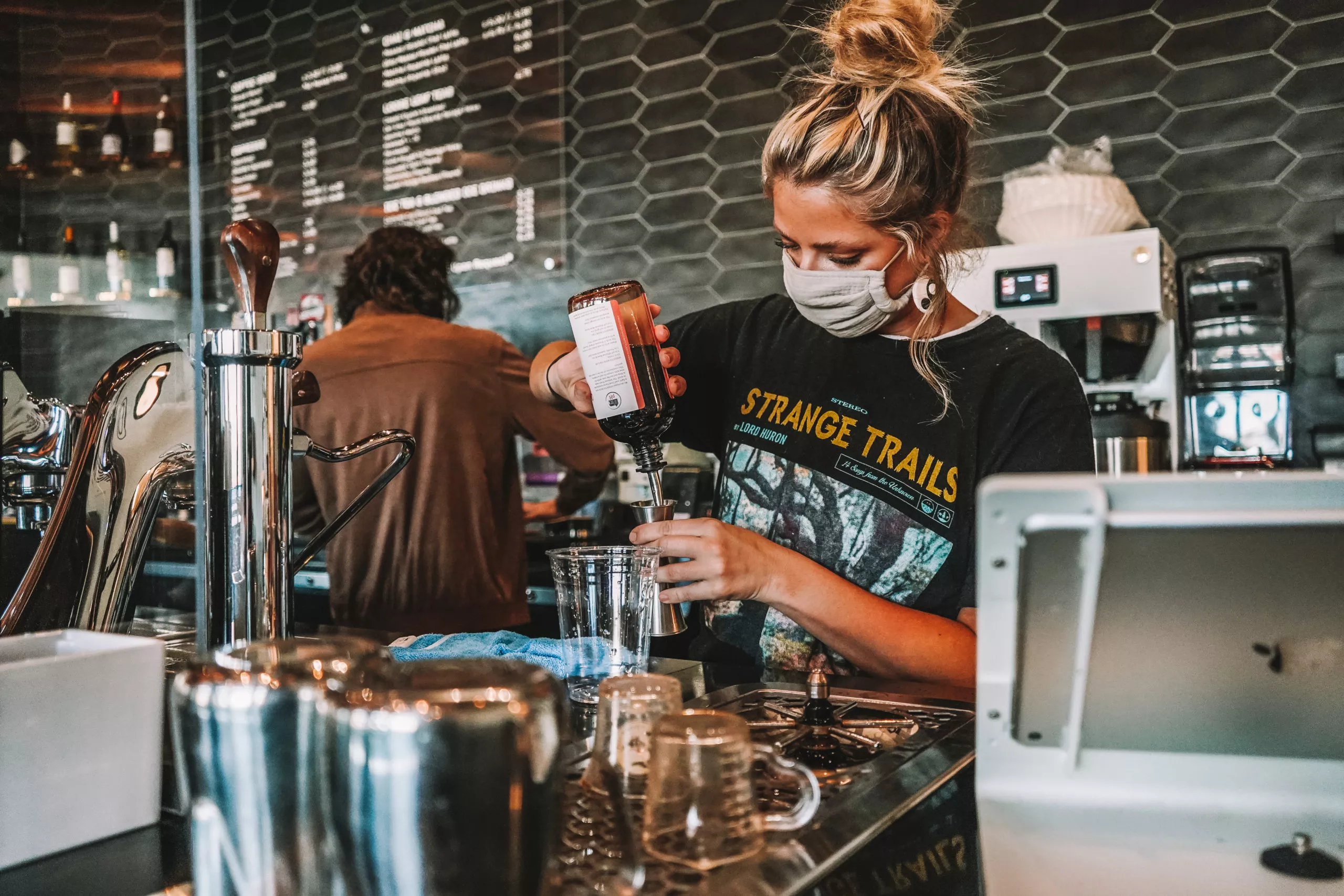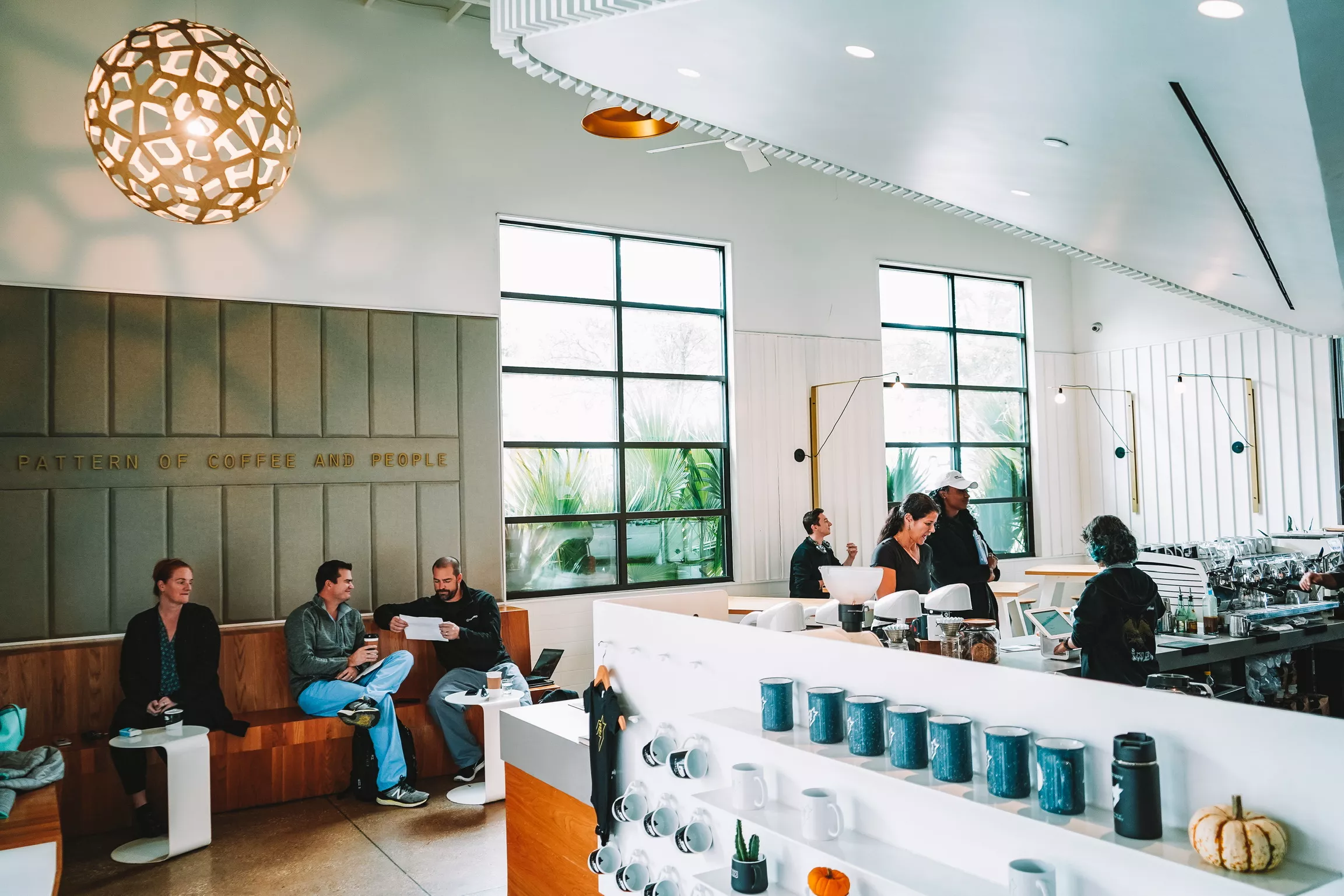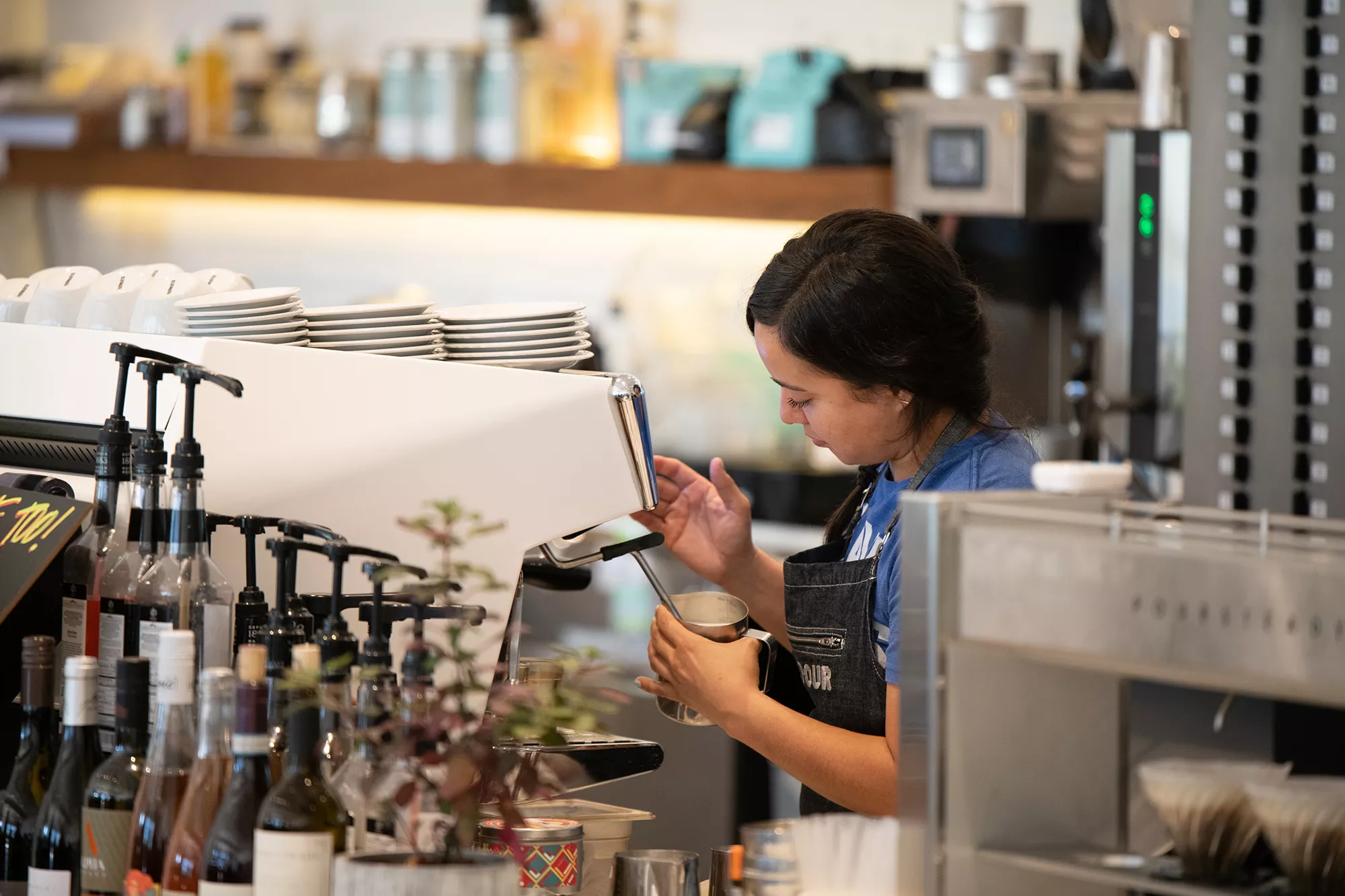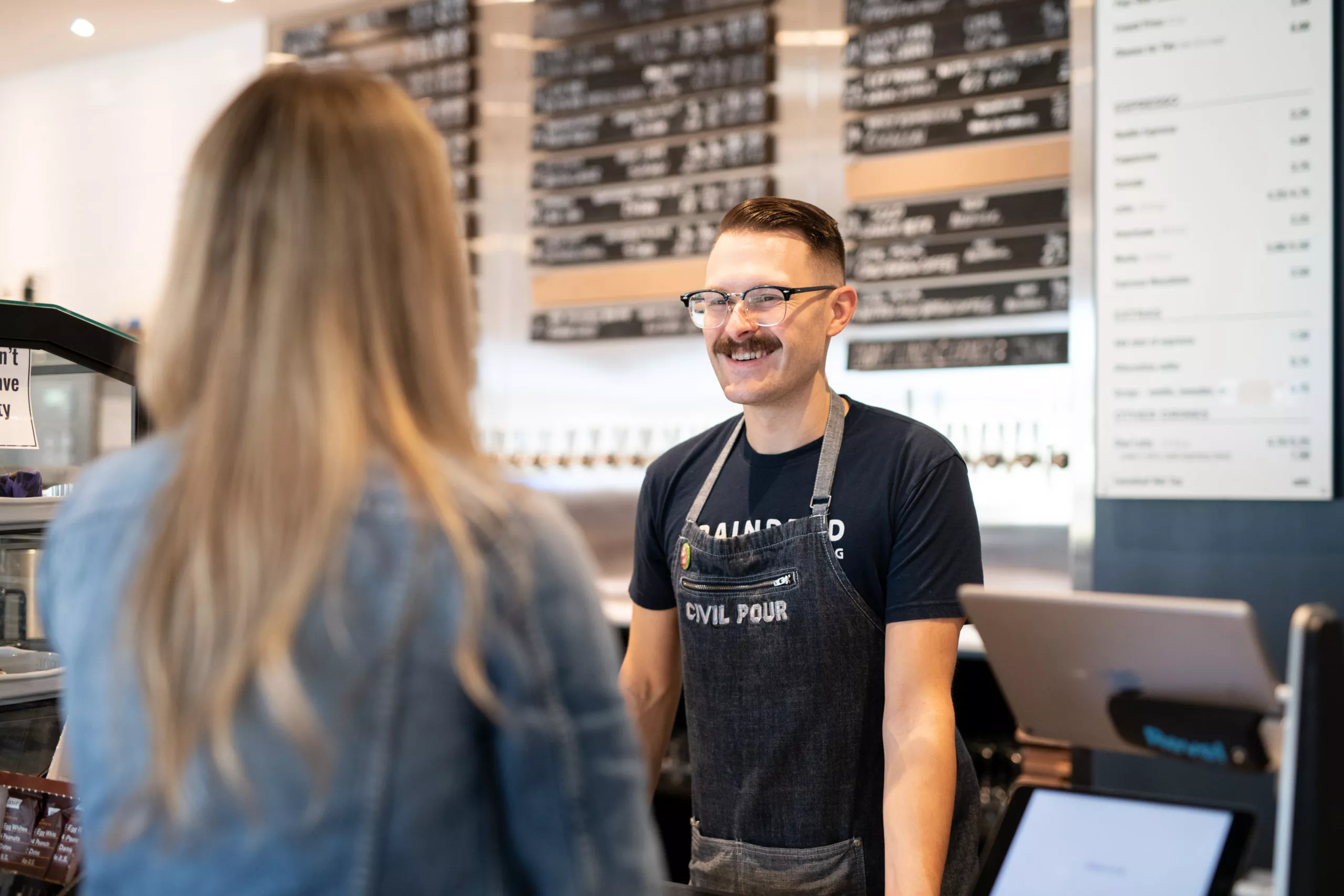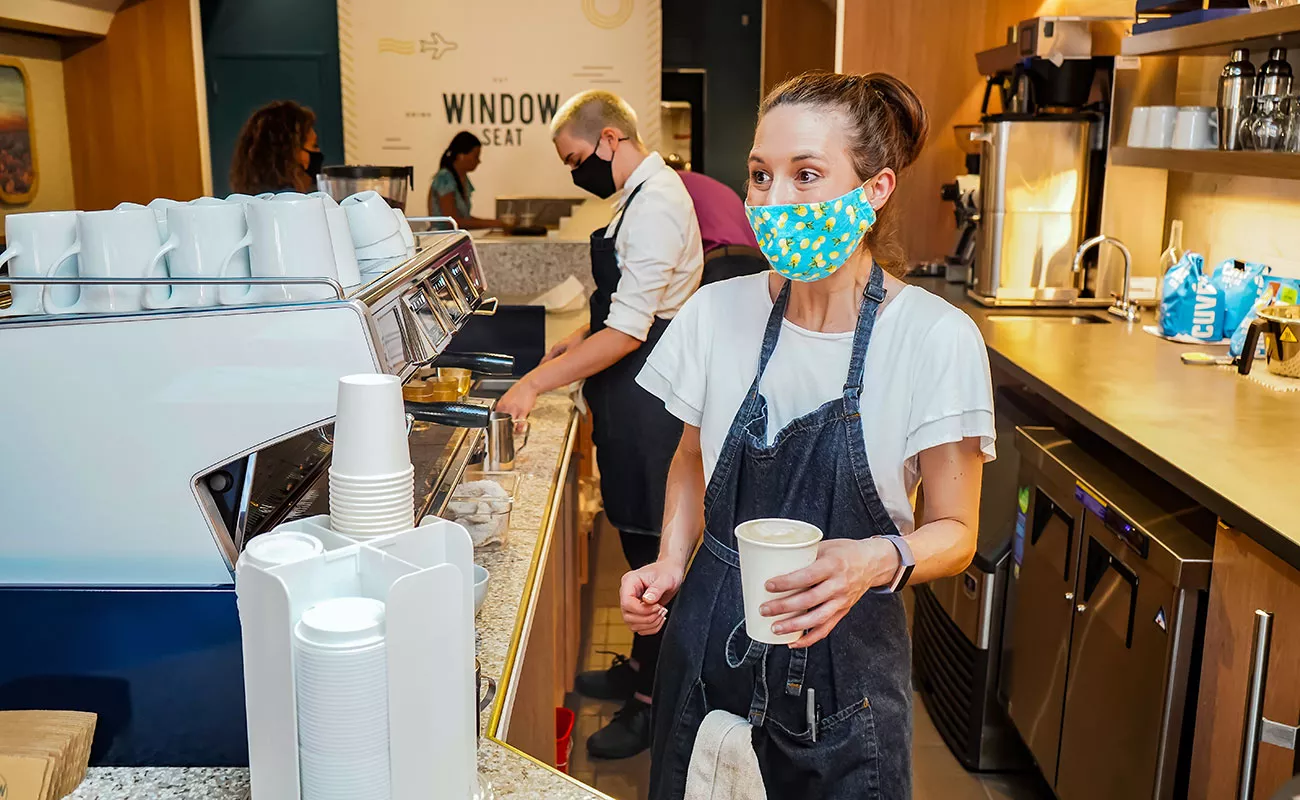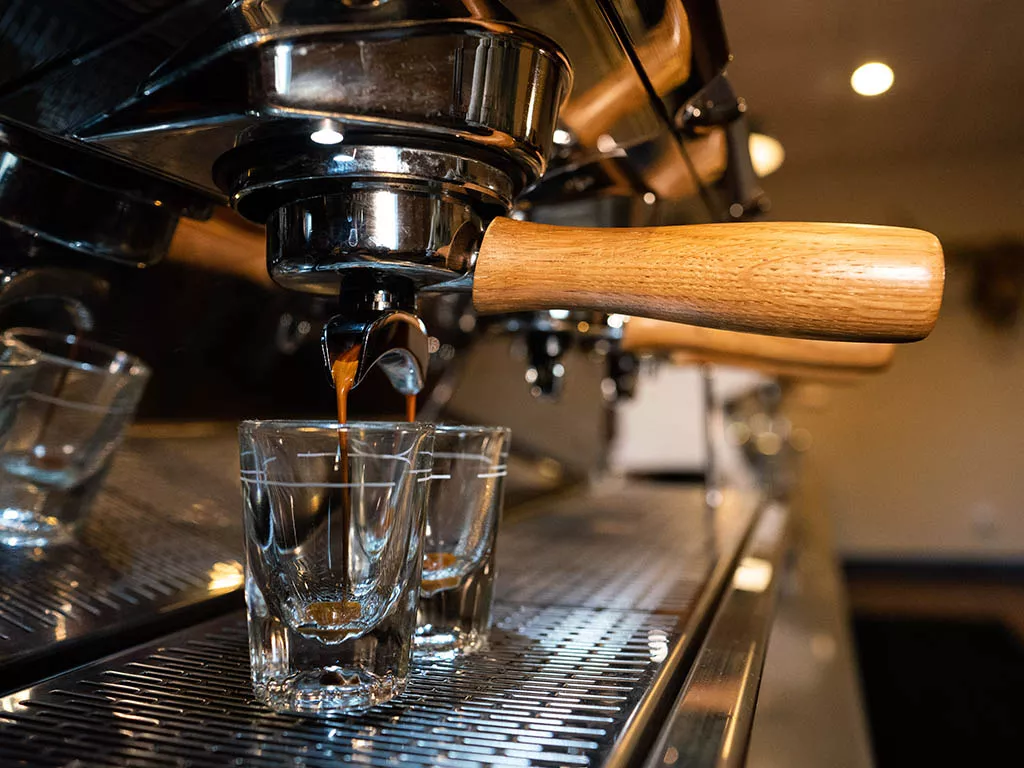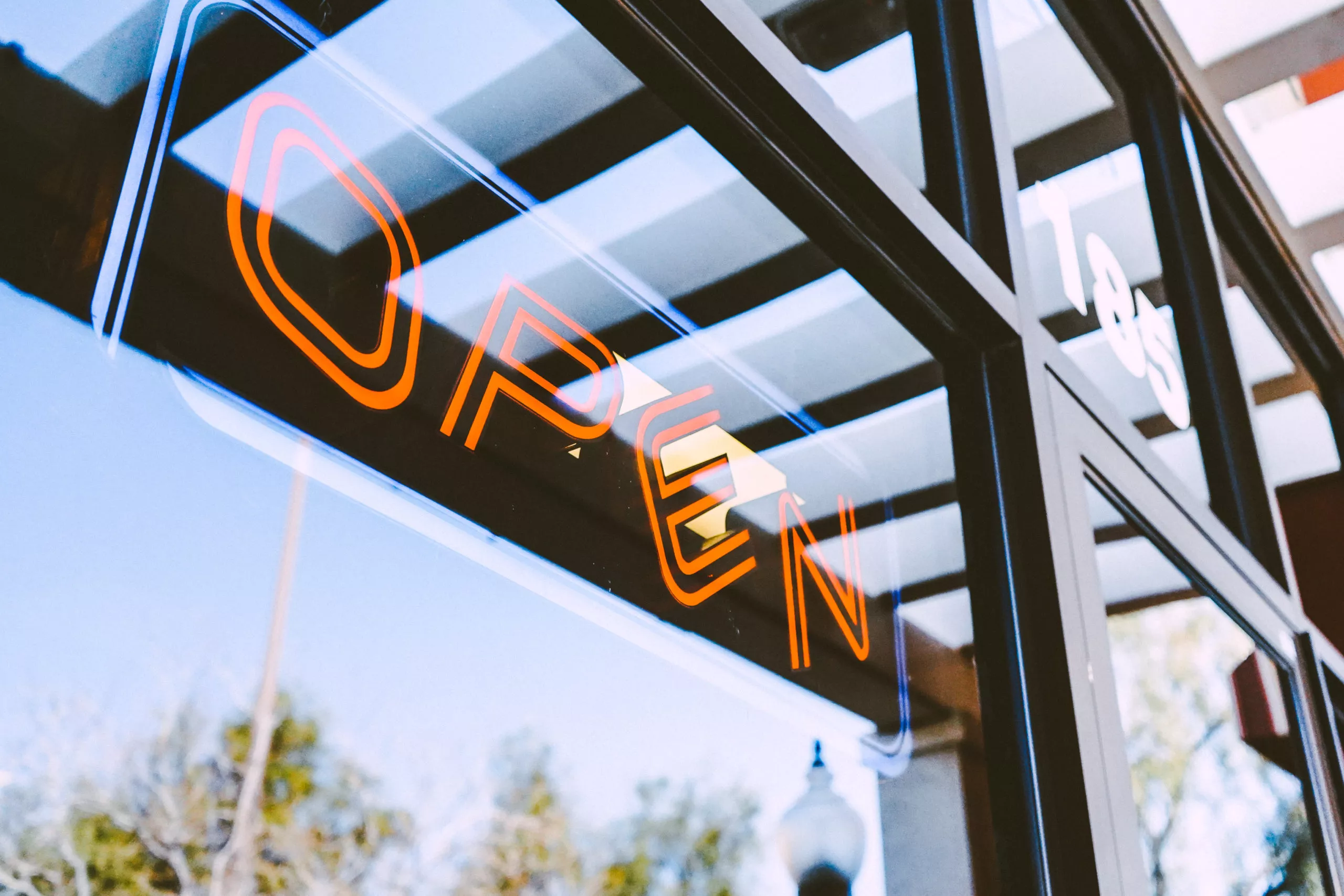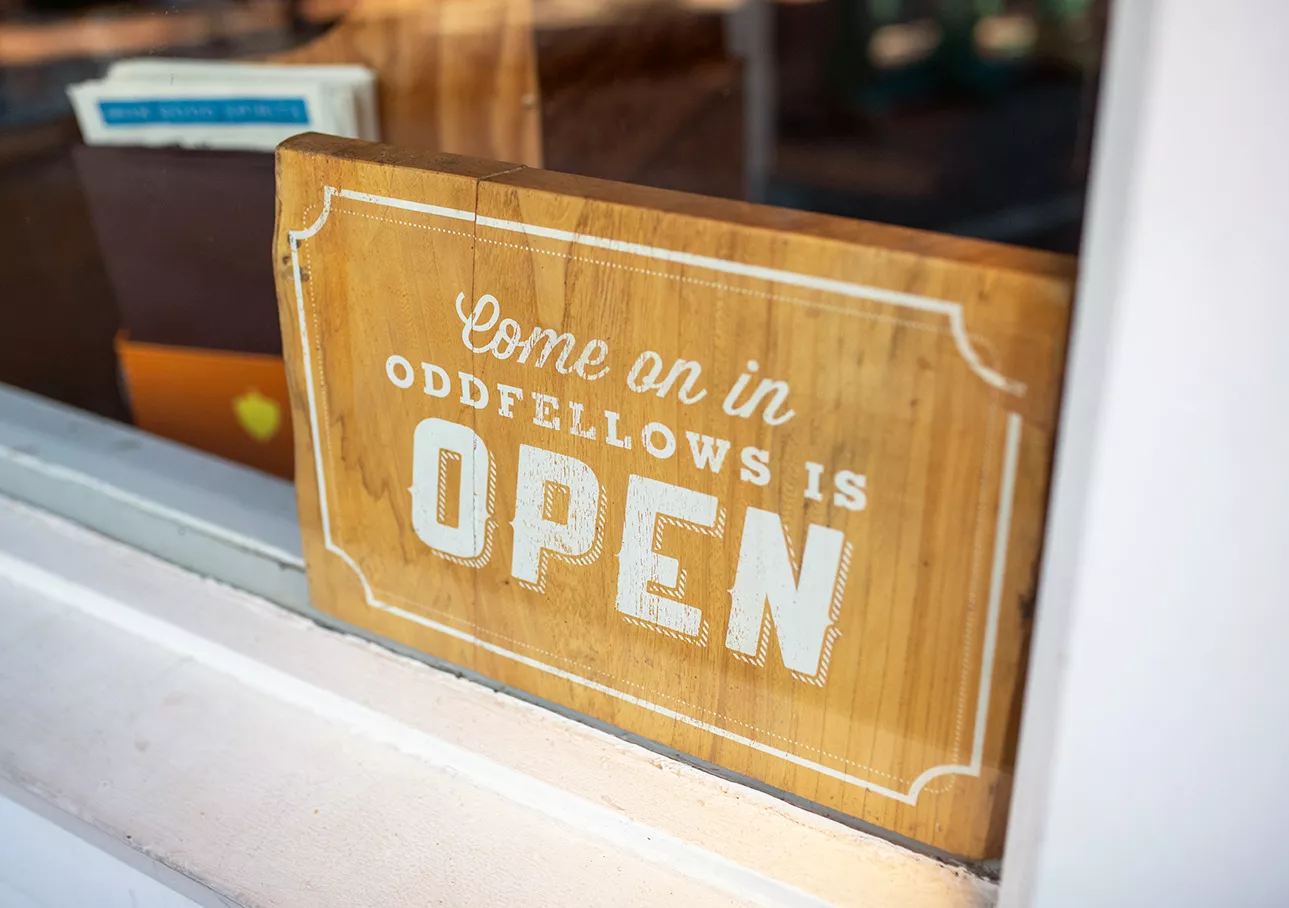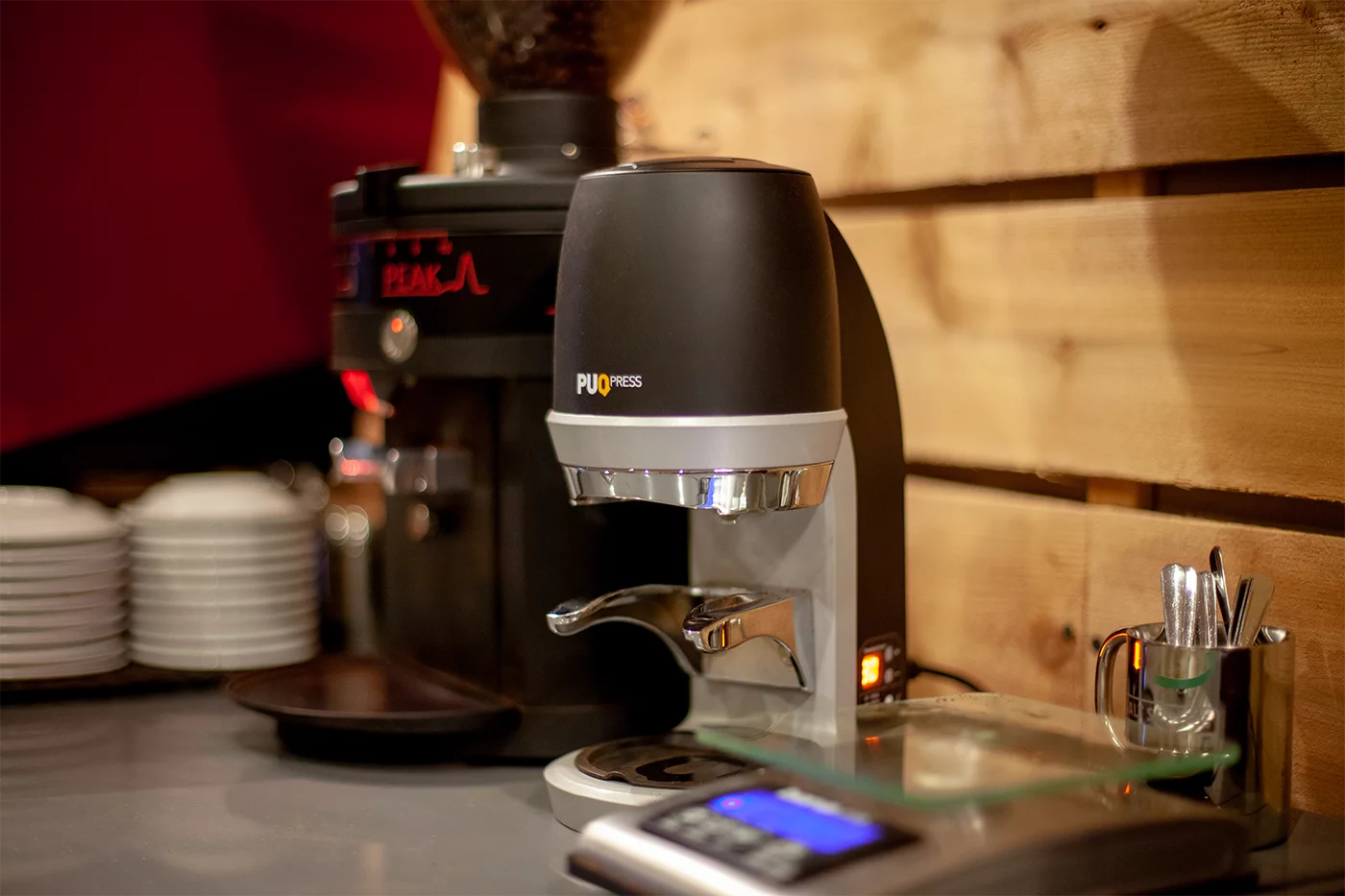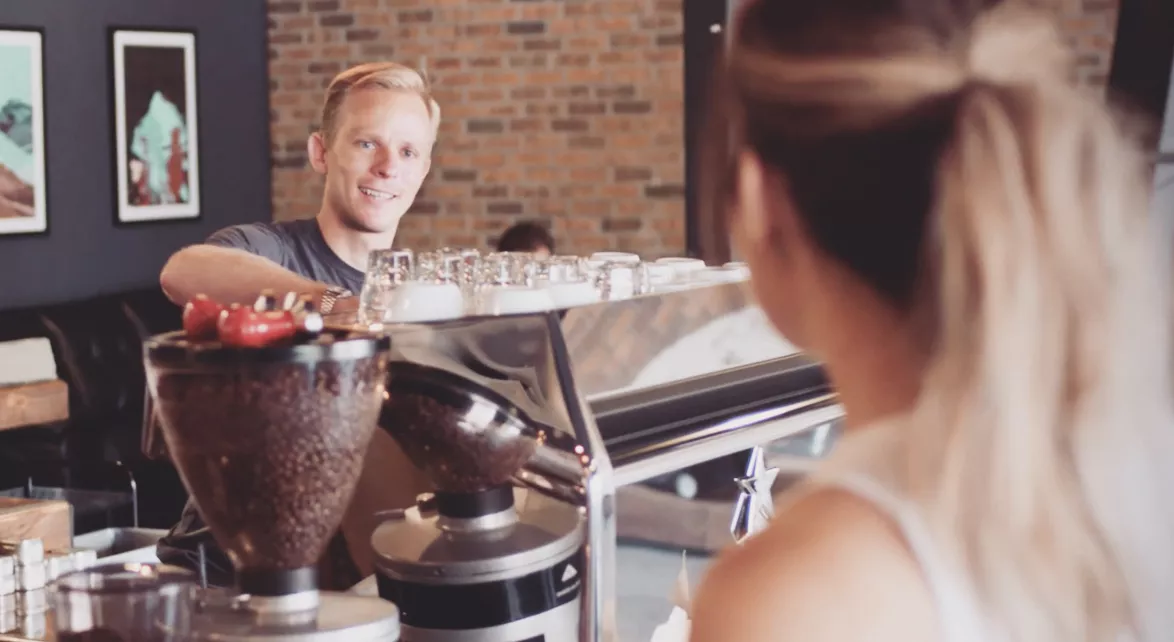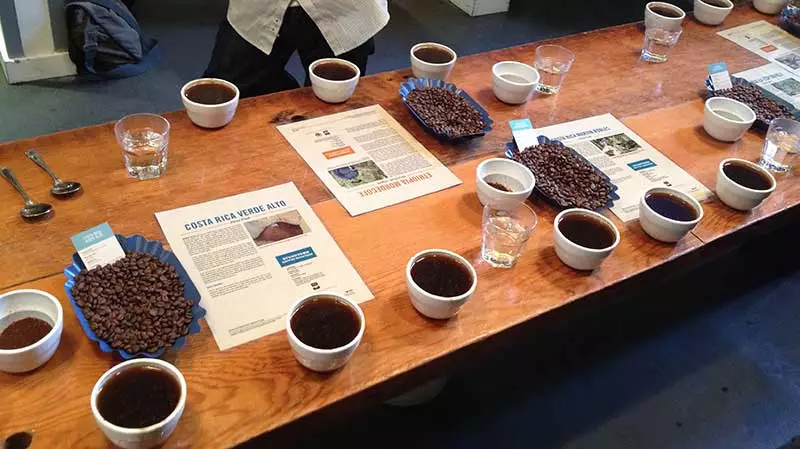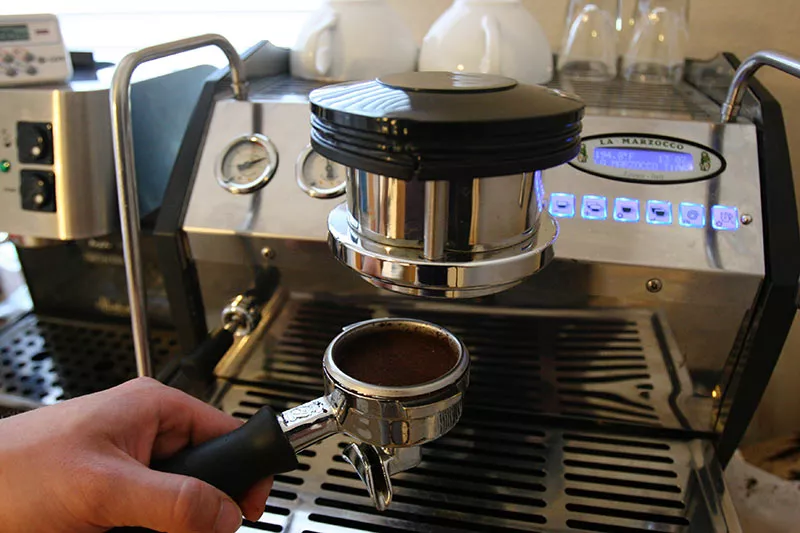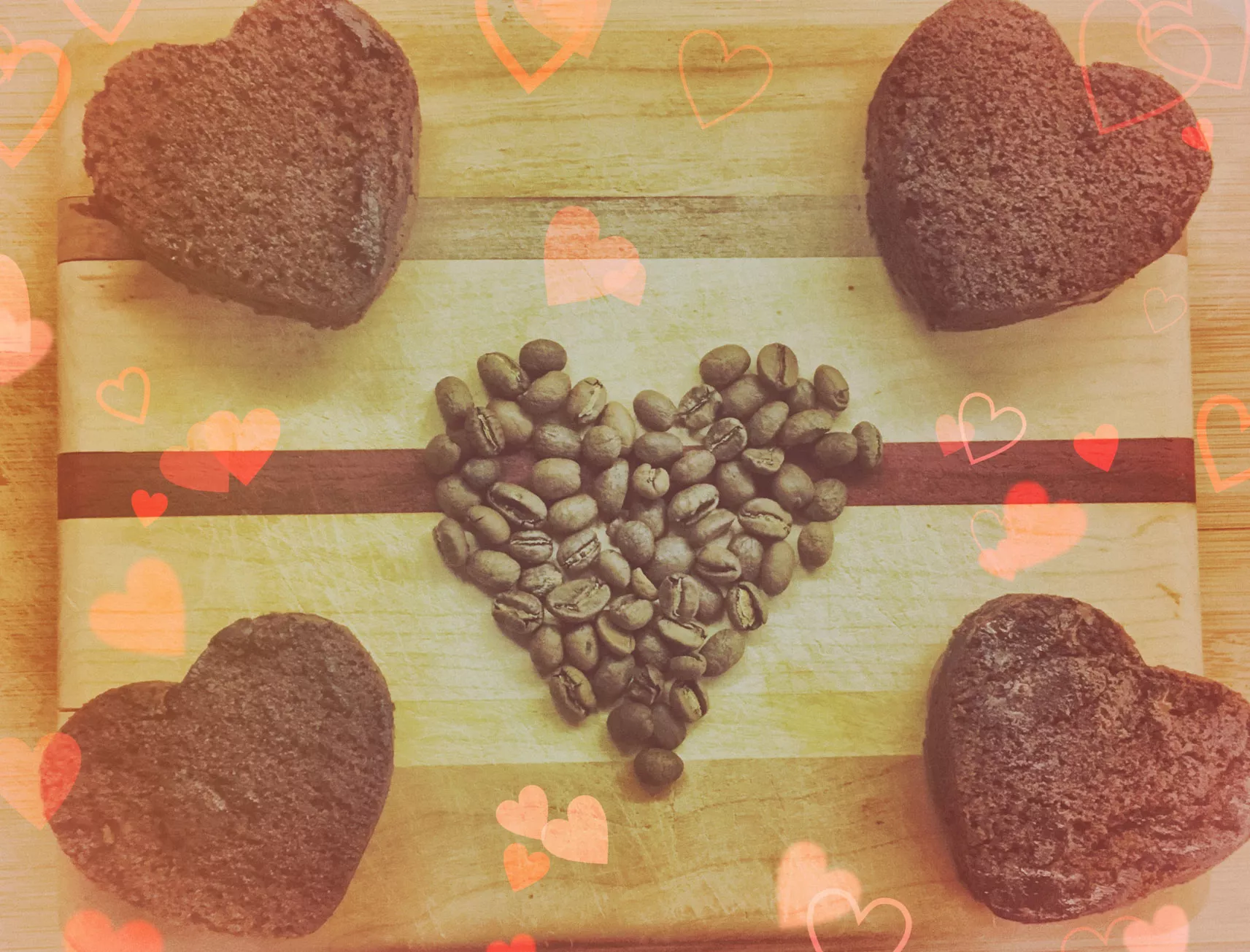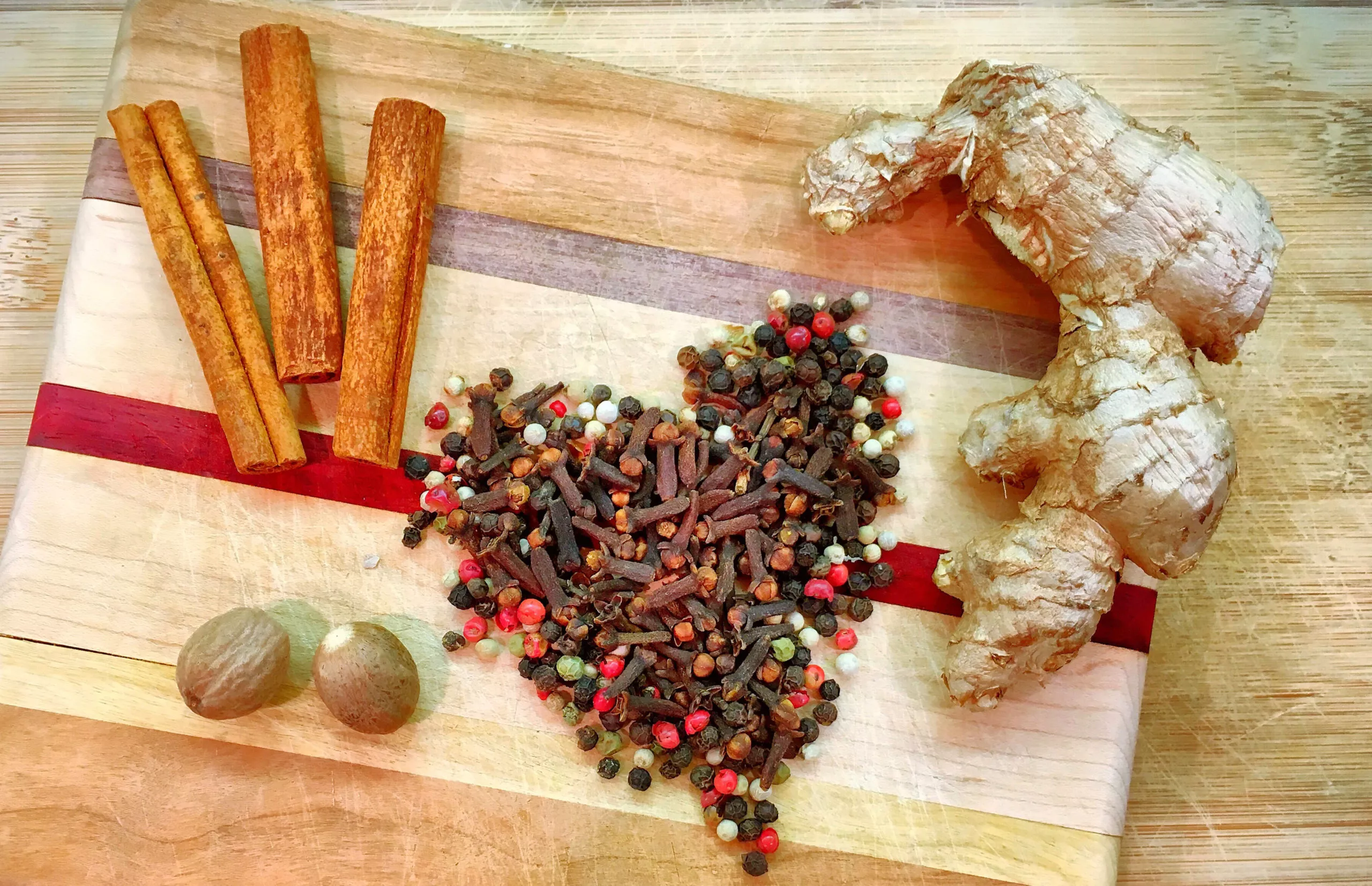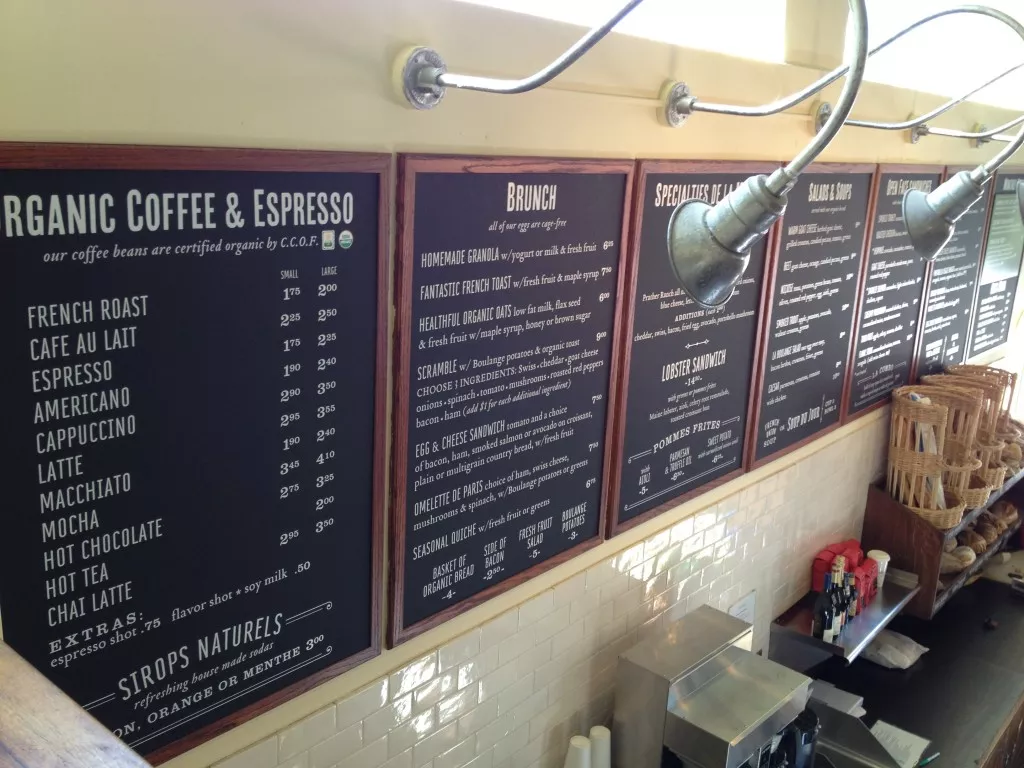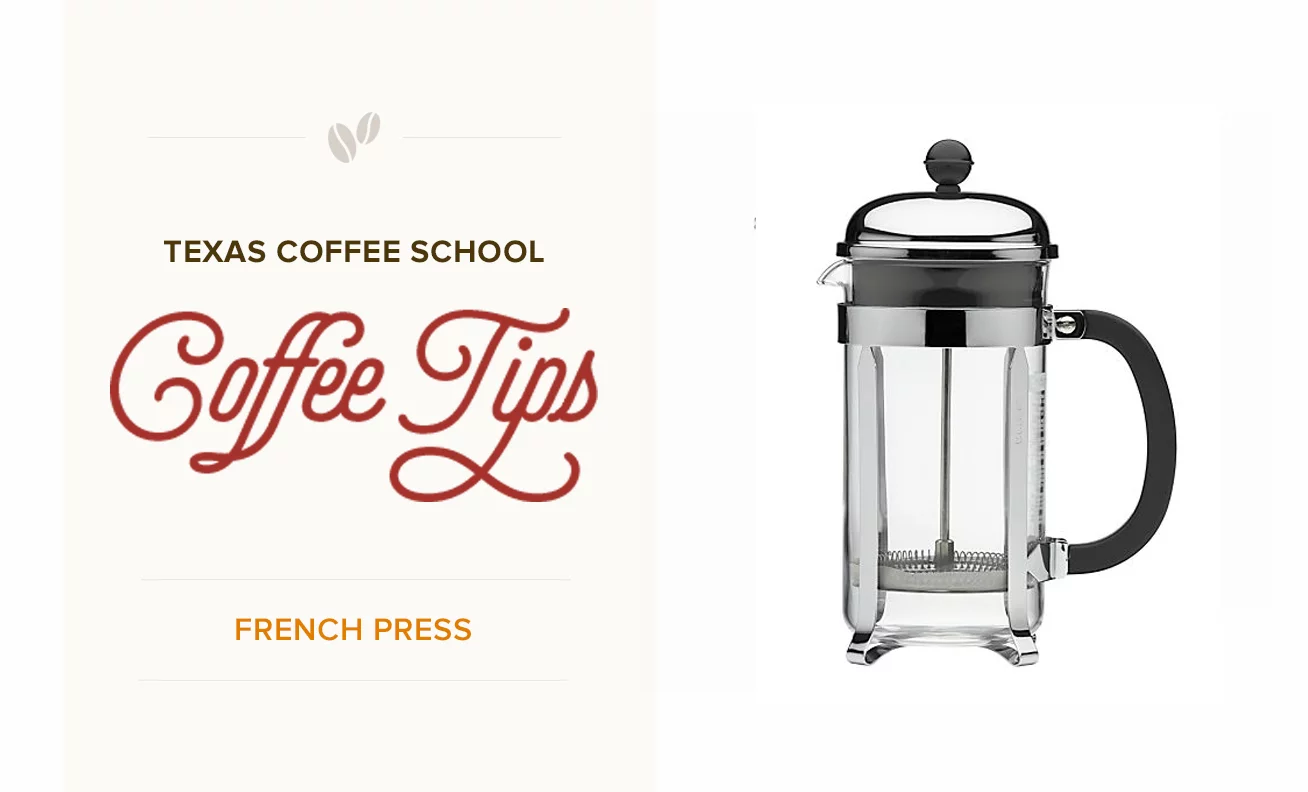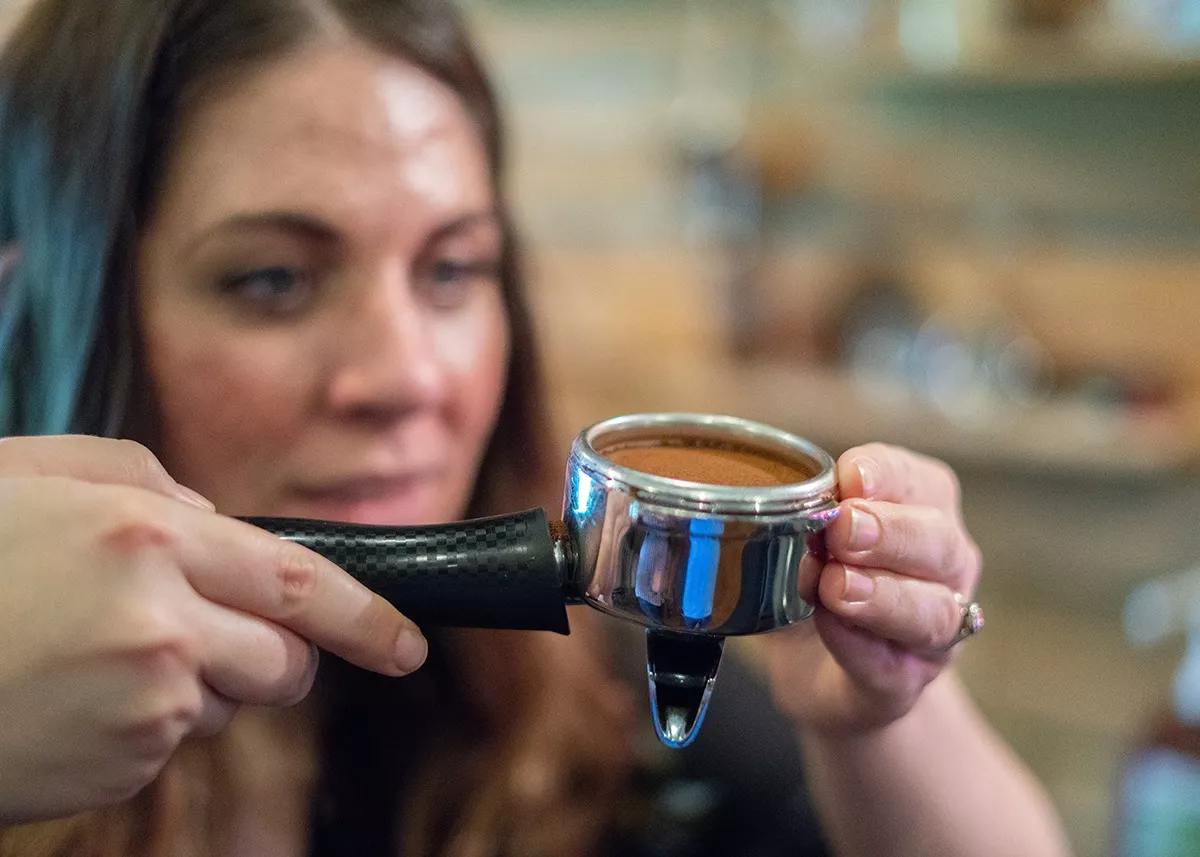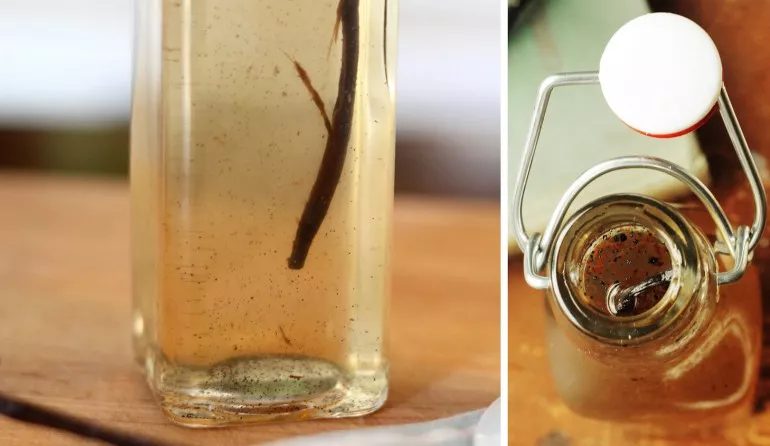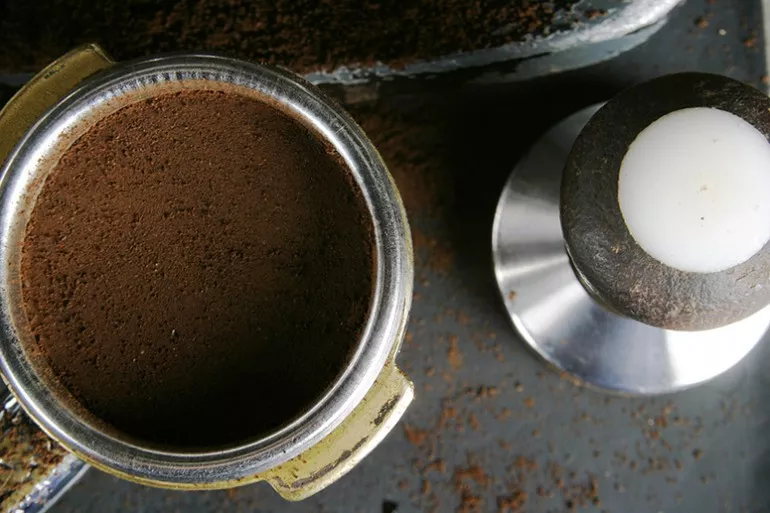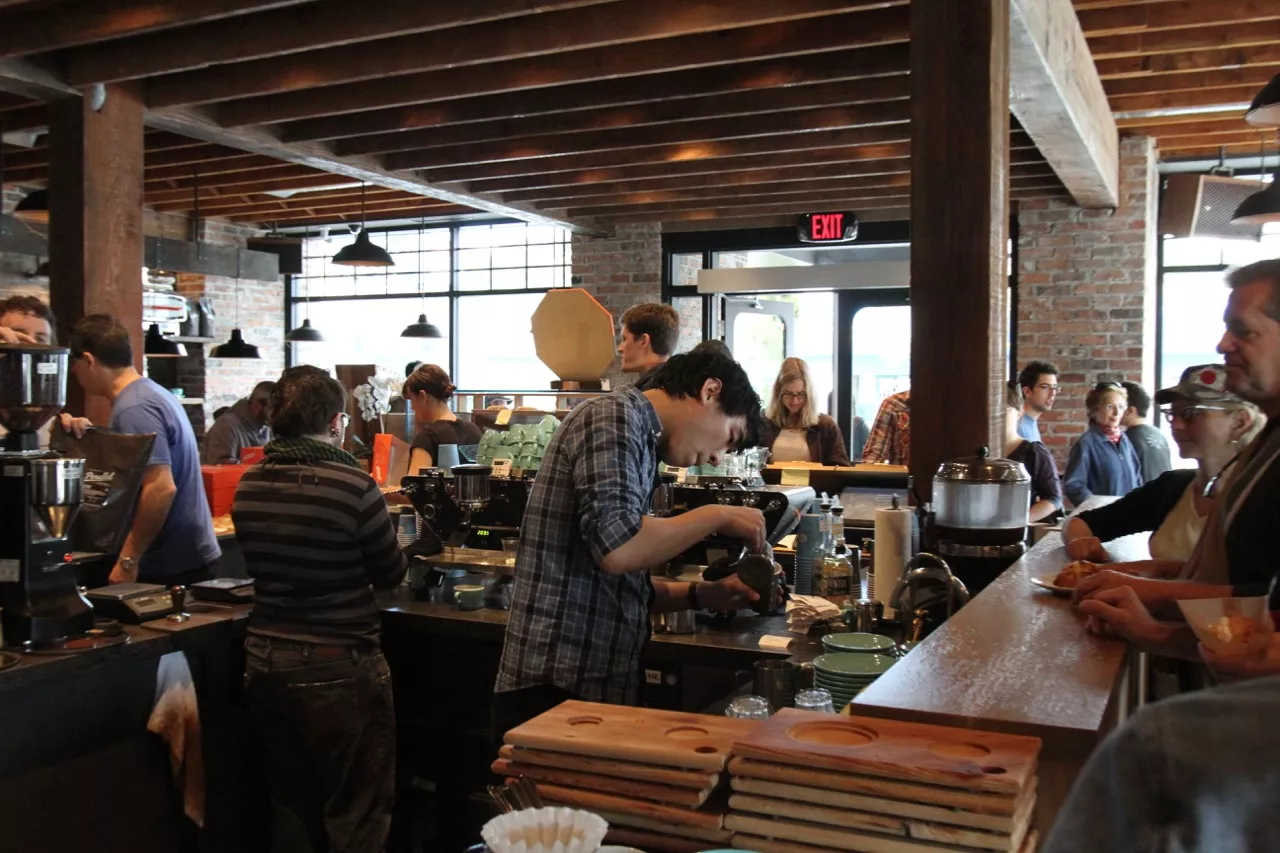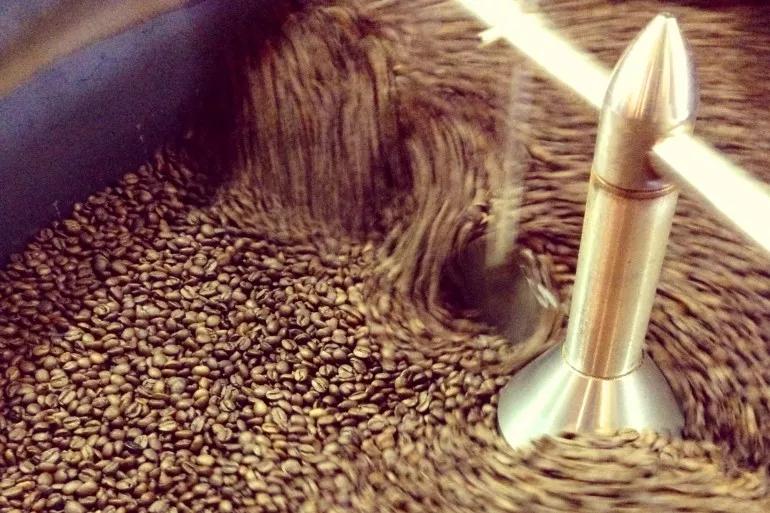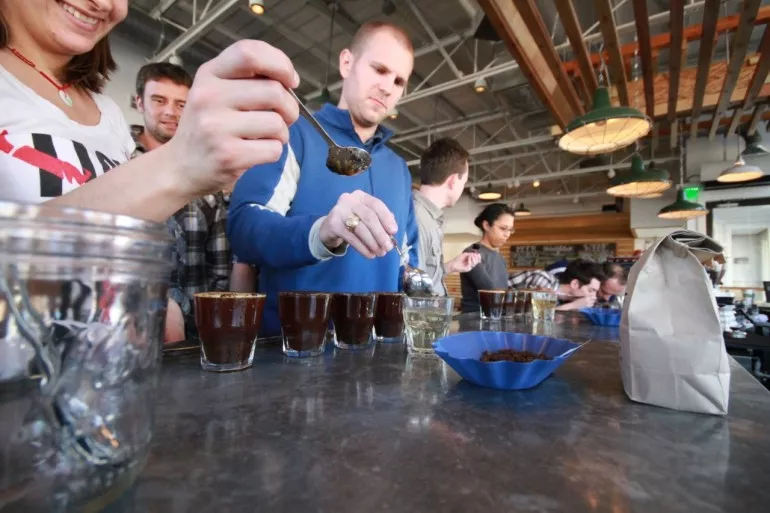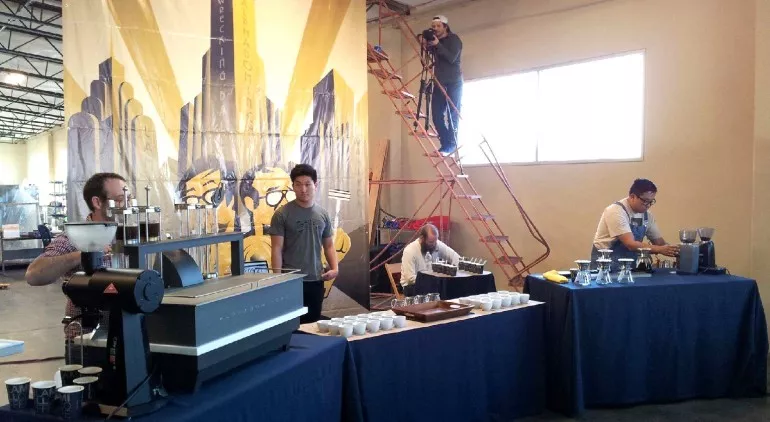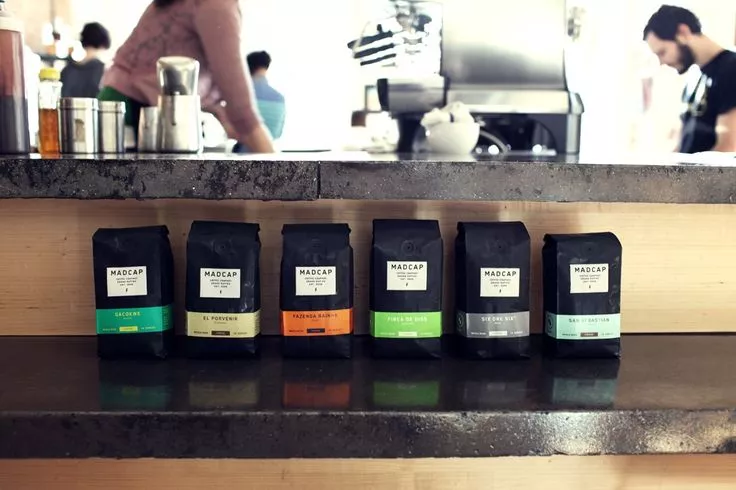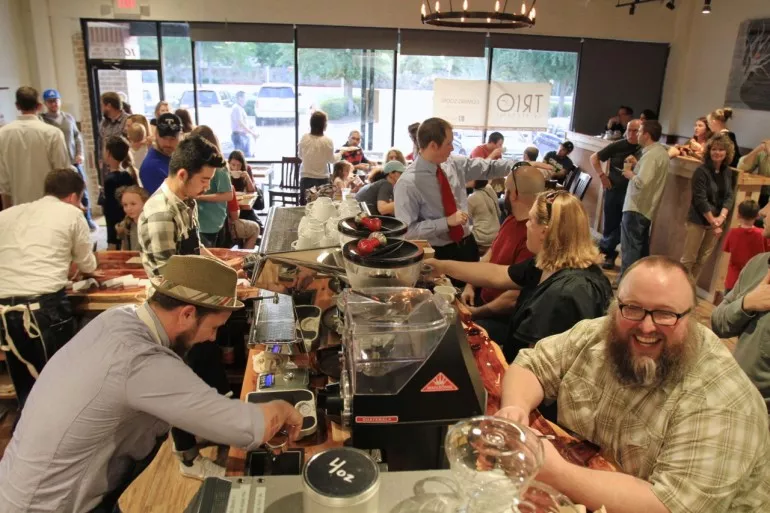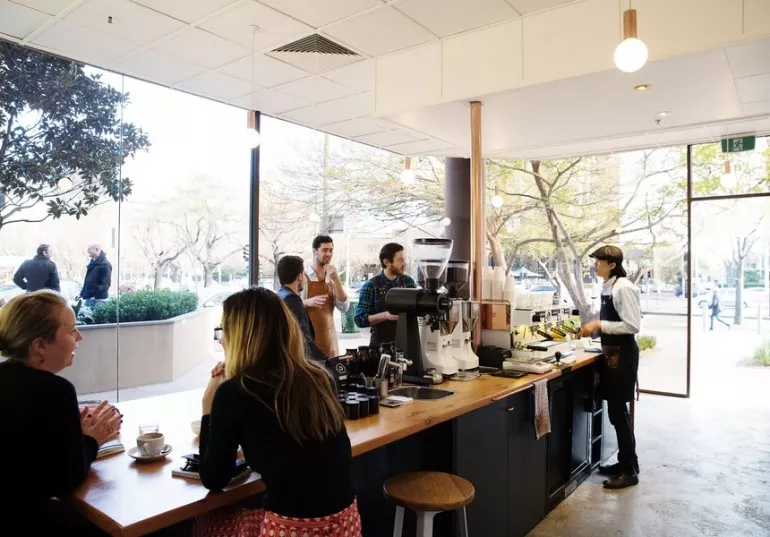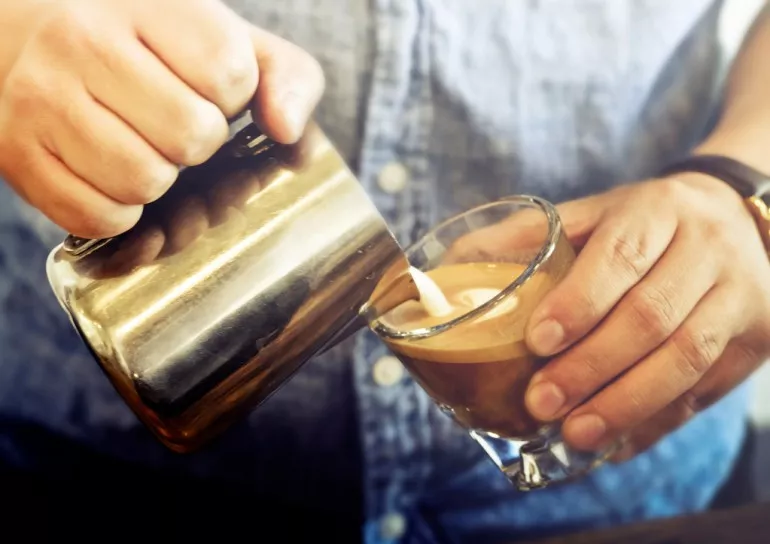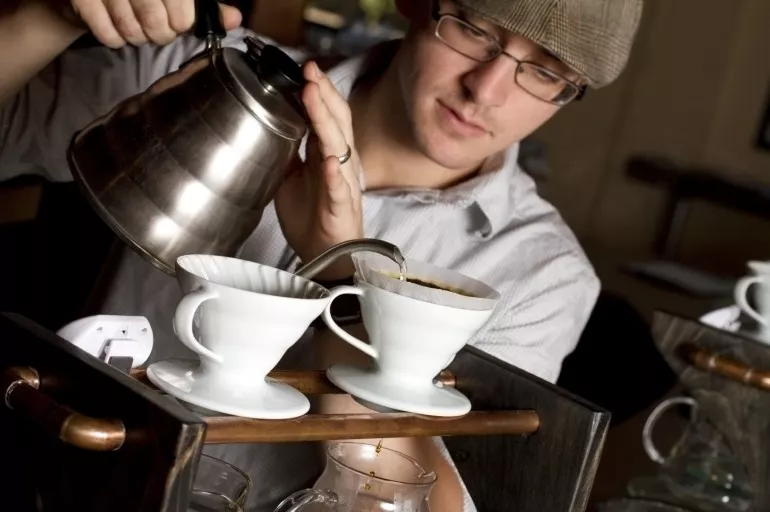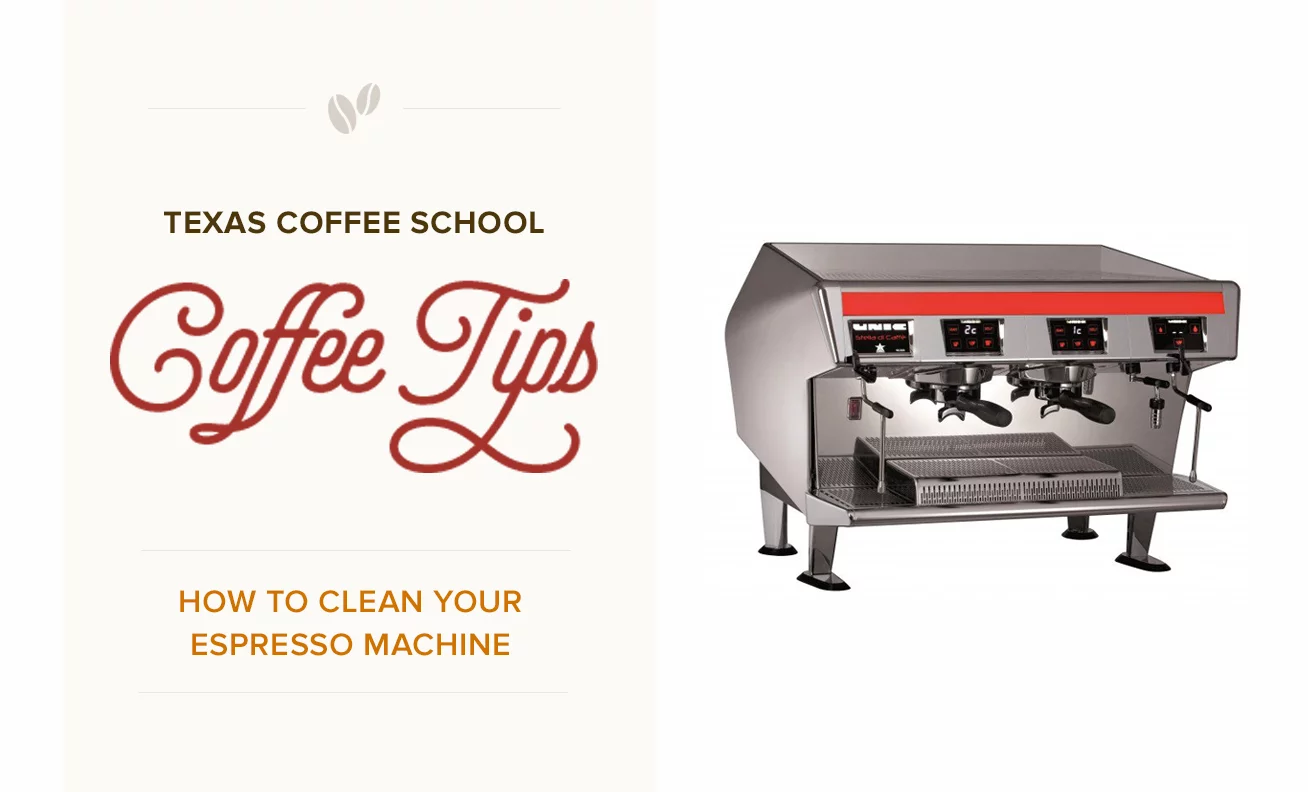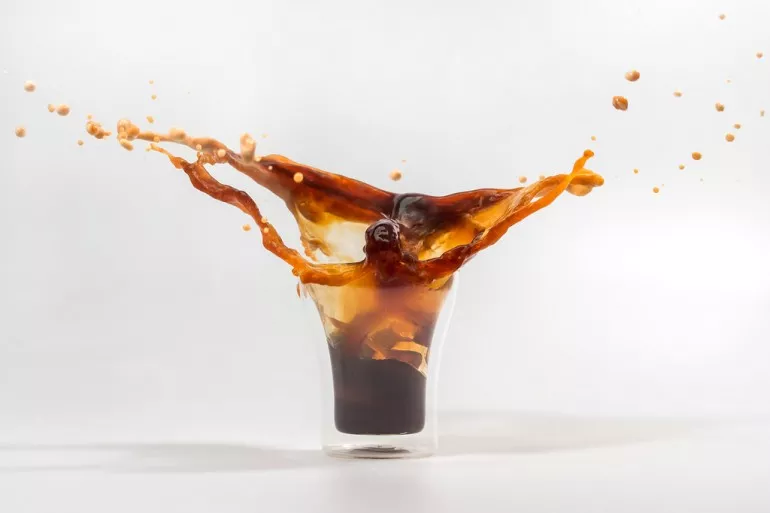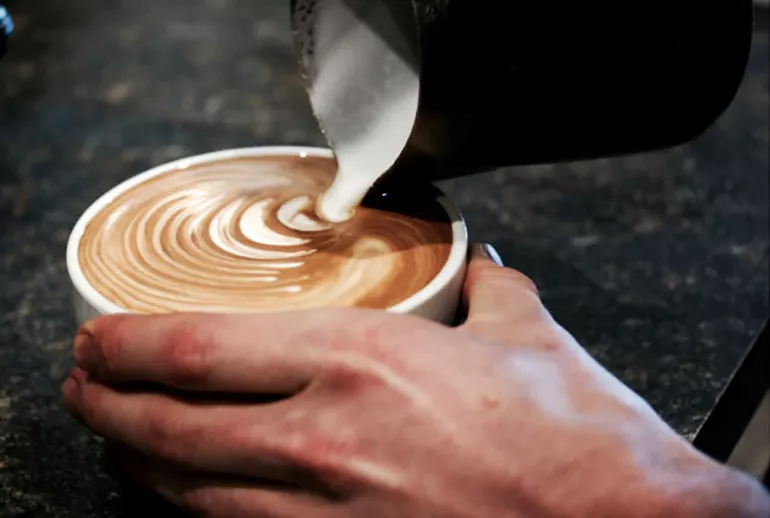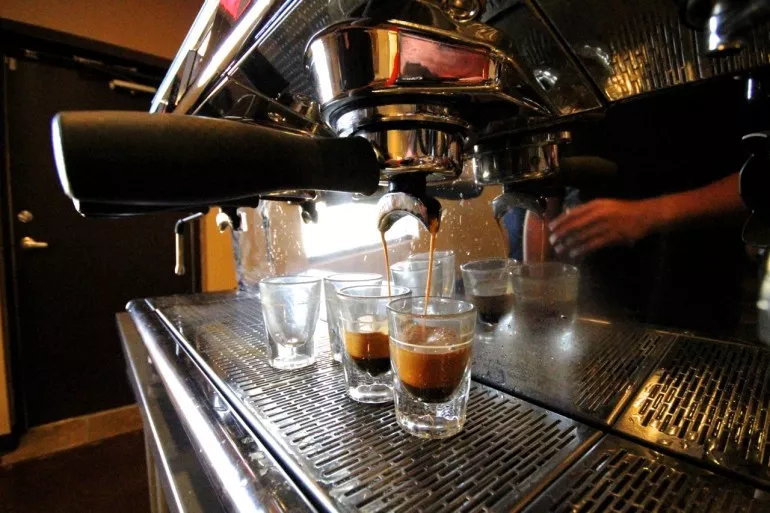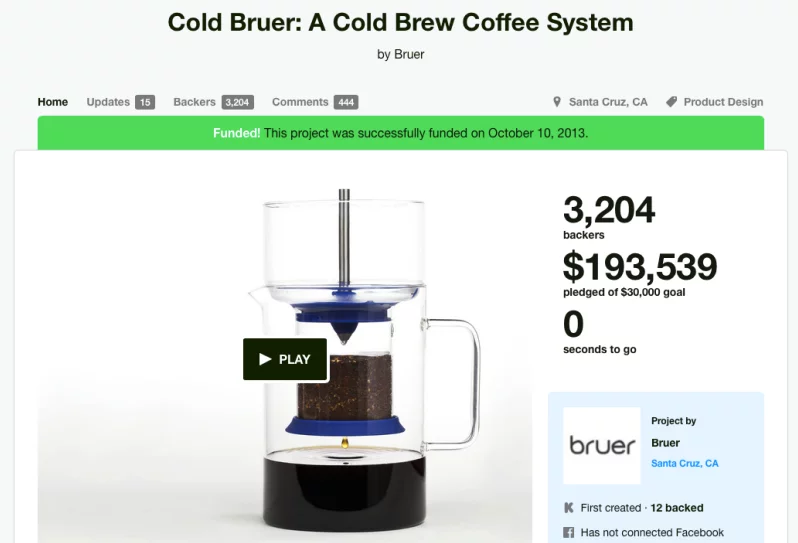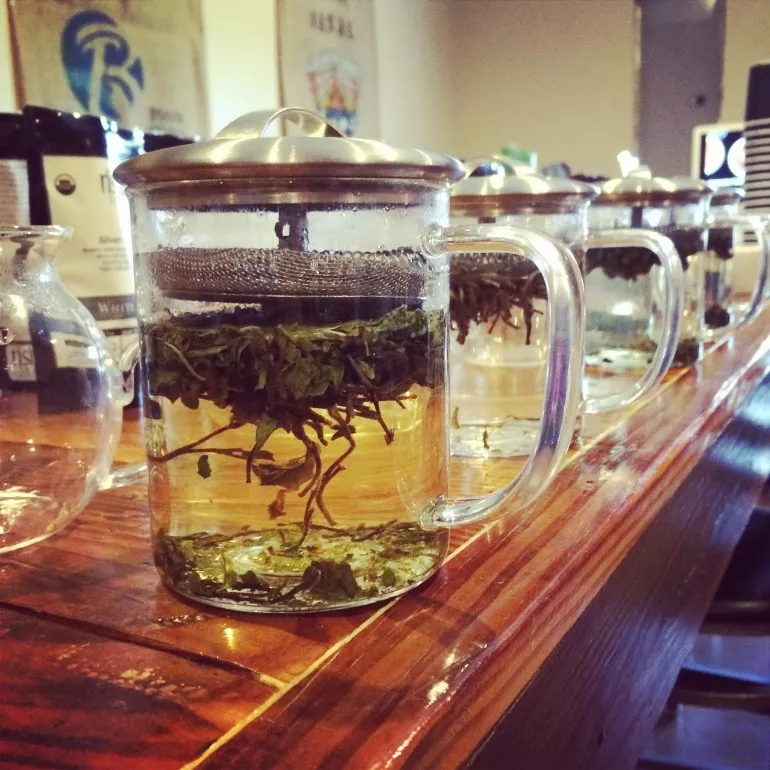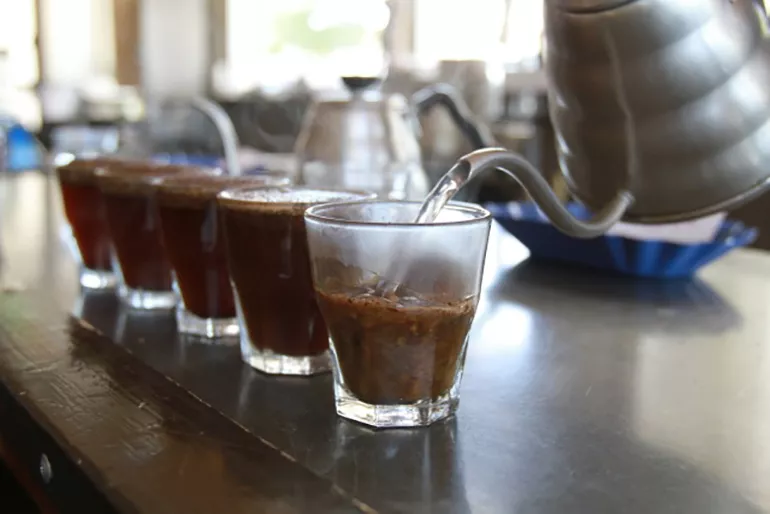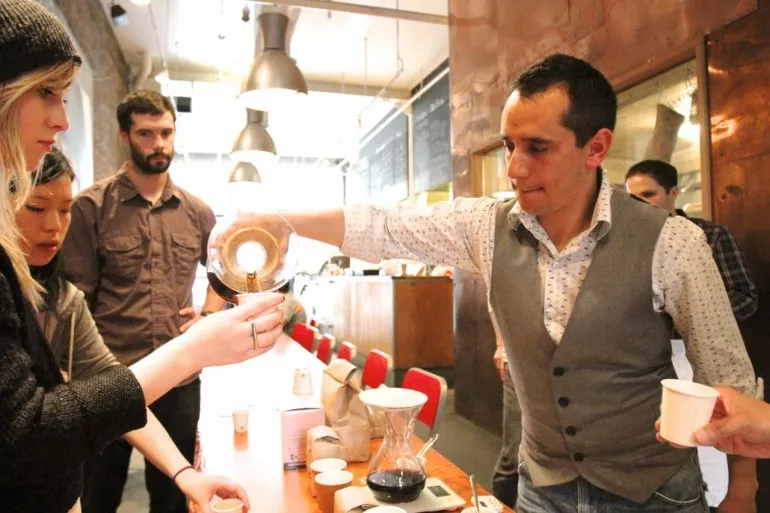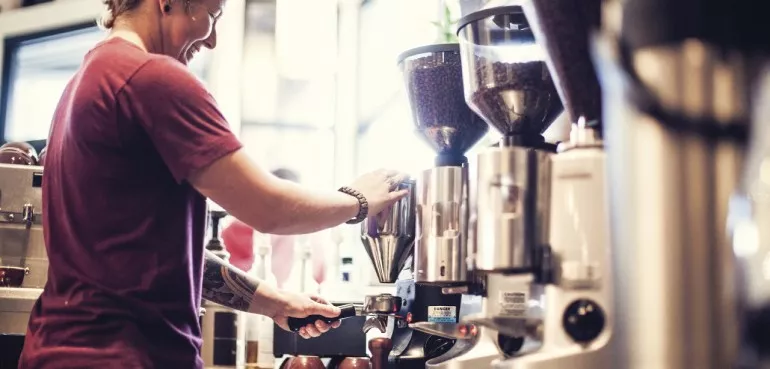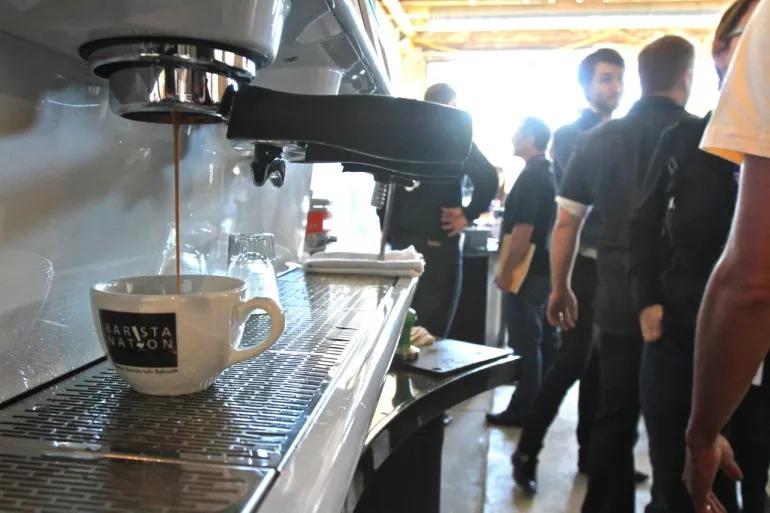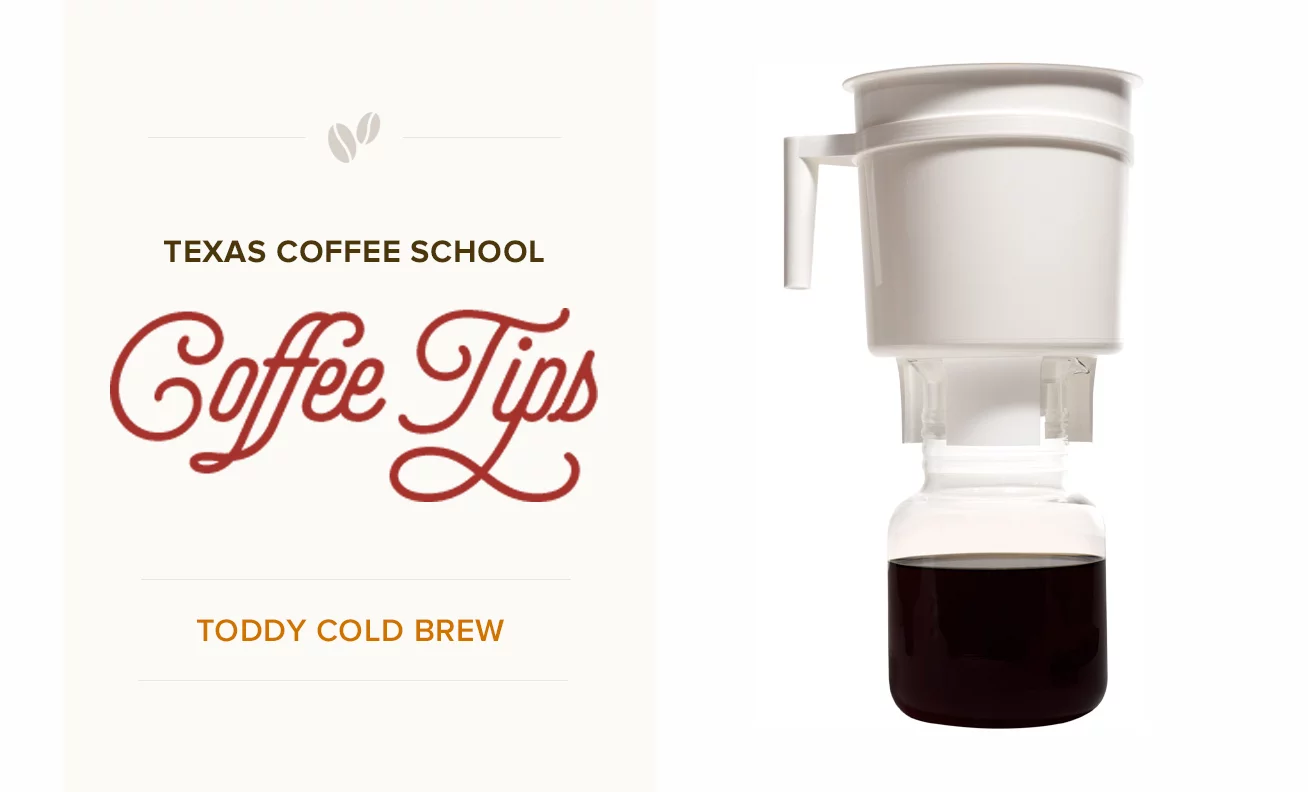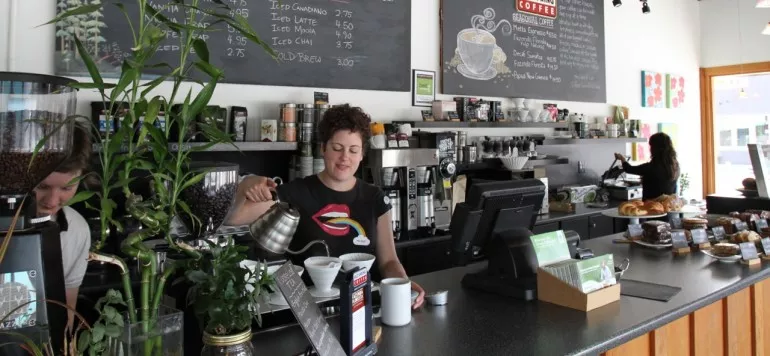It’s not secret that specialty coffee is in high demand these days. From Seattle to Miami, and Boston to Los Angeles, most major cities and many suburbs have a great local coffee shop serving up the best specialty coffees of the season. Getting a fantastic cup of coffee or a perfectly pulled shot of espresso in cities across America is becoming more common if you know where to look. As more and more consumers become more engaged with great coffee, many of them are starting to make (or attempt to make) great coffee in their own homes.
Preparing great coffee and espresso beverages at home can be a fun and rewarding hobby, however, without knowing what you are getting yourself into it can easily turn disappointing. To “tear this Band-Aid off quickly” here at the beginning: making your coffee at home taste like the coffee at your favorite coffee shop may cost a little more than you expect to get started. With the convenience of having great coffee at home and the money you will save when compared to buying coffee at a café, your investment will easily pay for itself in the long run, but let’s examine just why it’s worth spending a little extra money on your new hobby.
This may seem counter-intuitive at first but is true: your main investment when preparing great brewed coffee or espresso at home needs to be your grinder. The most common mistake a beginner home barista will make is to spend the majority of their budget on an espresso machine or fancy coffee brewer, leaving the grinder as an afterthought. Huge mistake. The quality of your brewed coffee is greatly influenced by the quality and uniformity of your grind. So much so, that one can usually offset a less expensive espresso machine or brewer with an exceptional coffee grinder, but not the other way around. To understand why, let’s identify the different types of home coffee grinders that are commonly available and discuss their features.
Coffee Class: There are two basic types of grinders available – Blade-grinders, and Burr-grinders.
Blade grinders can be found at just about any grocery store for under $25. They have a blade mounted on a motor, which spins inside of a chamber that may be filled with coffee (they are nearly identical to tiny blenders). The problem with these grinders is that they grind far too wide of a variety of particle sizes. The ground coffee will end up being a mix of fine particles and a wide variety of other sizes all the way up to large chunks of coffee bean. The tiny particles will quickly over extract, turning bitter and astringent tasting in the cup and the large chunks will barely extract any of their flavor at all. If you had the most expensive commercial espresso machine on the market, you could still never make a decent shot of espresso using one of these grinders.
The moral of the story: Stay away from blade grinders; period.
So now we are left with burr grinders. Burr grinders too, can be found relatively cheap and pretty much anywhere (starting around $40). Again, to be frank: you don’t want this grinder either. These cheap burr grinders are bad for a few reasons.
First of all, they tend to have small, poorly constructed burrs. They will perform far better than blade grinders but the size of the ground coffee particles will still lack uniformity and the burrs will tend to wear out quickly. These grinders are often constructed of cheap plastic parts that easily break. They commonly have weak but loud motors that take relatively long periods of time to grind the coffee. This makes the burrs get hot and impart too much heat to the ground coffee, damaging the flavor.
Before reading further, please note, we do not sell coffee grinders or coffee equipment, and it is not our intention to write a puff-piece for a specific brand of grinder. We’ve just found that a specific brand really stood out from the pack. If you are interested in buying any of the grinders discussed below, we suggest buying from your local independently owned coffee shop, or coffee roaster.
Now that we’ve established that, one of the best entry level burr grinders we’ve been able to find on the market is the Baratza Encore (pictured above). At just over $100 dollars it’s quite affordable for it’s level of performance and construction. The Encore features high-quality conical burrs and a pulse-grind button that allows you to easily grind on demand. This grinder has 40 individual grind settings from fine to coarse and can accommodate a variety or brew methods. It grinds into a durable plastic, static-free bin, which can be replaced with a porta-filter holder for espresso preparation. While this grinder is capable of grinding fine enough for espresso, if espresso preparation is something you are seriously interested in, it’d be advisable to consider a few other grinder options.
Most grinders, in fact, are designed to grind for either espresso or brewed coffee. Due to the short brewing time of espresso it requires a significantly finer grind than is needed for other brewing methods such as filter coffee or French press. Most grinders on the market advertise they can give you enough flexibility in all ranges of grinding, which is true to a degree, but when you get into the espresso (fine) range, you tend to not have the level of fine-tune-ability needed to accurately control shot-timing. (For making this easier to understand, you typically only have 1-2 espresso settings on a coffee grinder, when you really need like 10-20 to fine-tune the fine particle size for proper extraction.) Most coffee grinders, including professional coffee grinders, tend to only do one of two jobs well (espresso or everything else). This is where Baratza grinders really stand out in the pack. Baratza makes a variety of grinders that are well suited for someone wishing to prepare both espresso and drip coffee at home without buying two separate grinders. This is quite convenient when budget and counter space are a factor (which they almost always are).
The Baratza Virtuoso is one such grinder. The Baratza Virtuoso is a conical burr grinder that retails around $200. It can provide a consistent quality grind results from fine (espresso) side of the spectrum all the way to coarse (French press) end of the spectrum. It has an easily adjustable, stepped-collar around the neck, allowing for easy replication of grind setting and can be ground with the touch of a button or with a timer. The grinds are dispensed into a durable plastic, static-free container like the Encore, which can be changed out for a portafilter holder for espresso preparation.
At first glance, the Baratza Preciso, retailing just under $300 dollars, may look just like the Virtuoso, however, there is an important difference. There are two, stepped-adjustable toggles on the collar, a macro-adjustment and a micro-adjustment. The macro-adjustment makes large changes in the grind particle size (i.e. going from espresso to drip filter) while the micro-adjustment allows for 11 different settings within each of the macro-settings. This grinder comes equipped with the portafilter holder for espresso as a standard feature
The Baratza Vario is a home coffee grinder that rivals the grind quality of a professional grinder. It retails just below $450 and offers a range of 230 easily repeatable grind settings within it’s wide range of macro and micro settings which are easily adjustment by stepped toggles on either side of the grinder. The Vario’s stock ceramic flat-burrs are fast and accurate and stay sharp for twice as long as even the finest steel burrs. The grinder also boasts a timed-grinding function that can be set to any time you’d like via it’s digital display.
For an extra hundred dollars you can get the Baratza Vario-W, which takes the Vario one step further (these grinders can even be found in fine specialty coffee businesses around the world). This grinder, like the Vario, can be set to grind a pre-programmed amount, however, instead of grinding based on time, it grinds based on weight, via a built in scale on the base. The weight based grinding provides an incredibly accurate (to within 0.1g) and repeatable dose and can be used with the grinds bin. The Vario and Vario-W both come stock with ceramic burrs, which transfer less heat to the coffee, are quieter and stay sharp twice as long as steel burrs. If you are not interested in home espresso, it is advisable to purchase this the Vario or Vario-W grinder with the optional steel burrs installed, because they tend to perform better with all other non espresso brewing methods.
These obviously aren’t the only home grinder options on the market but we can truly say that for our money we have never found any home grinders of better quality at a better value than Baratza. If the experience of a high-end cafe at home is truly what you seek, don’t let yourself be disappointed with an inferior product that is never going to meet your expectations. If you want to take your home coffee brewing to an even higher level, consider taking a coffee class on quality coffee brewing at Texas Coffee School. In this coffee class we address the six essential elements to quality oriented coffee brewing, like coffee-to-water ratio, grind particle size, proper operation of brewing equipment, an optimum brewing method, water quality, and an appropriate filtering medium. In this coffee class you will also get hand-on training with most of the popular hand-crafted home coffee brewing devices available on the market today. A coffee class is the fastest and easies way to take your coffee from good to great.
